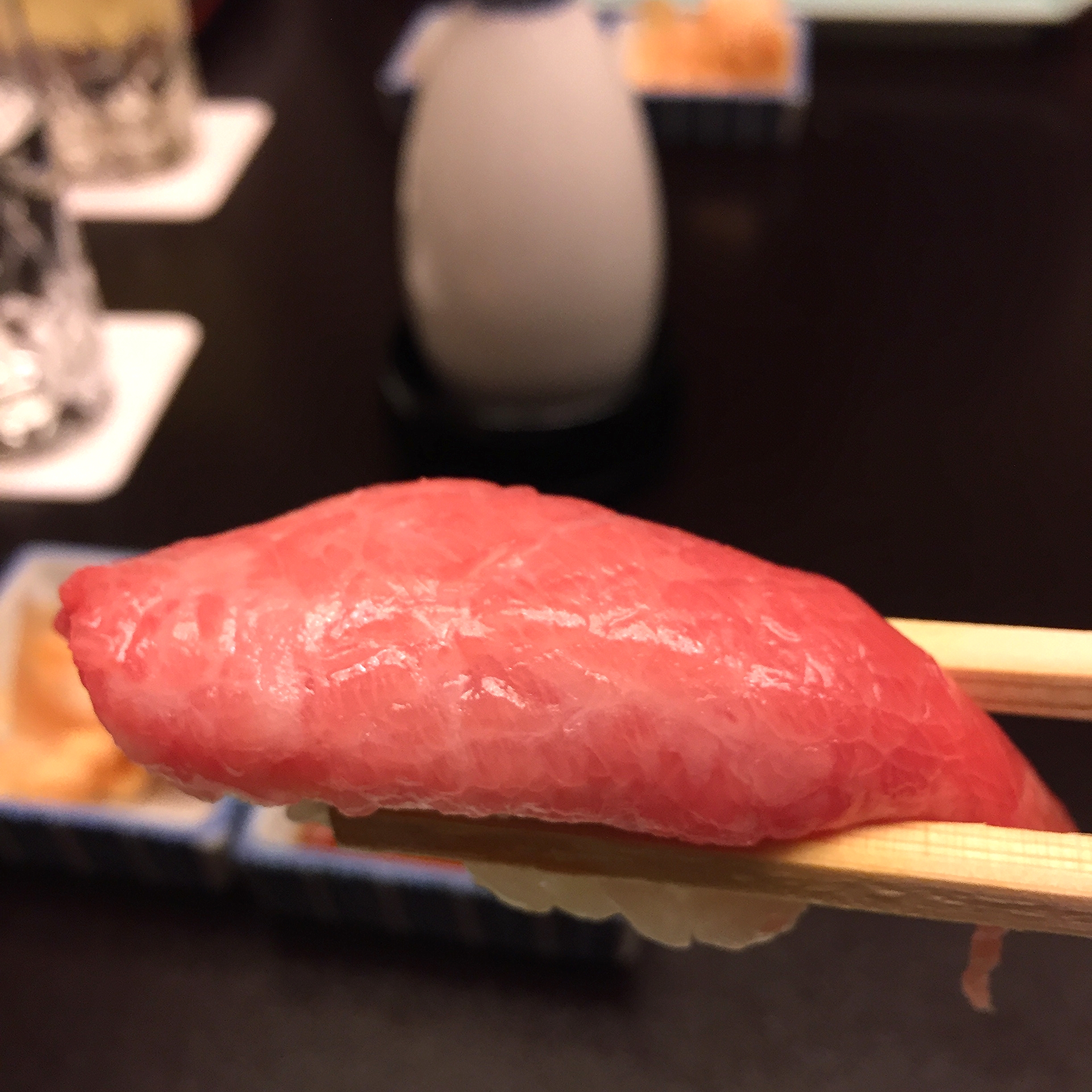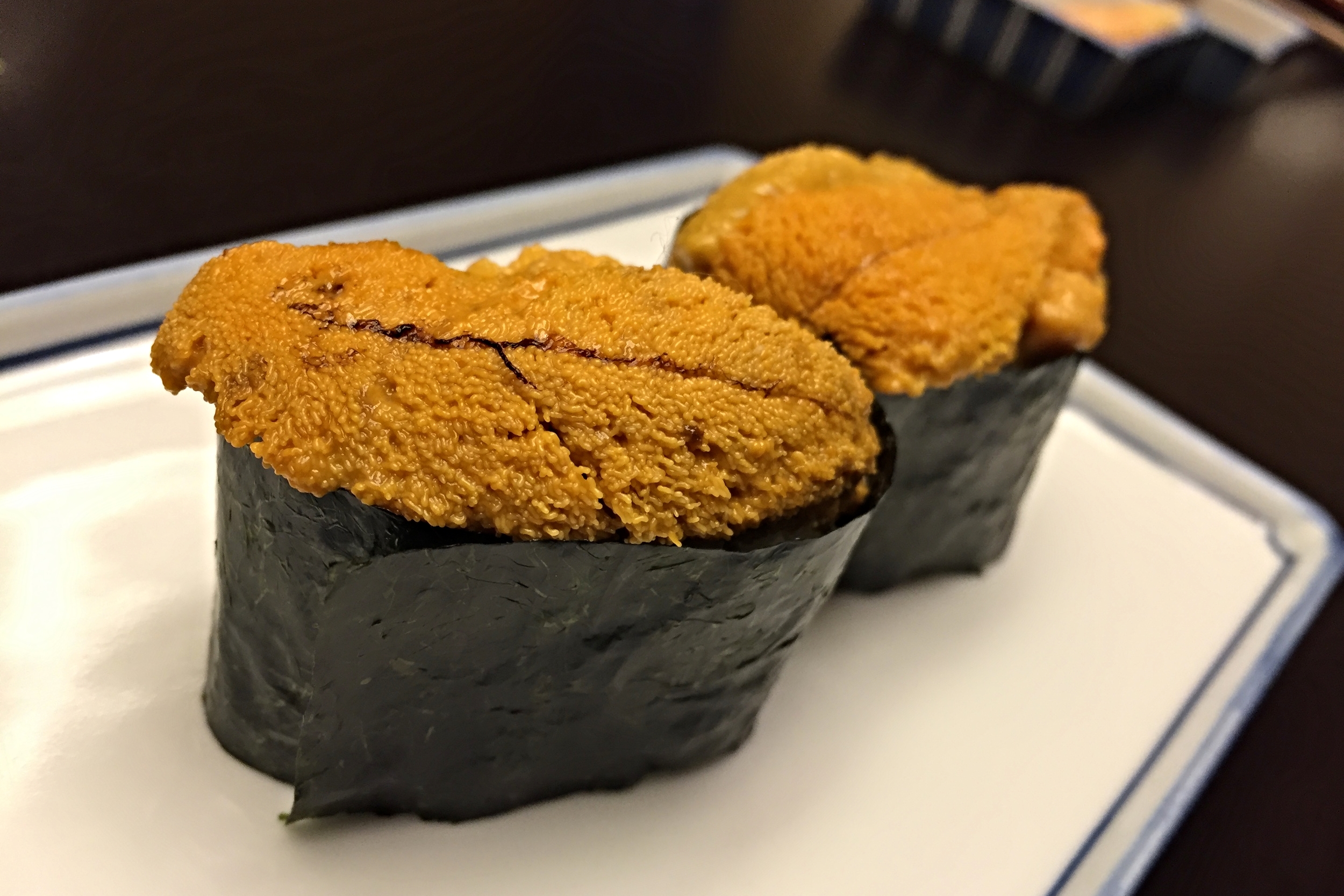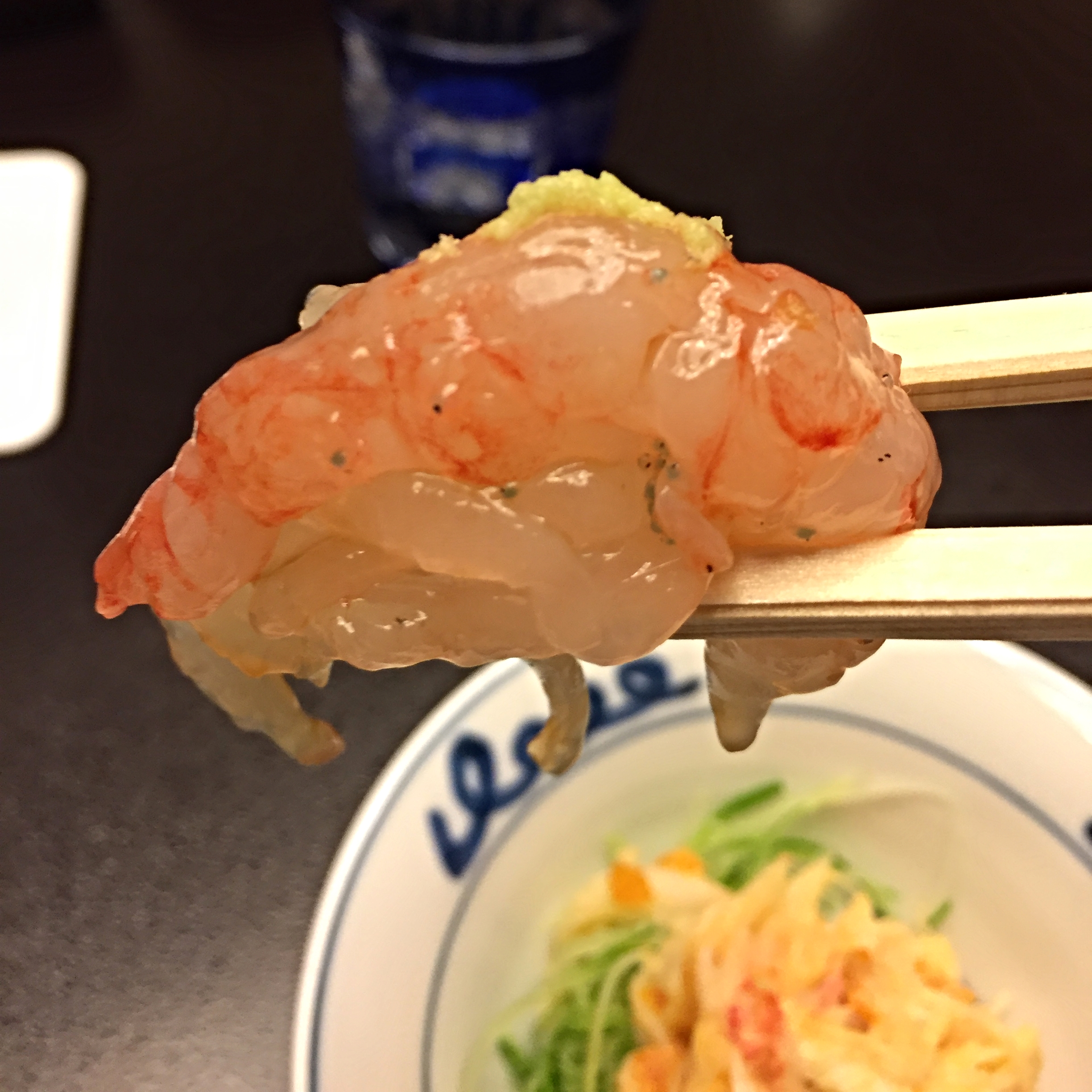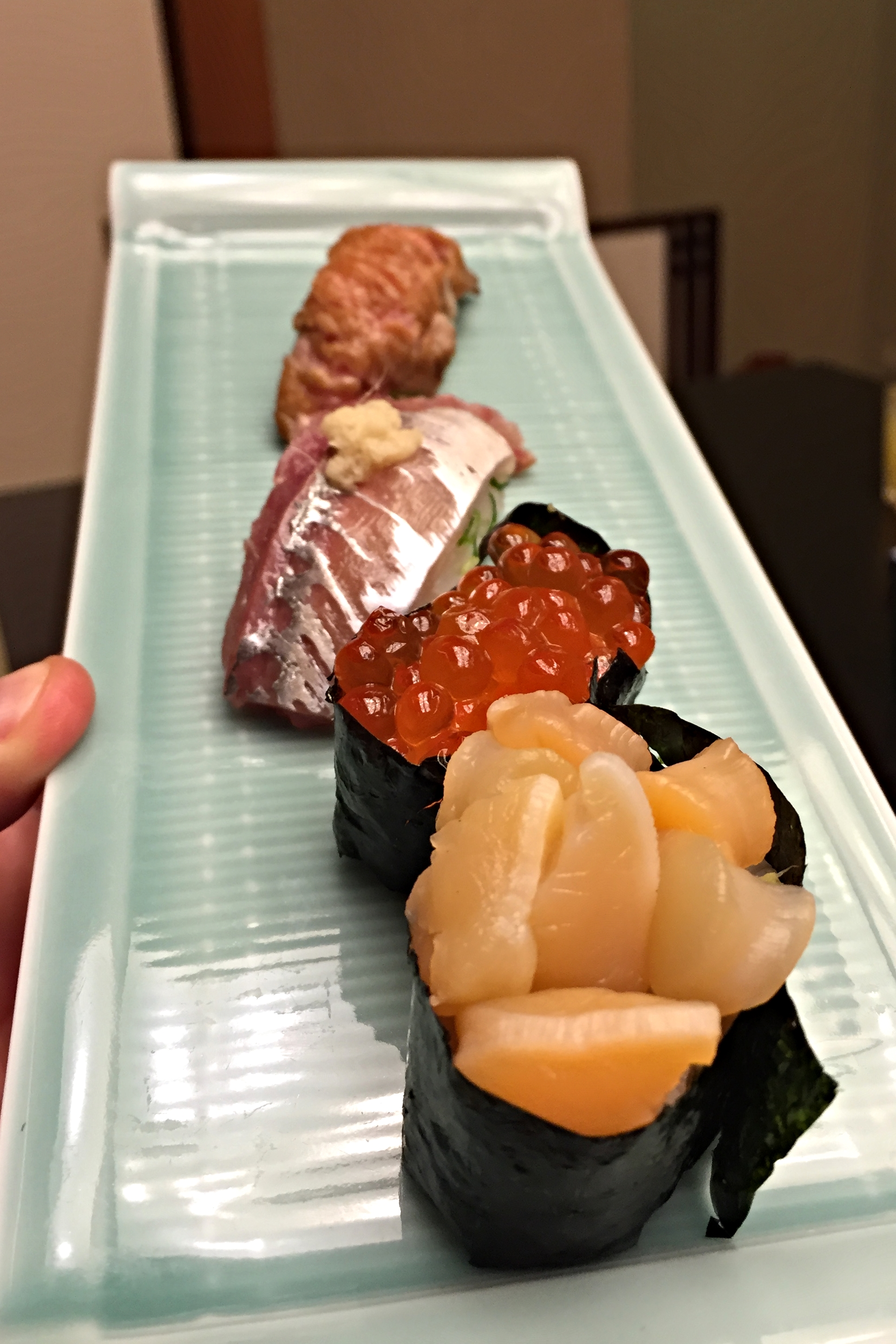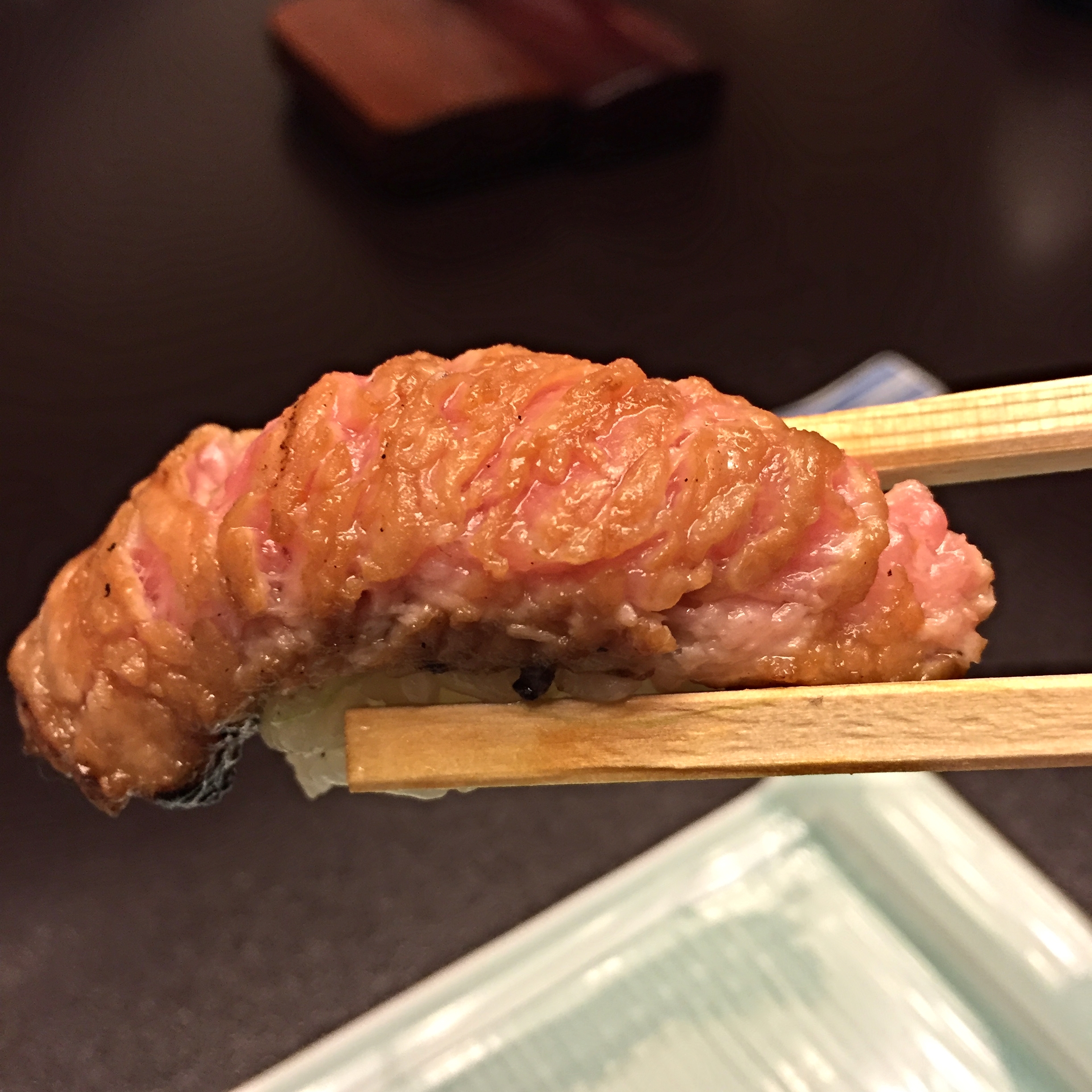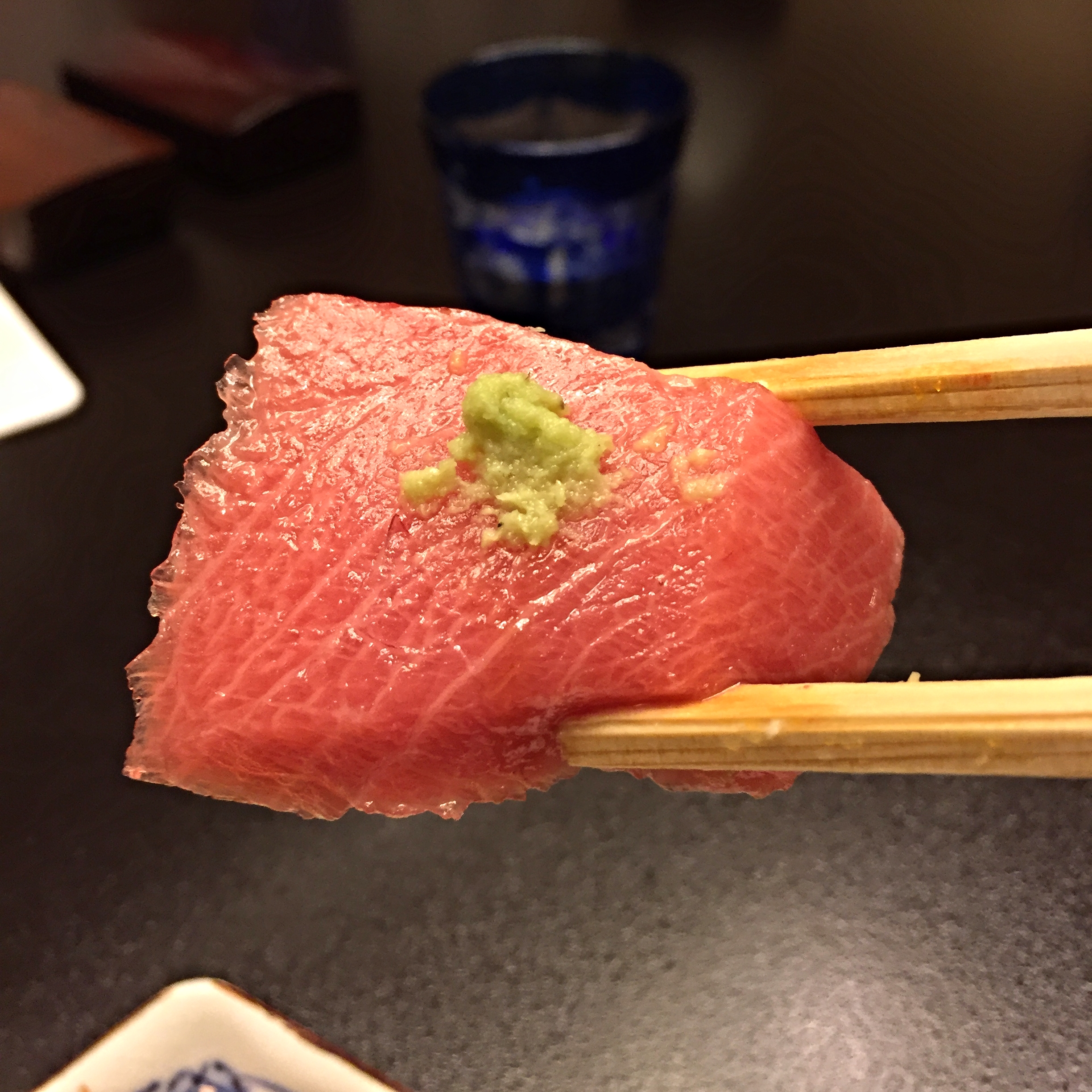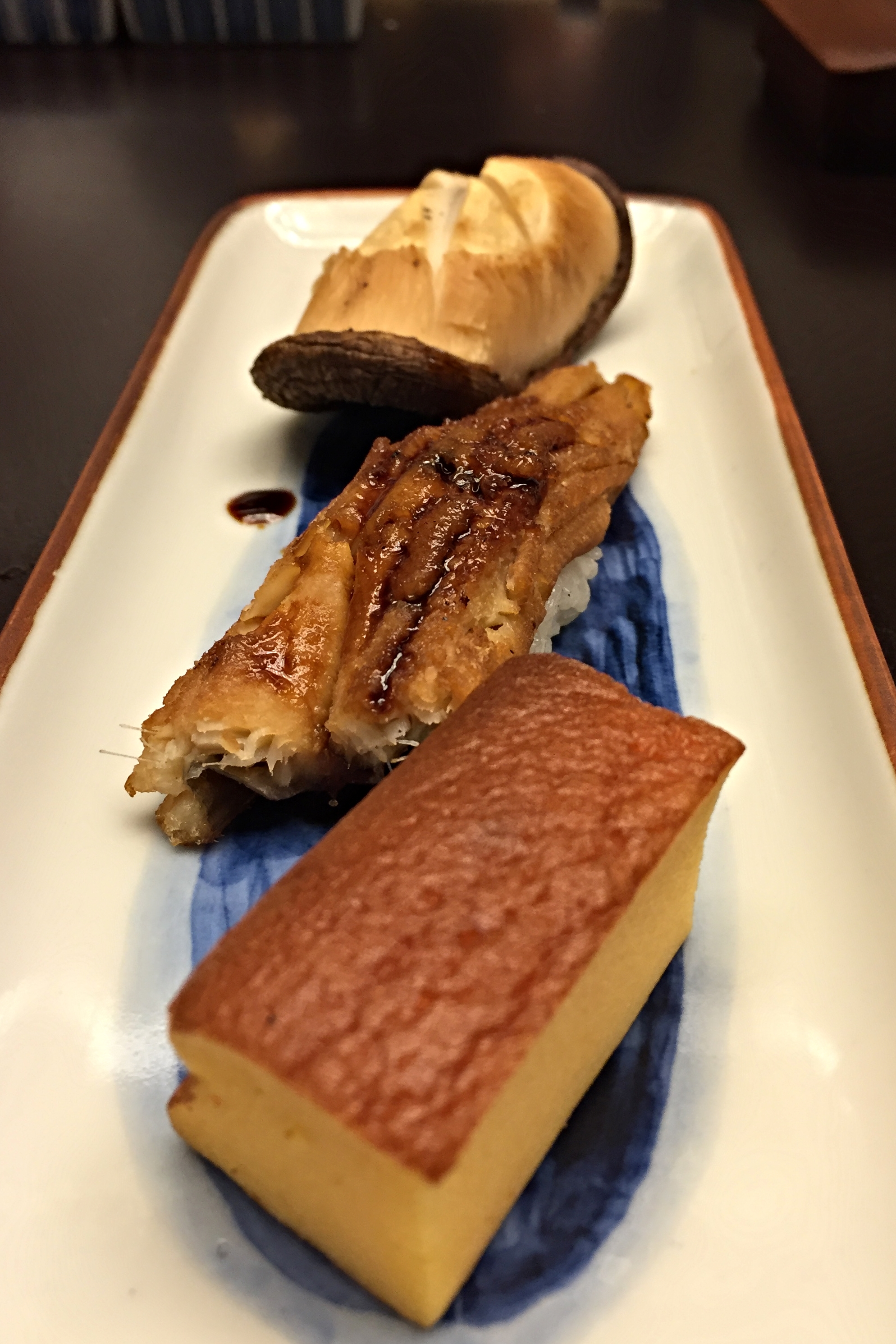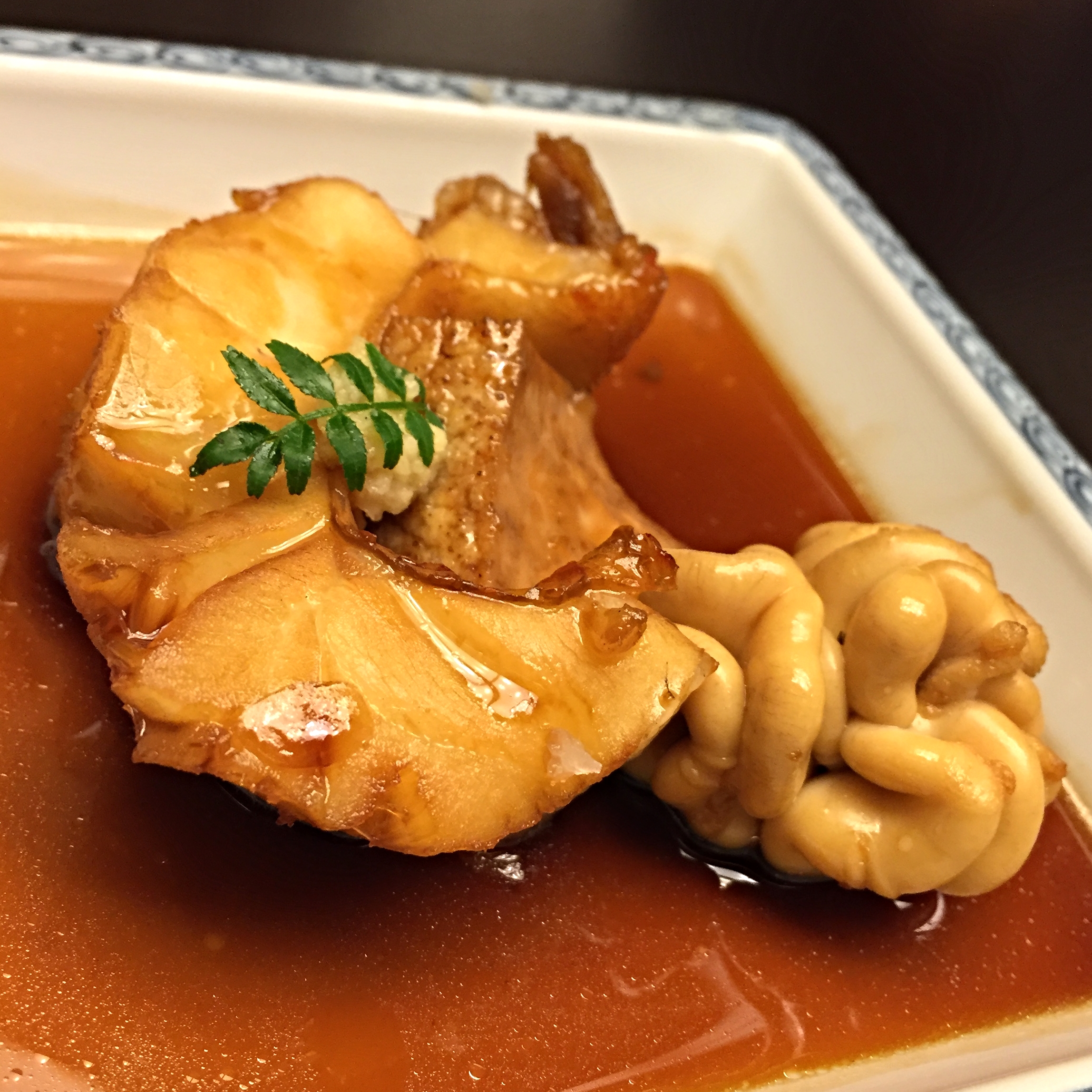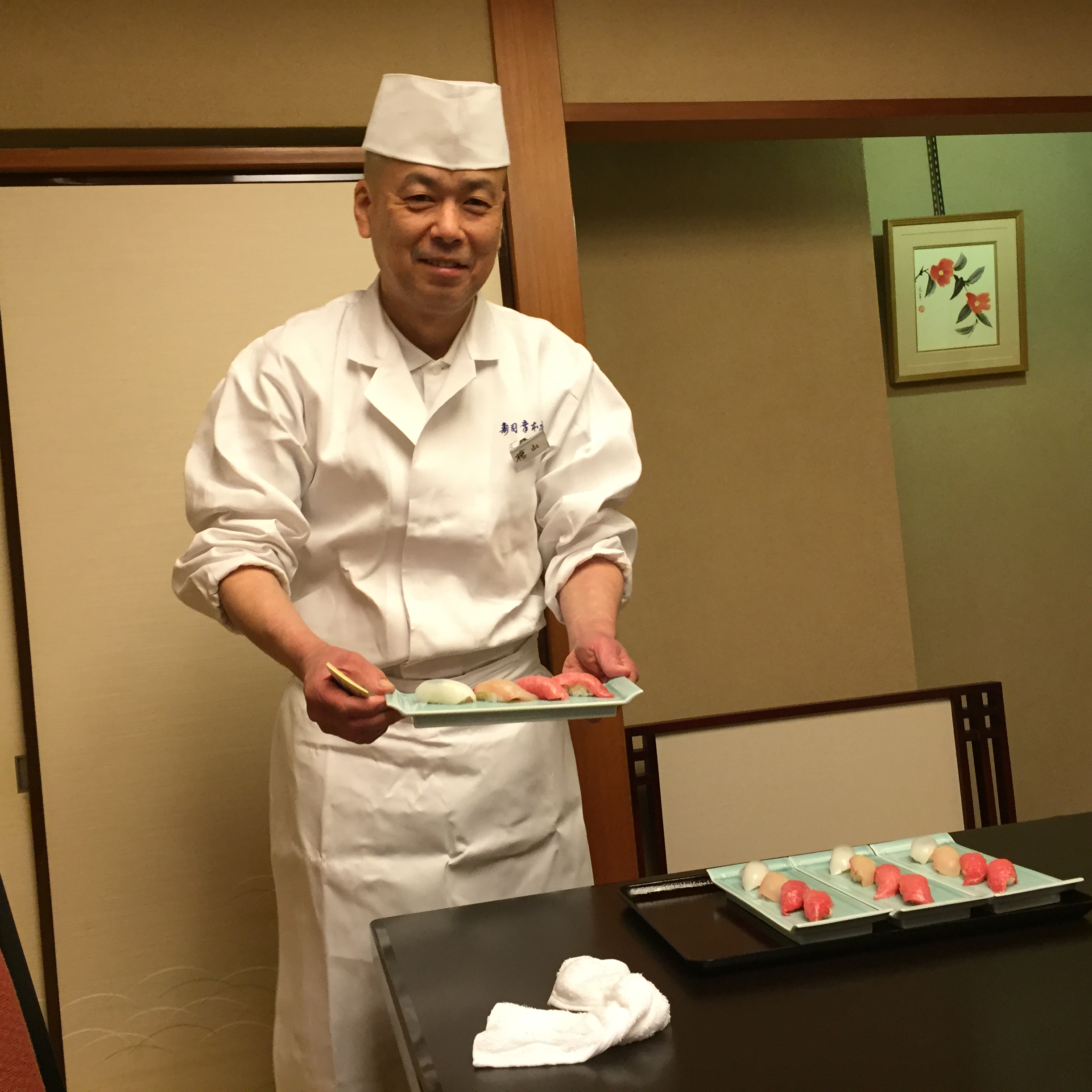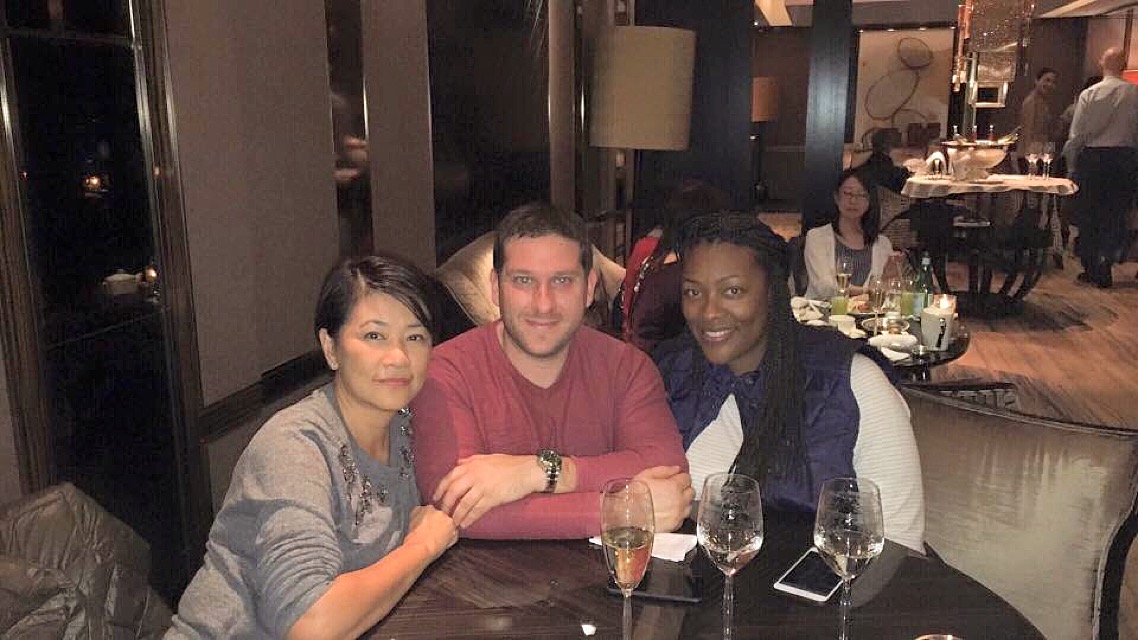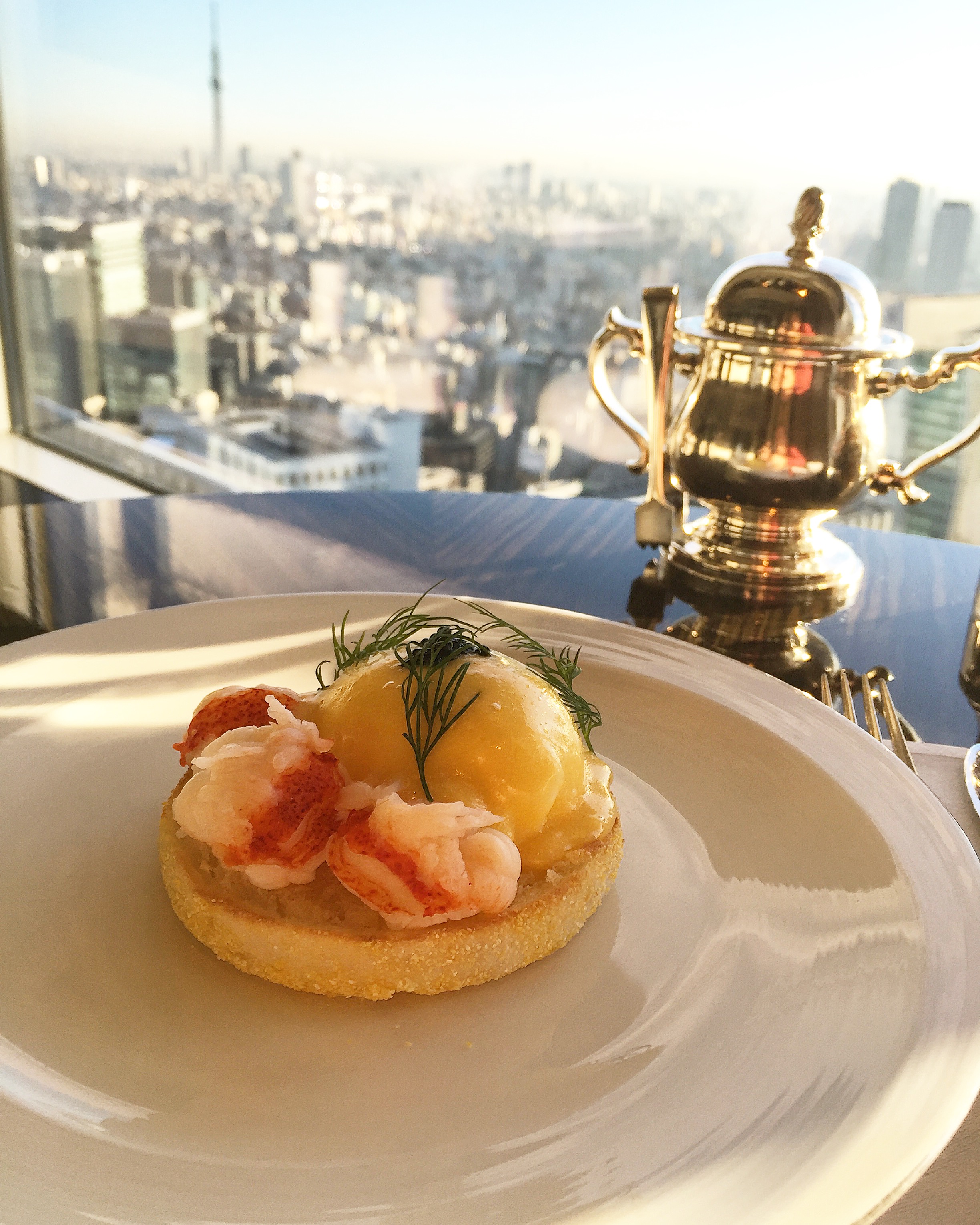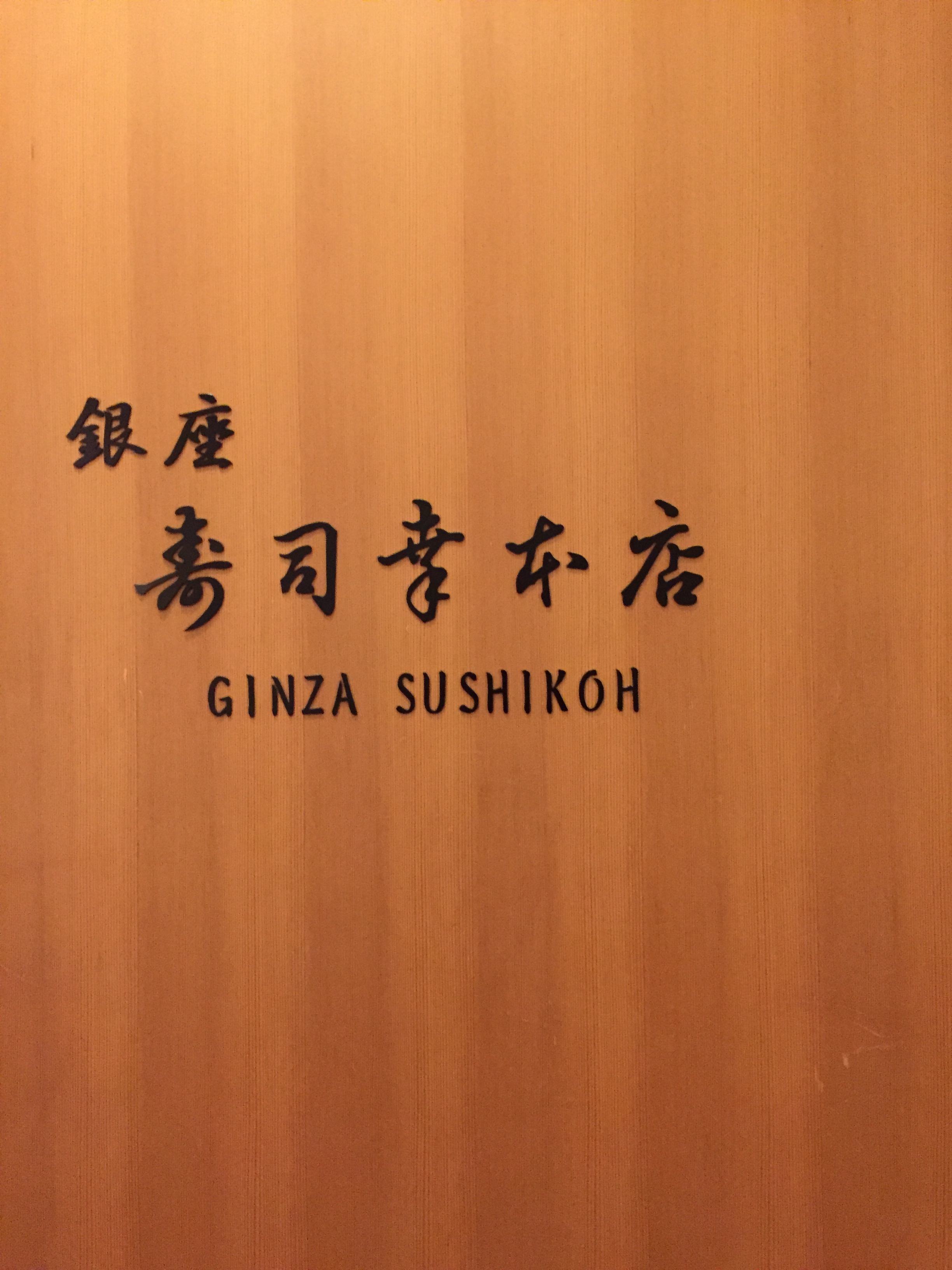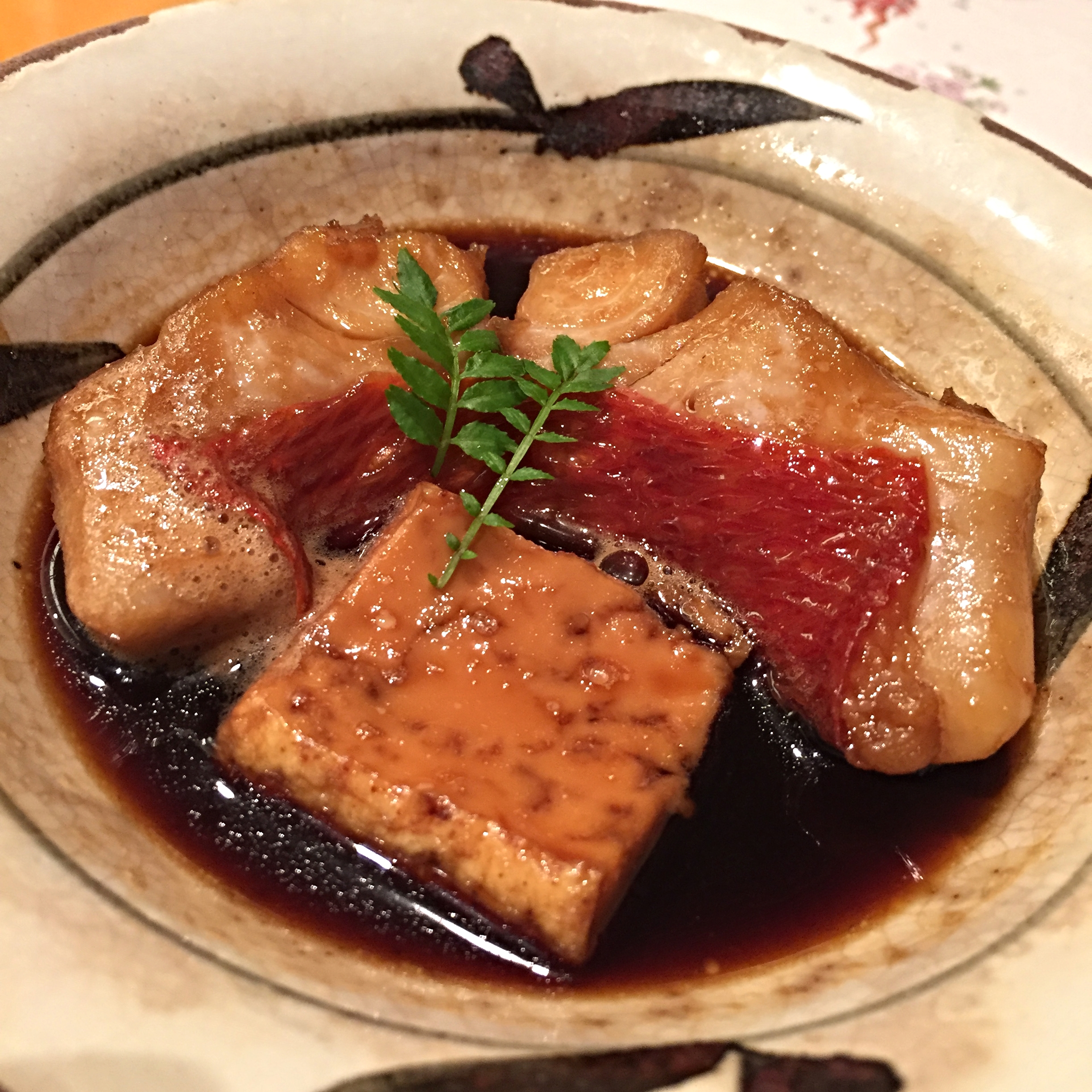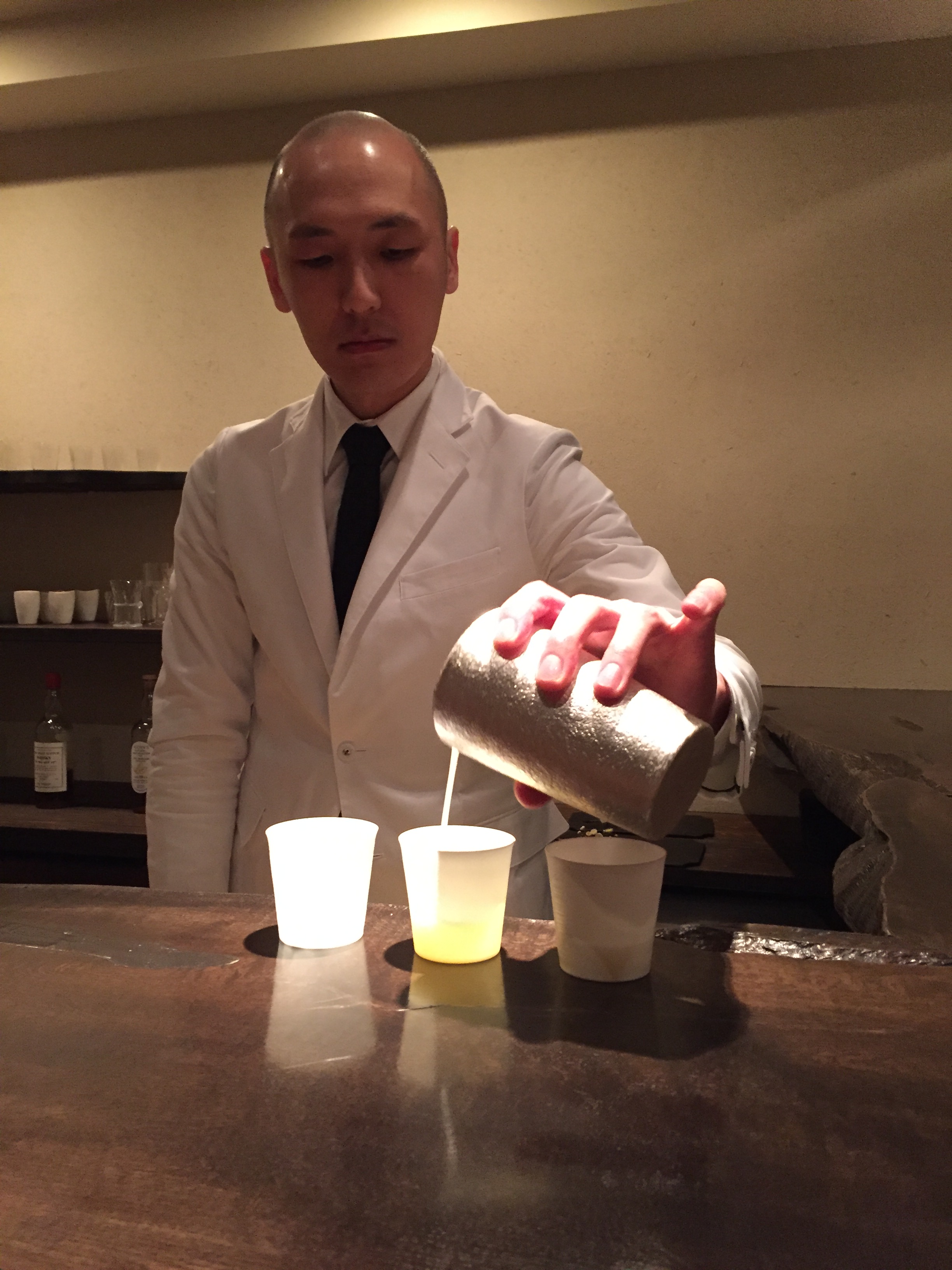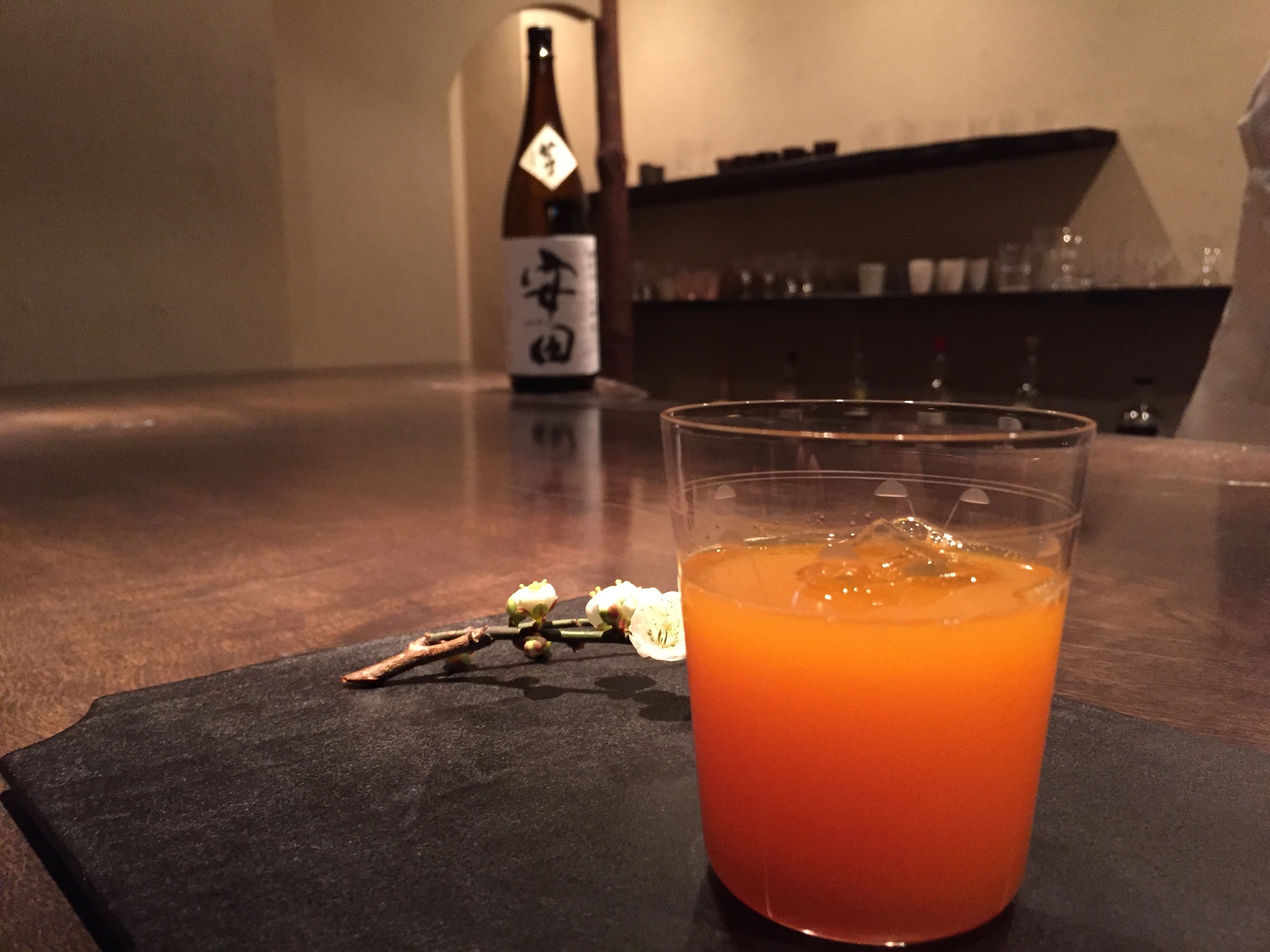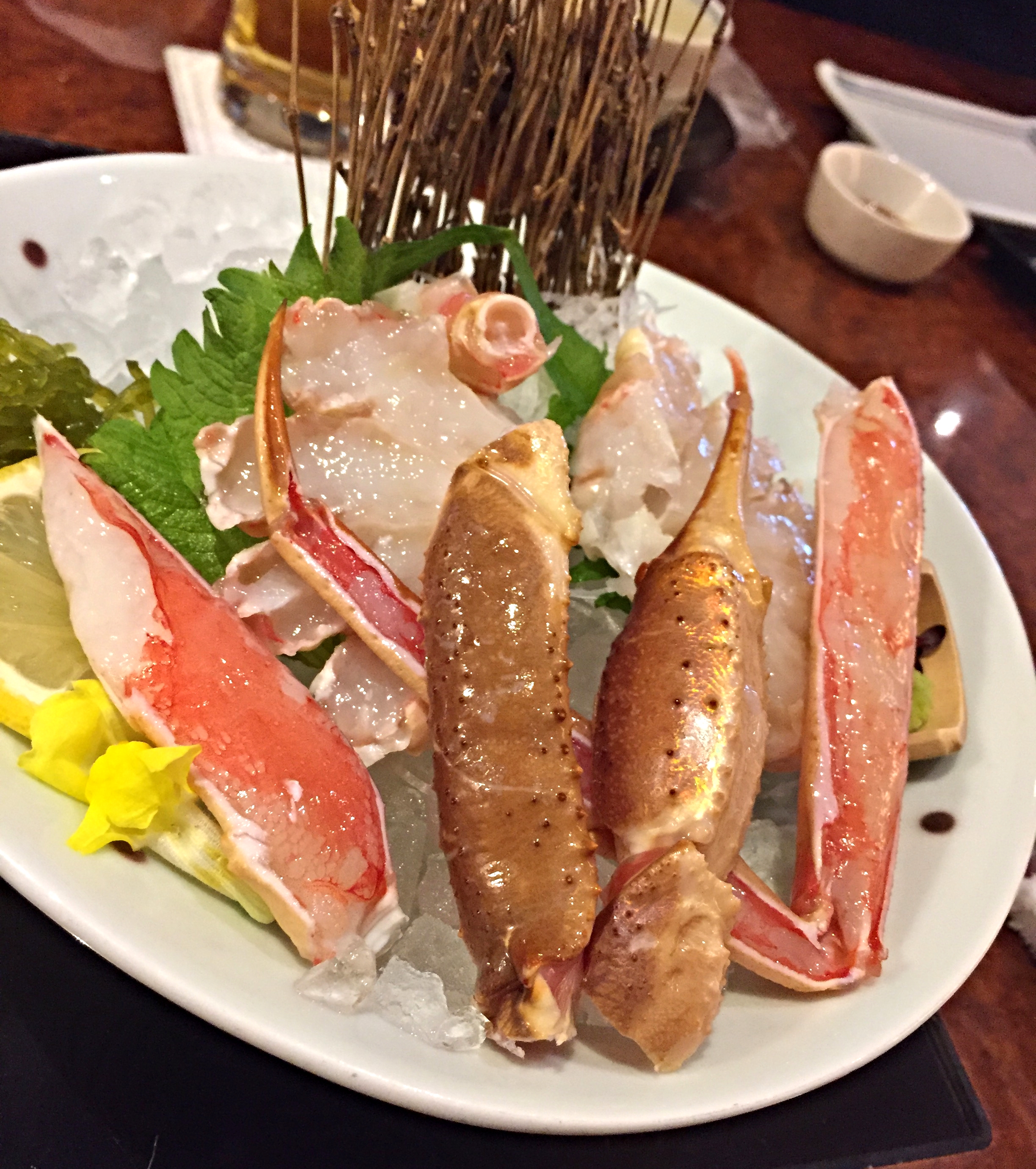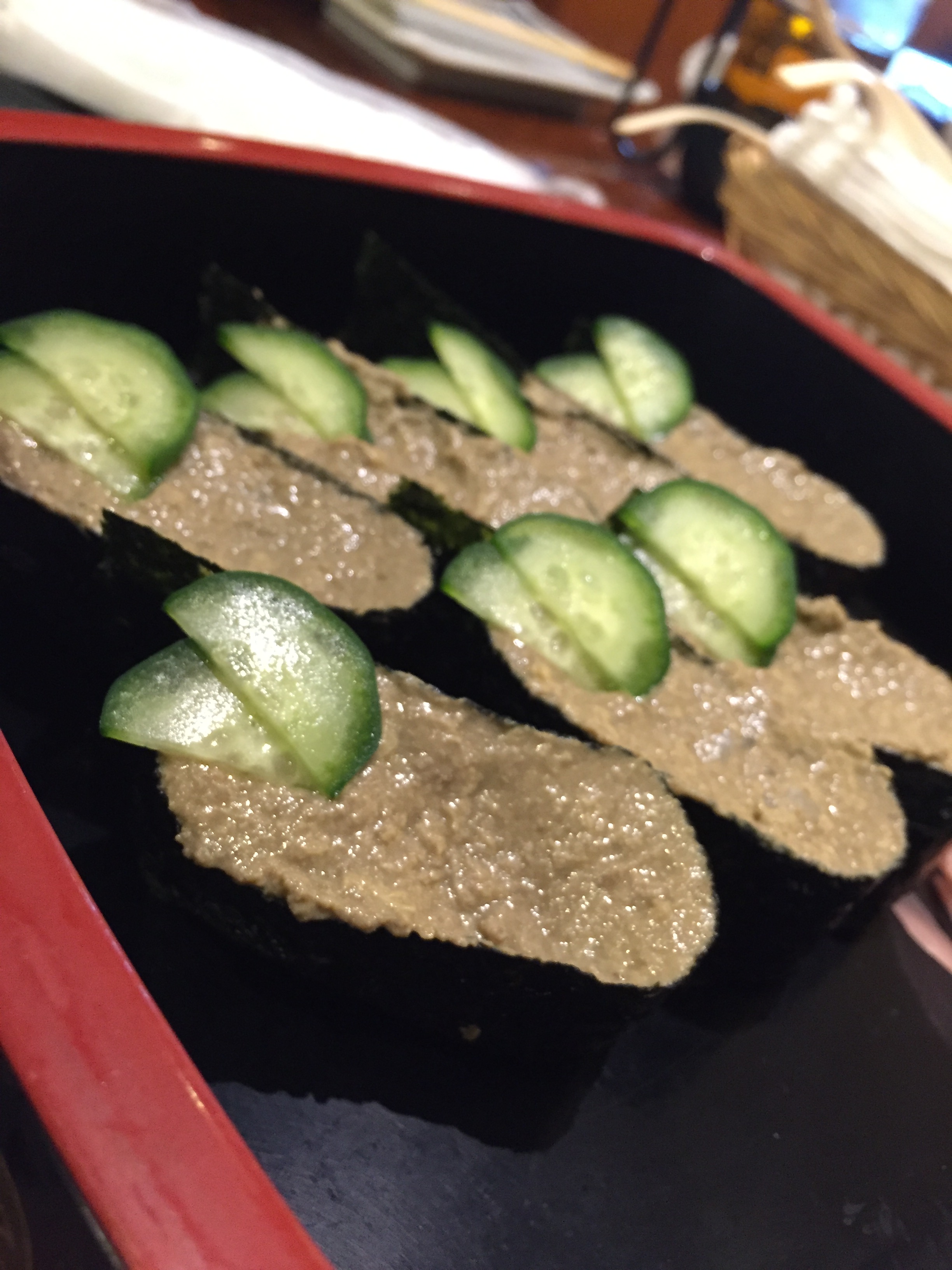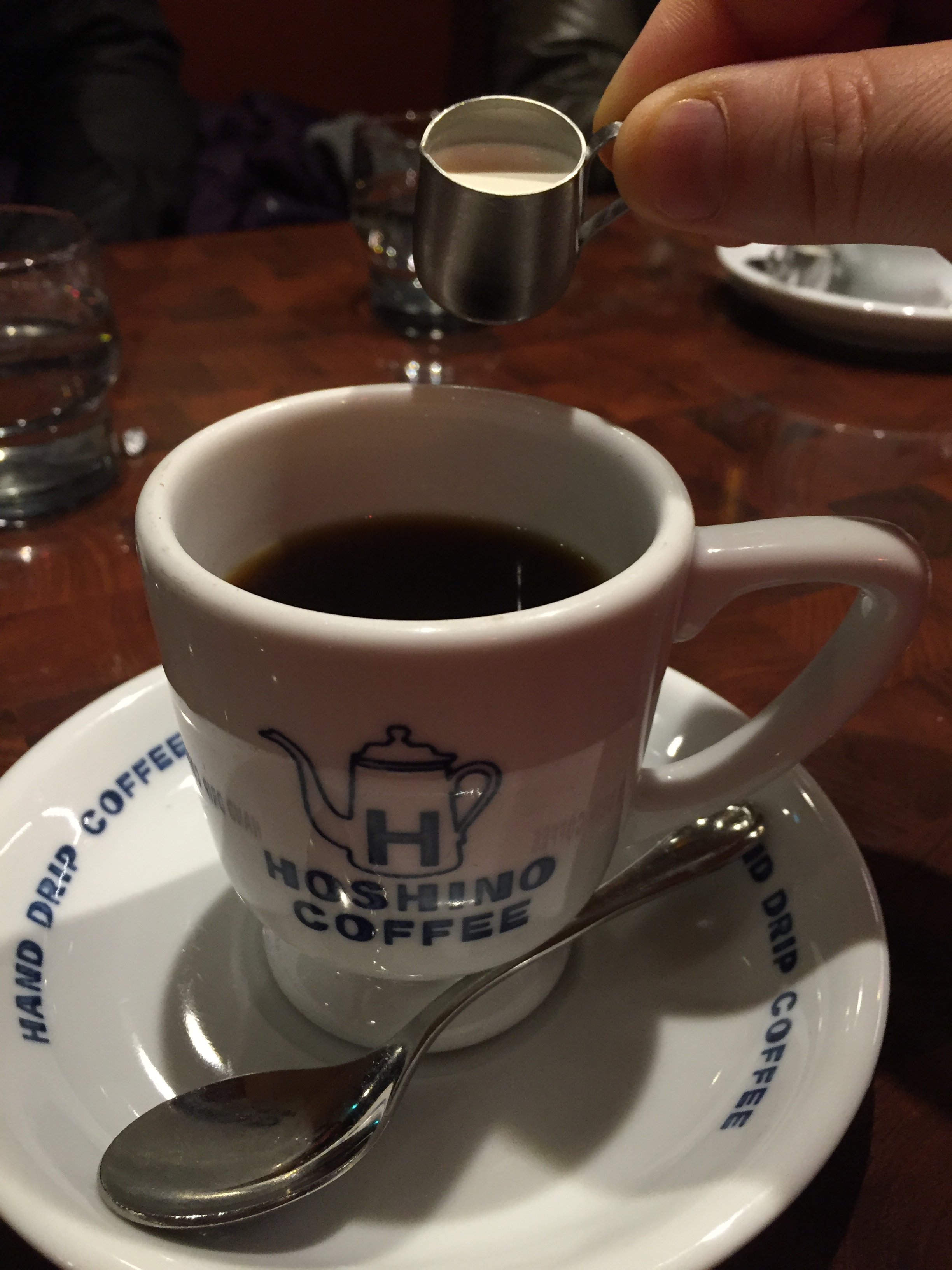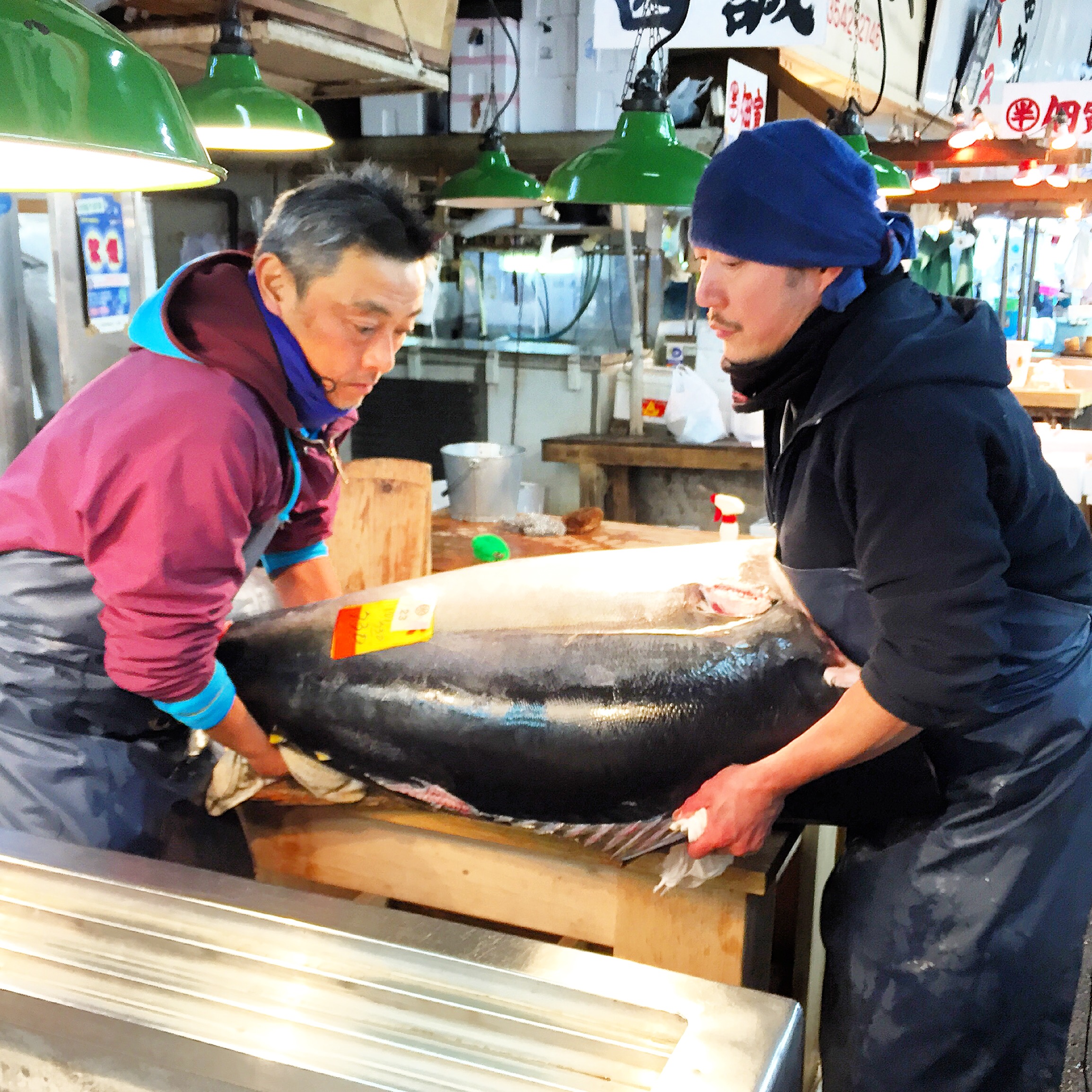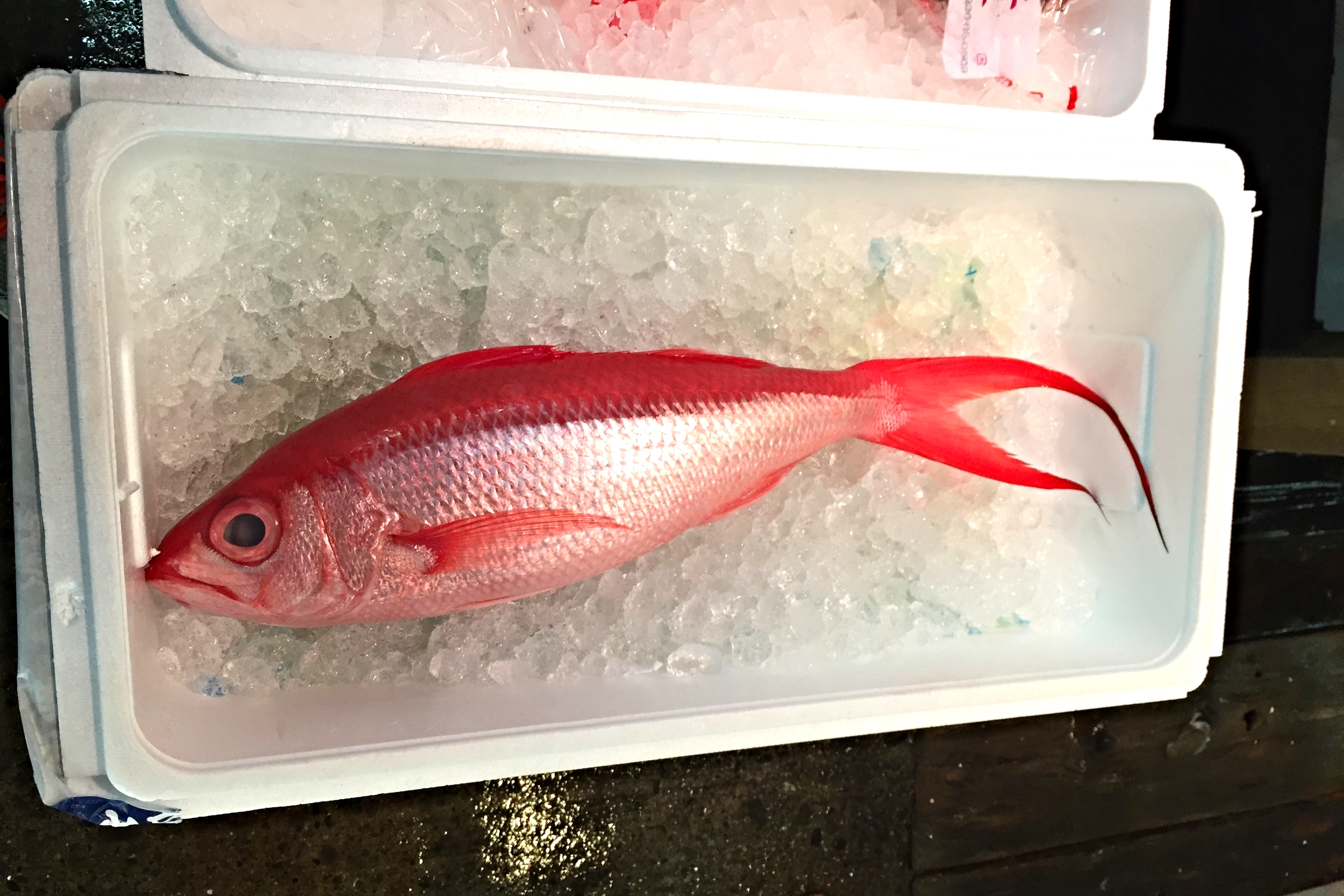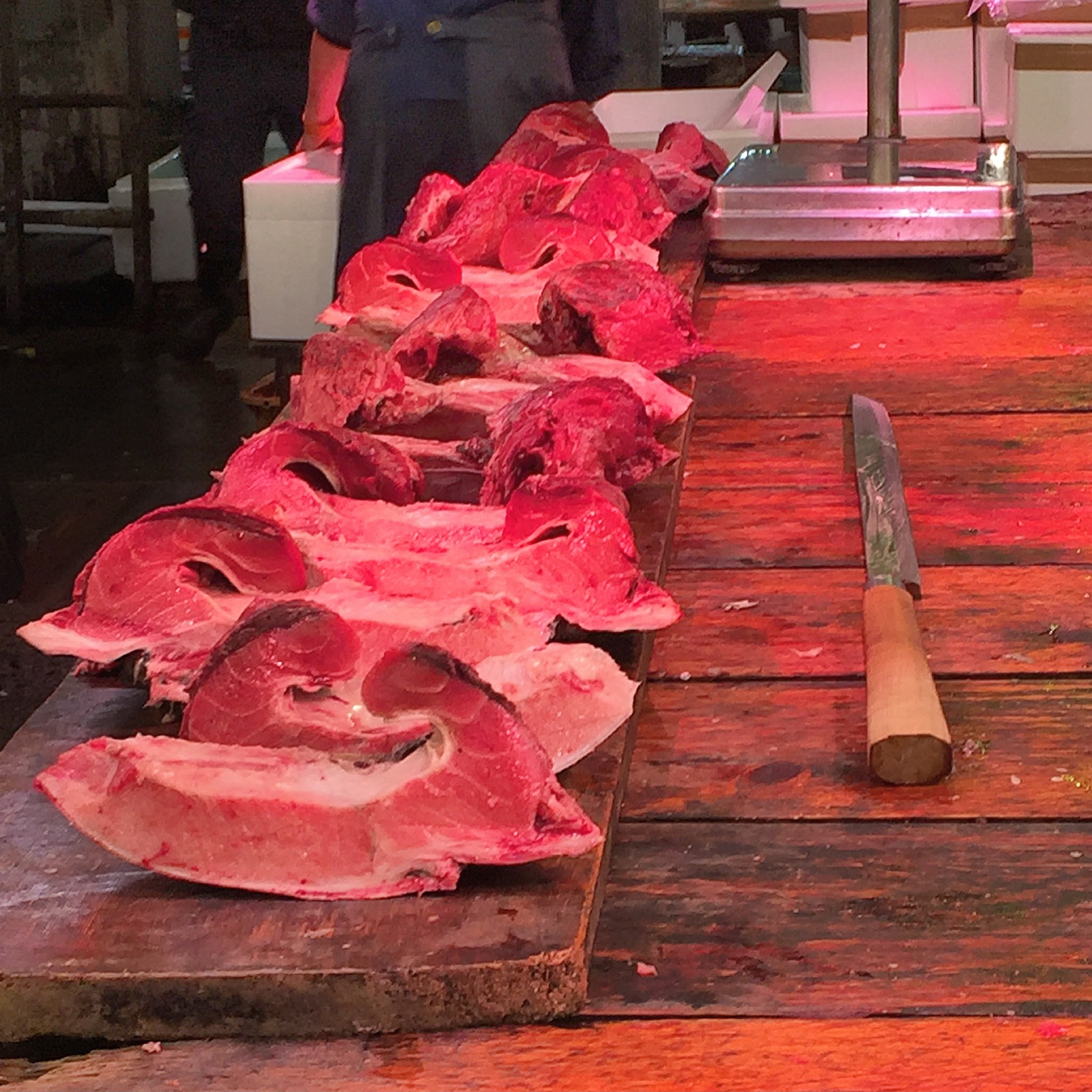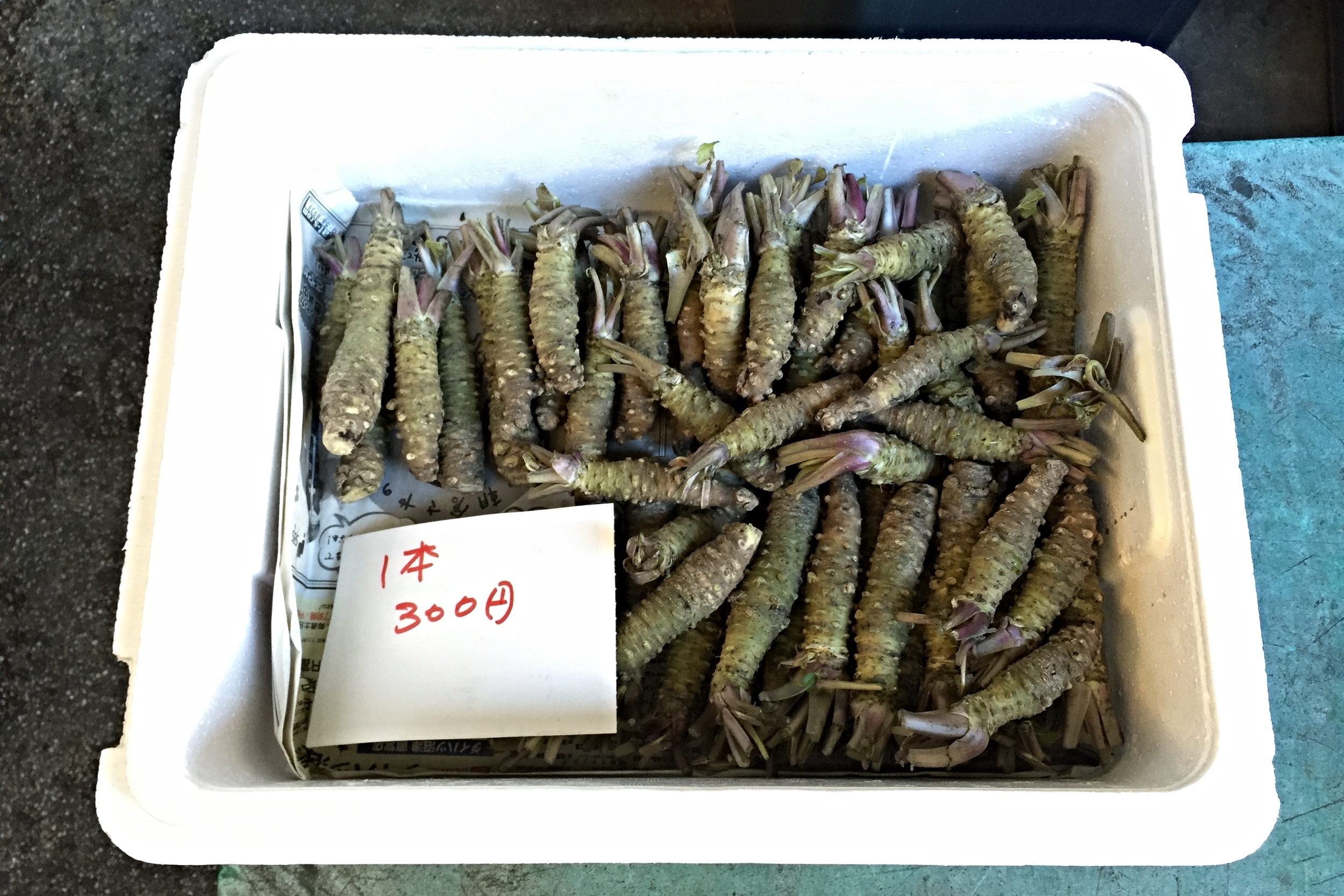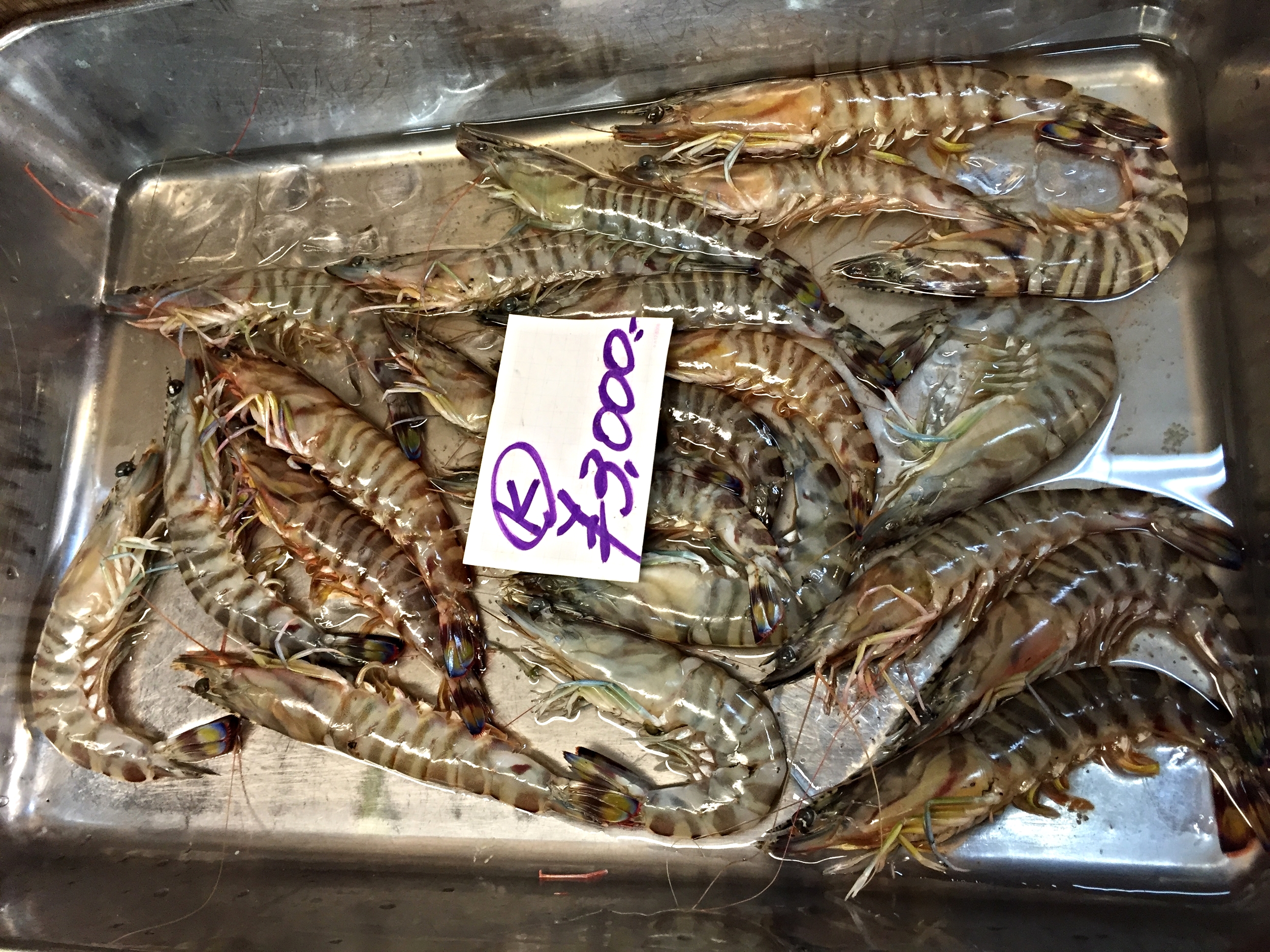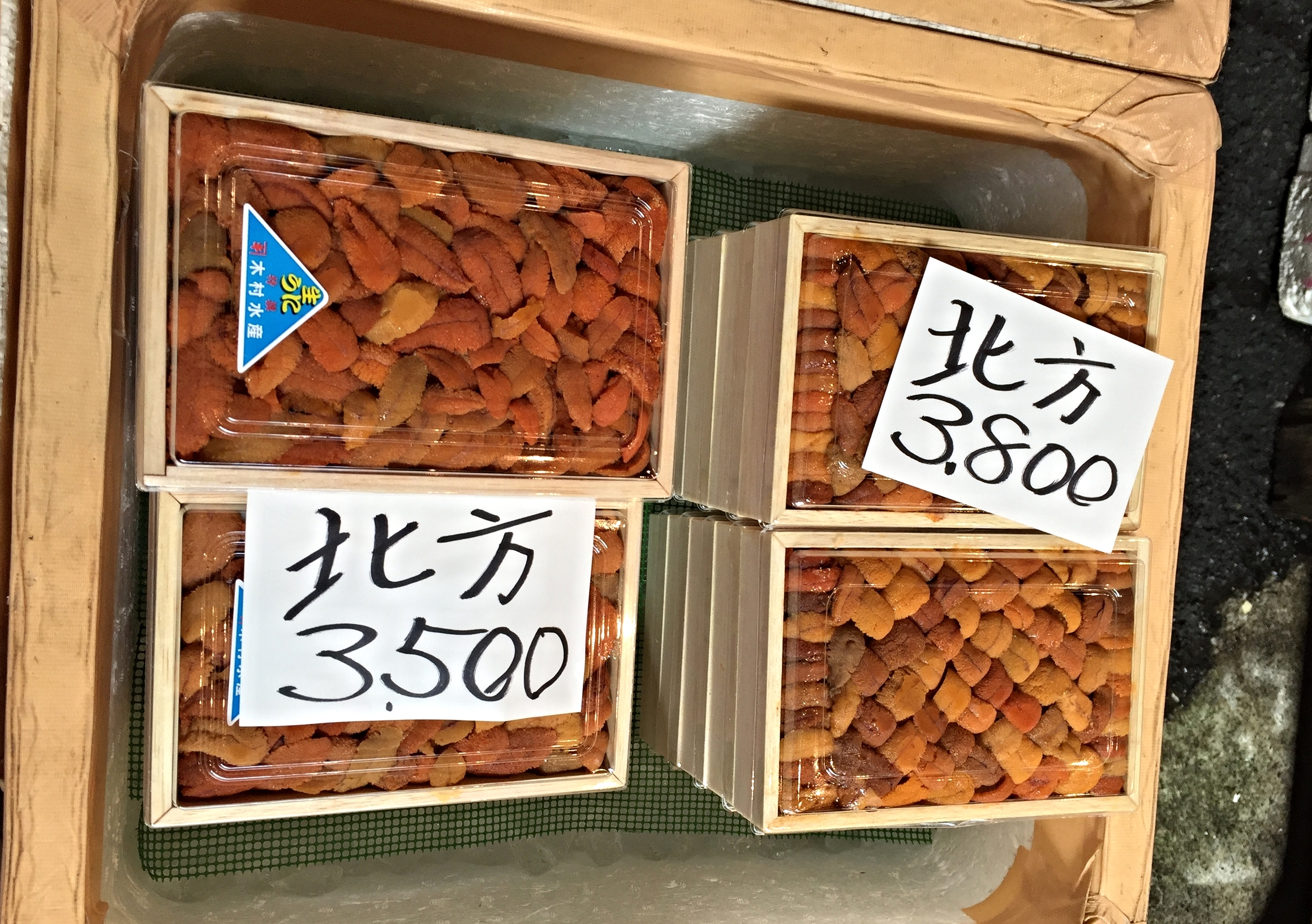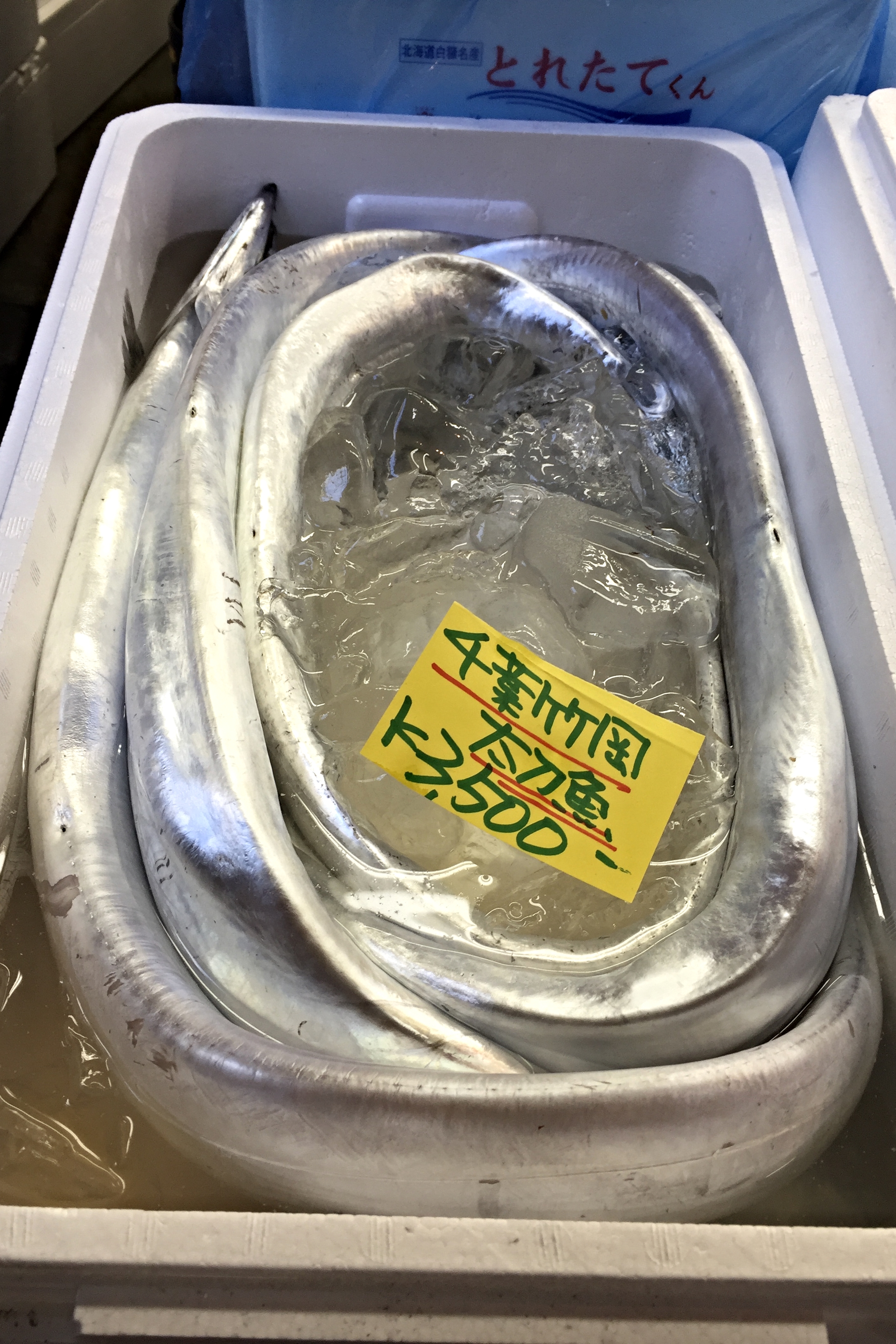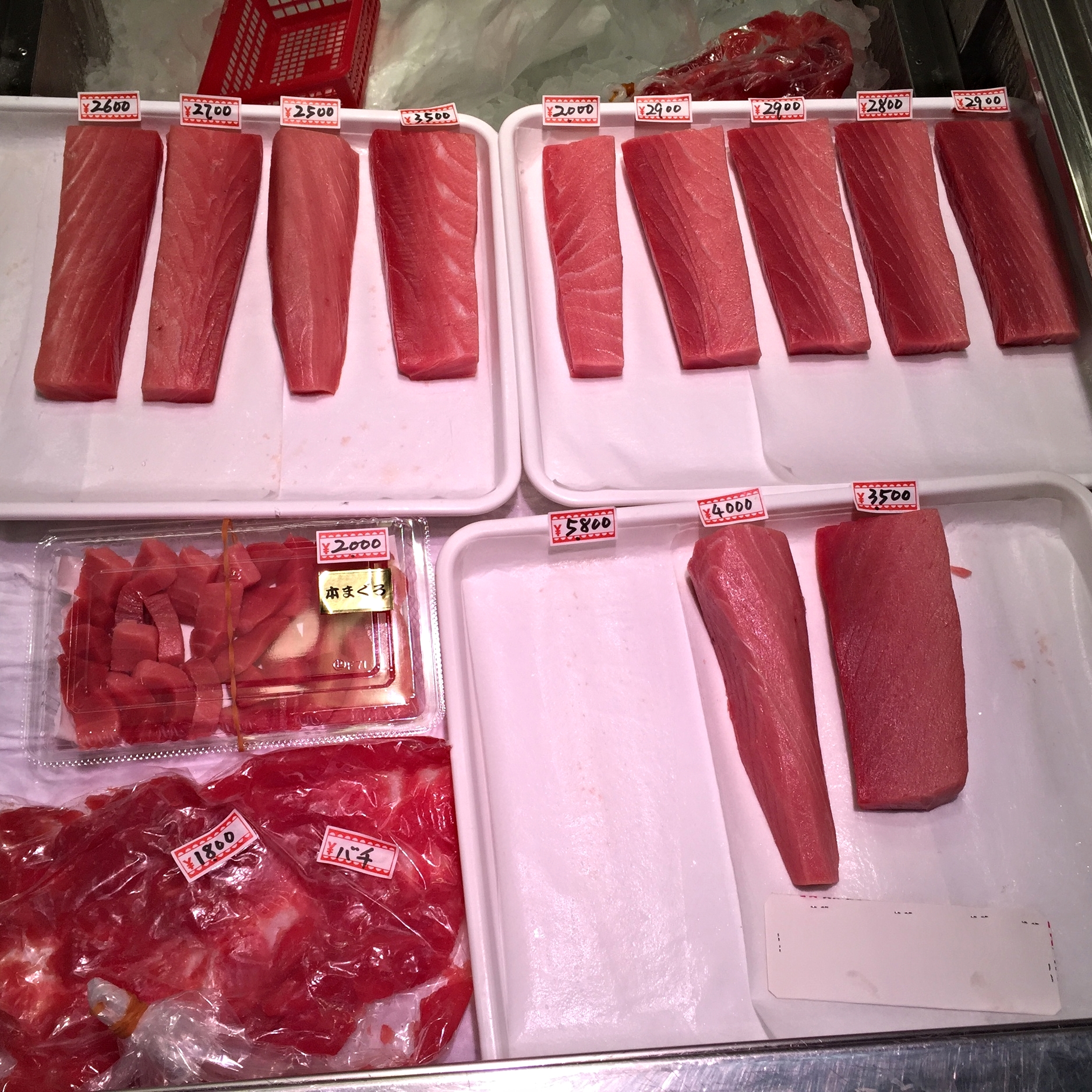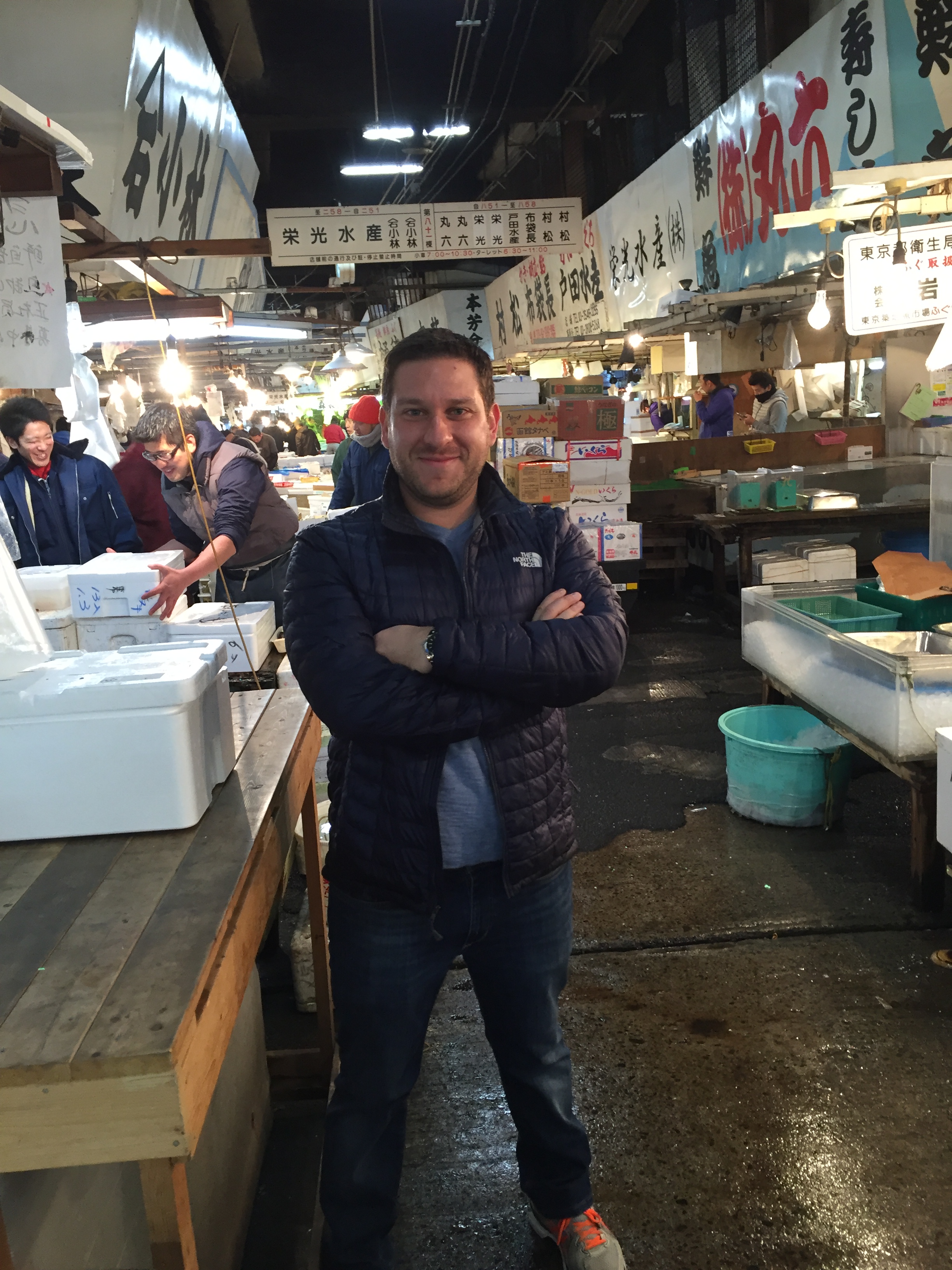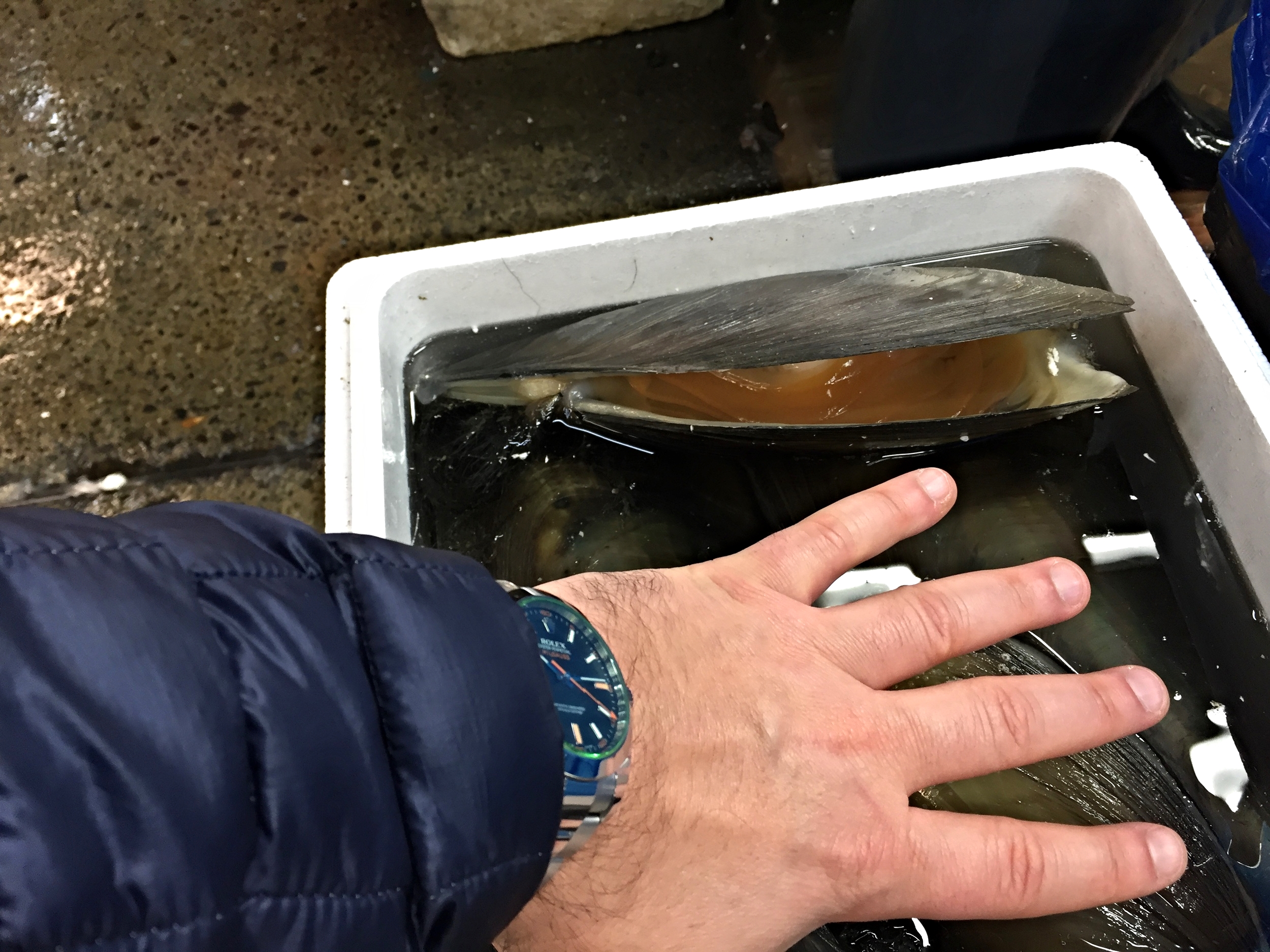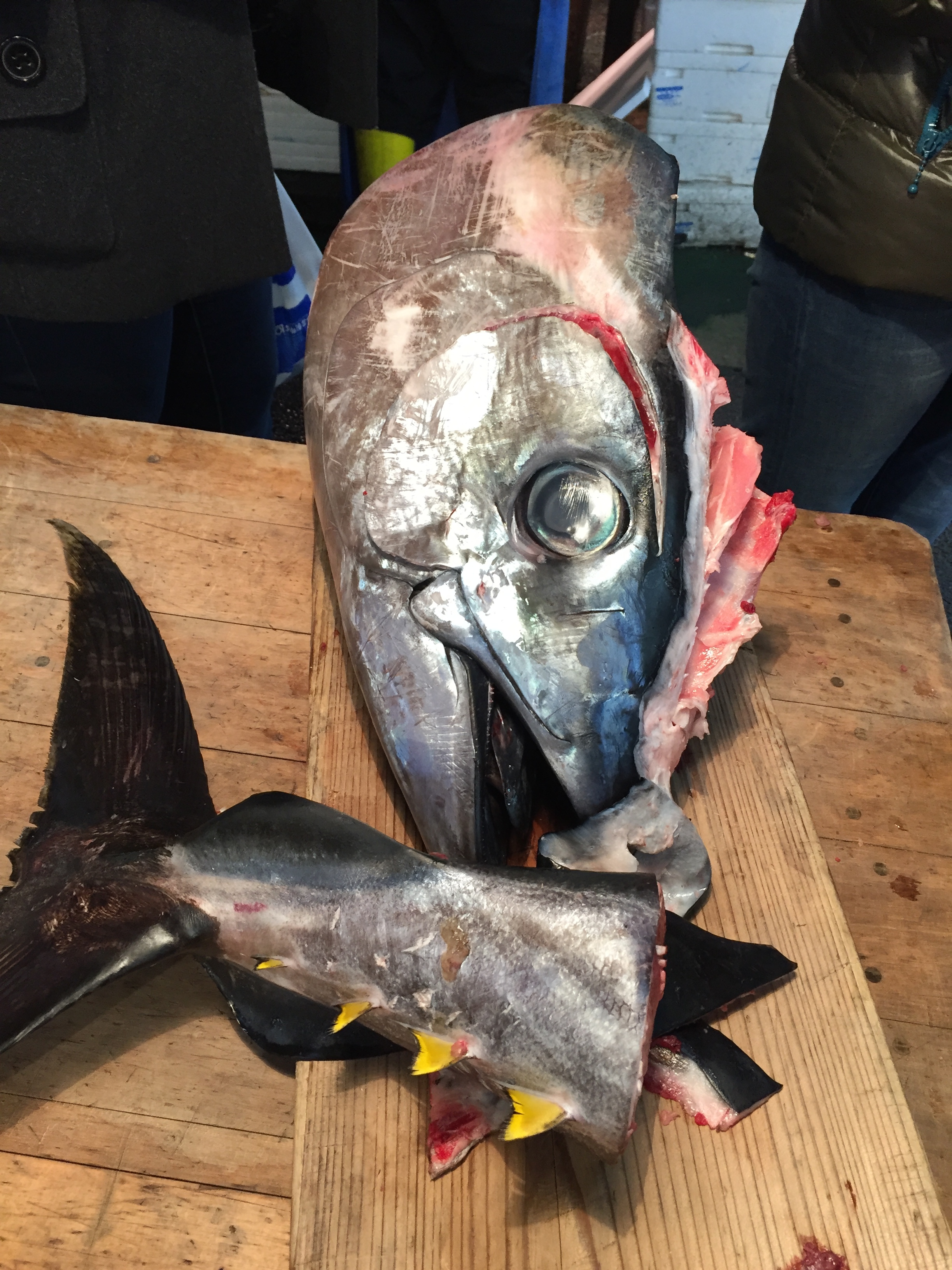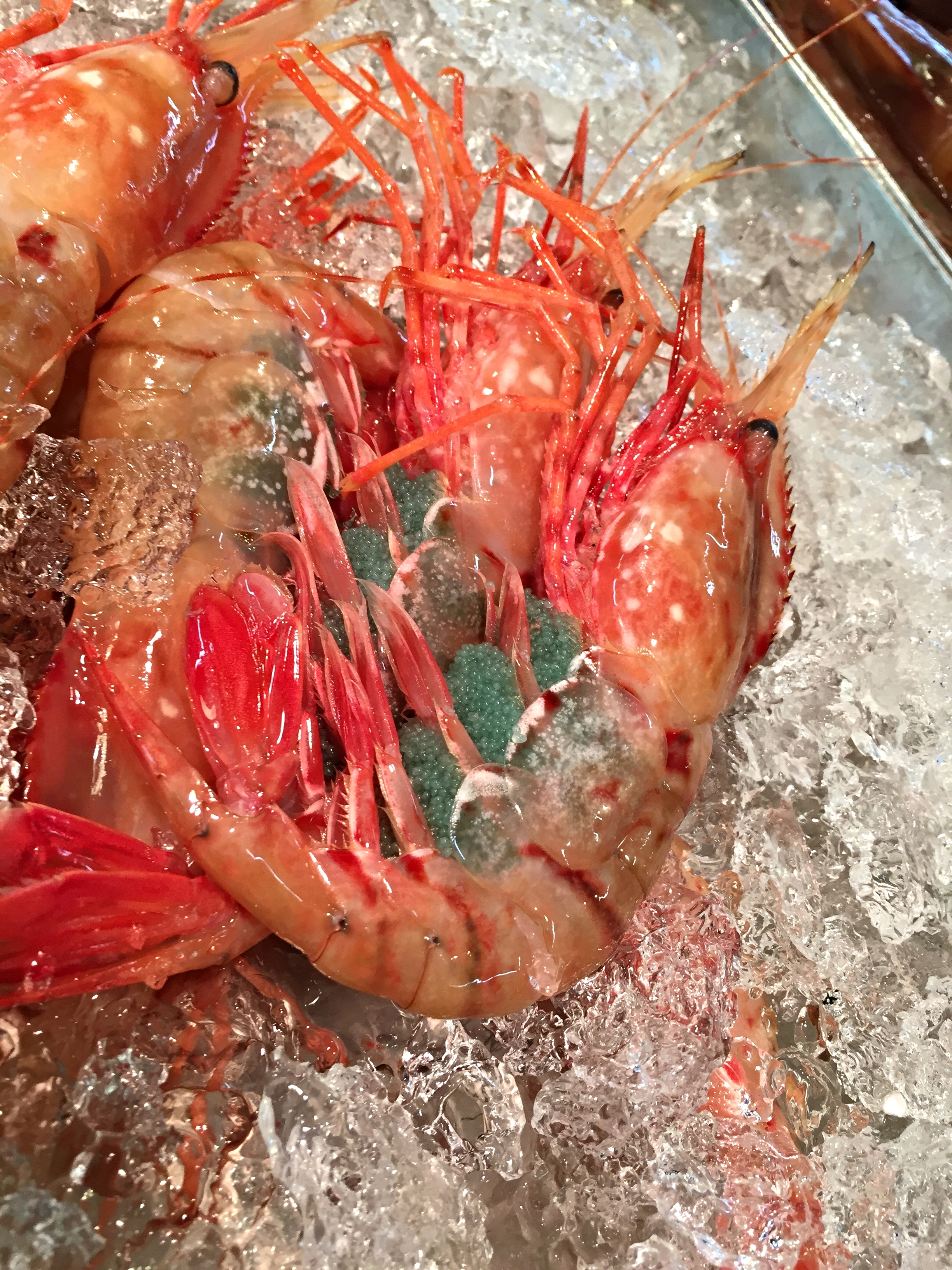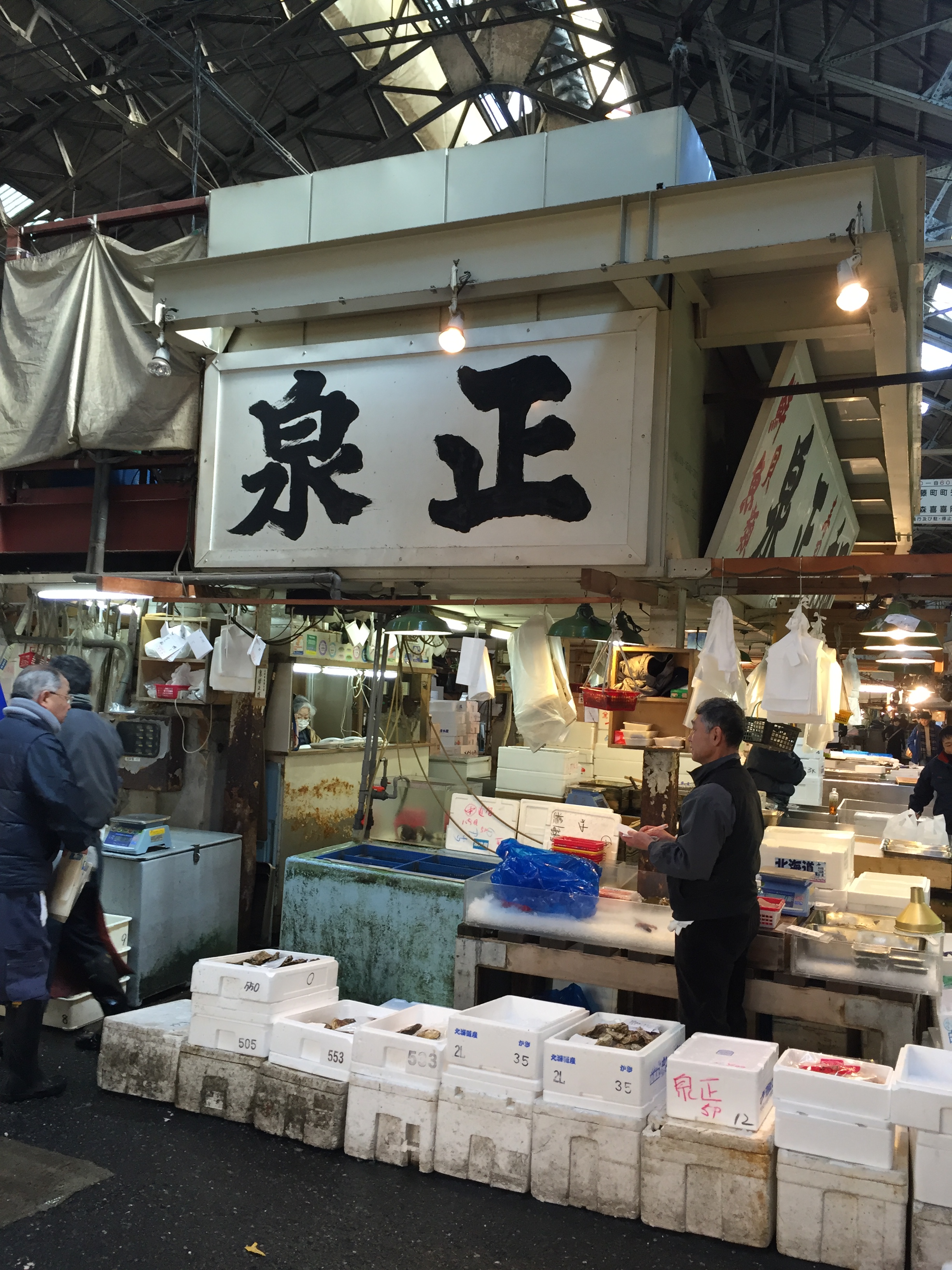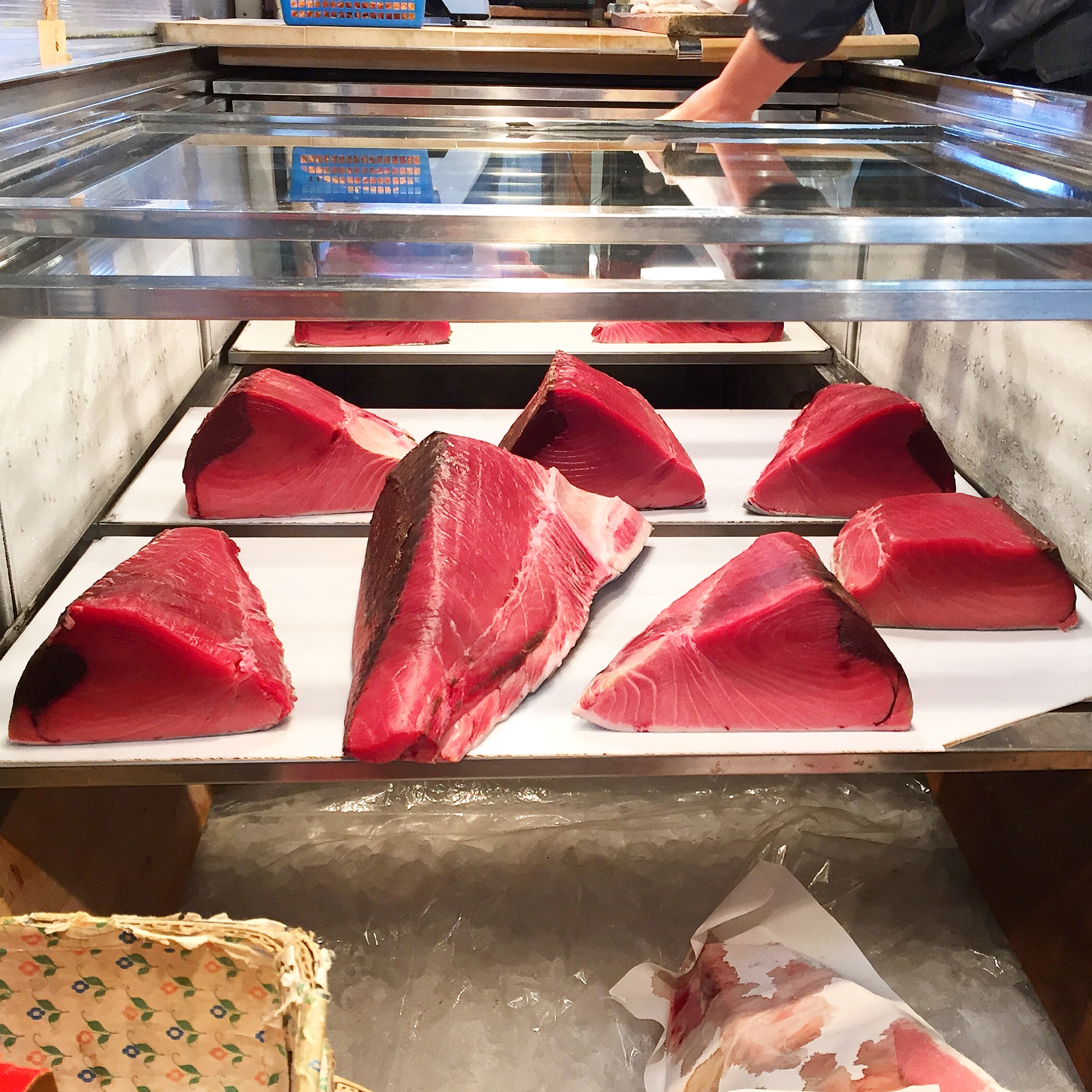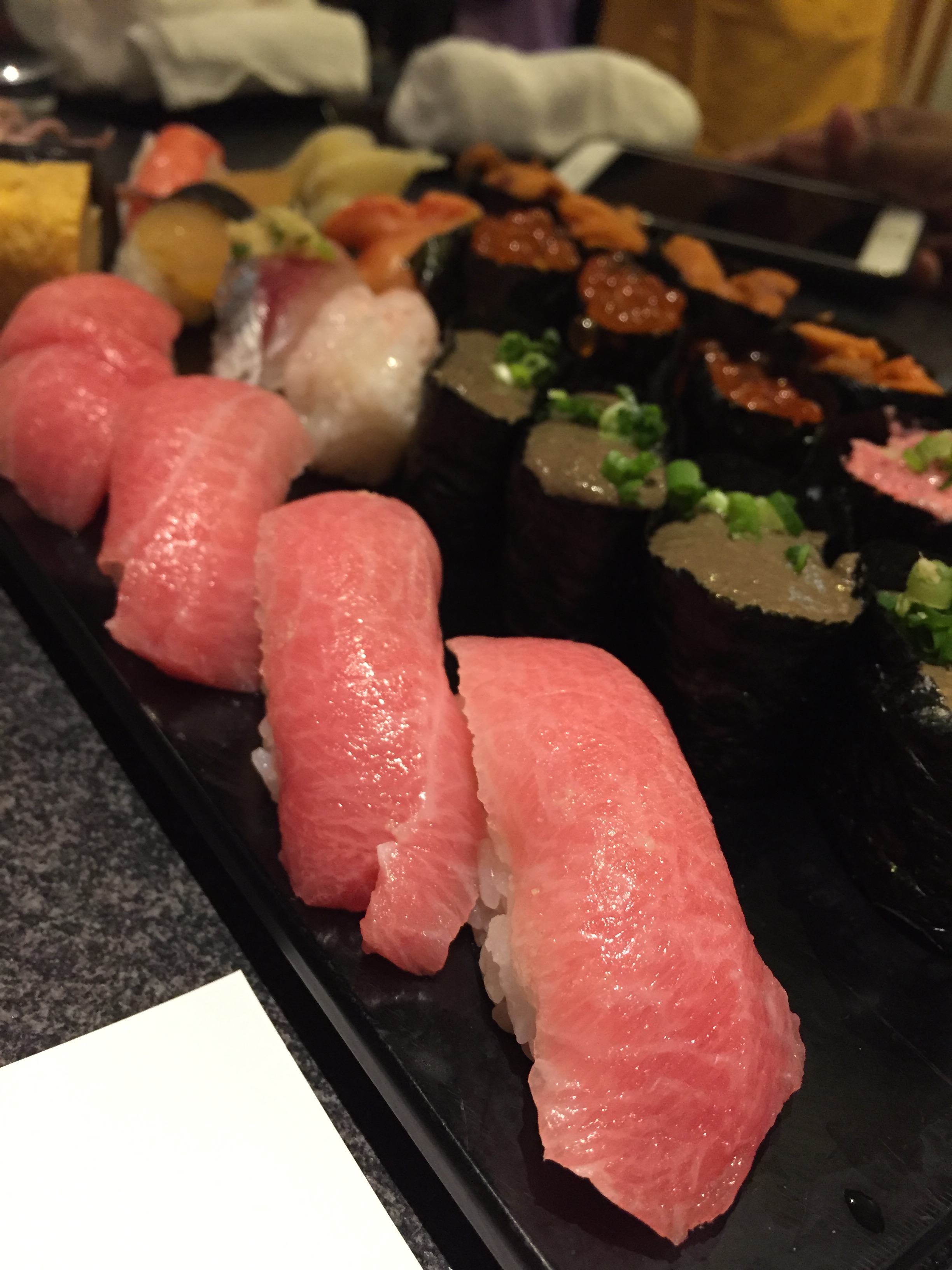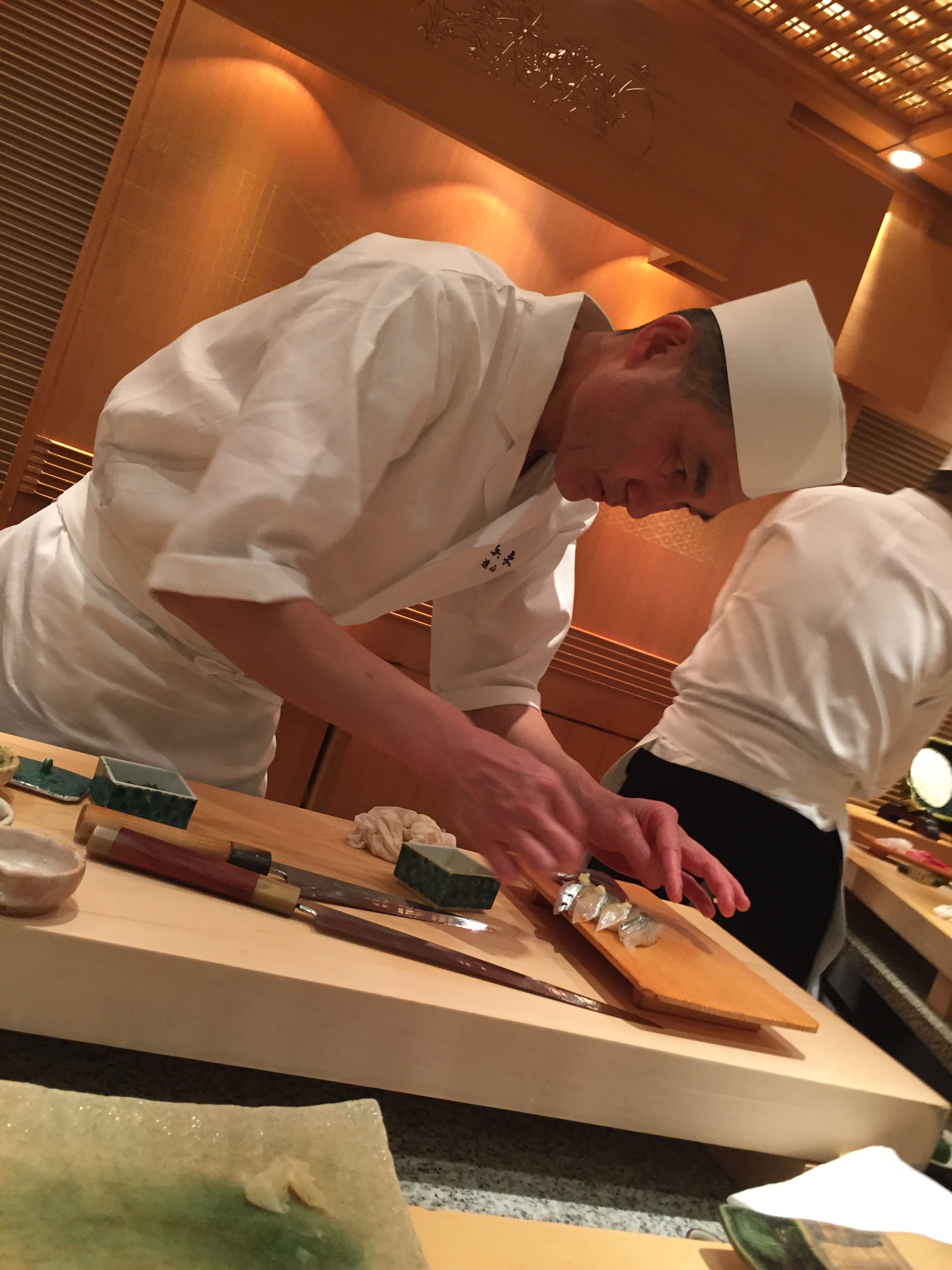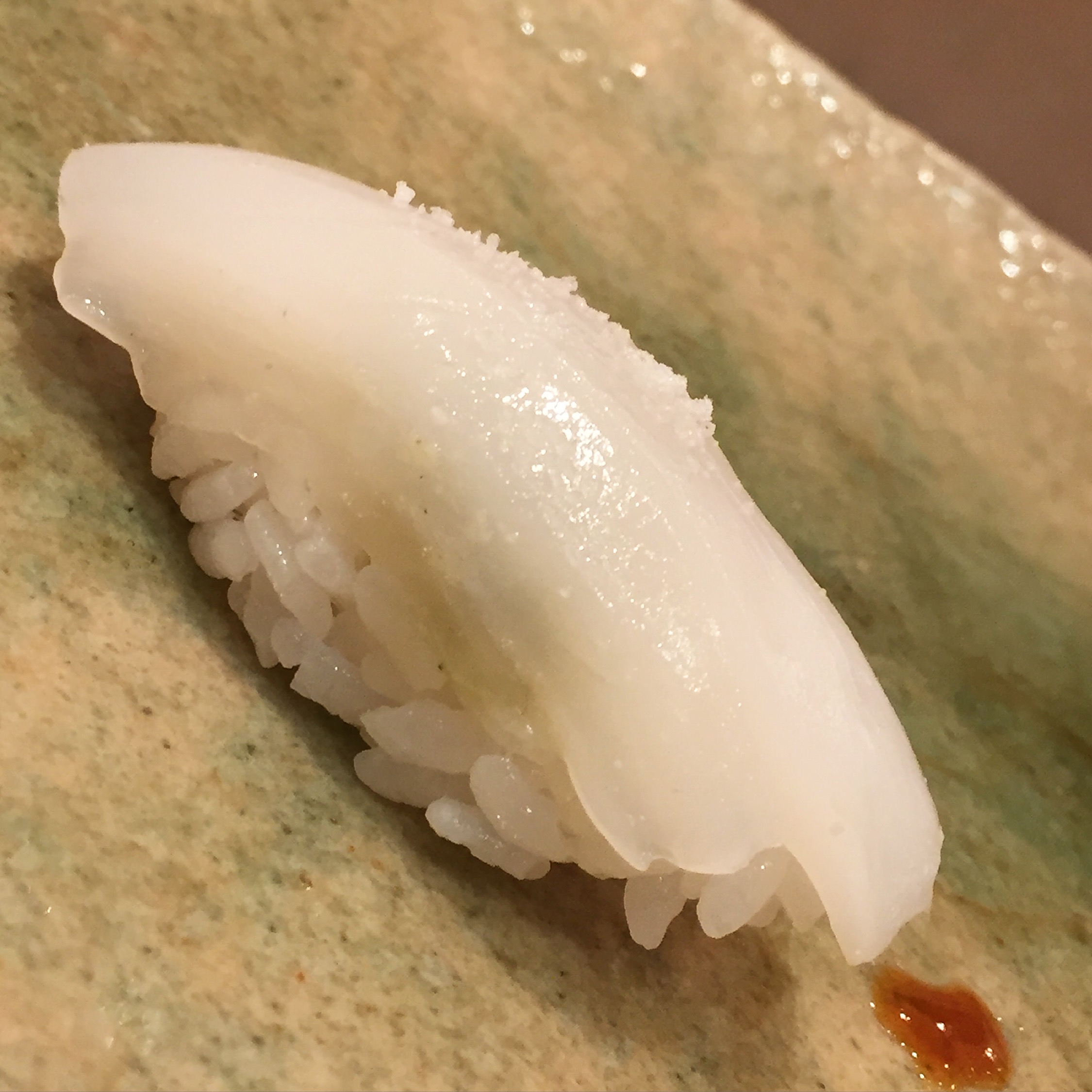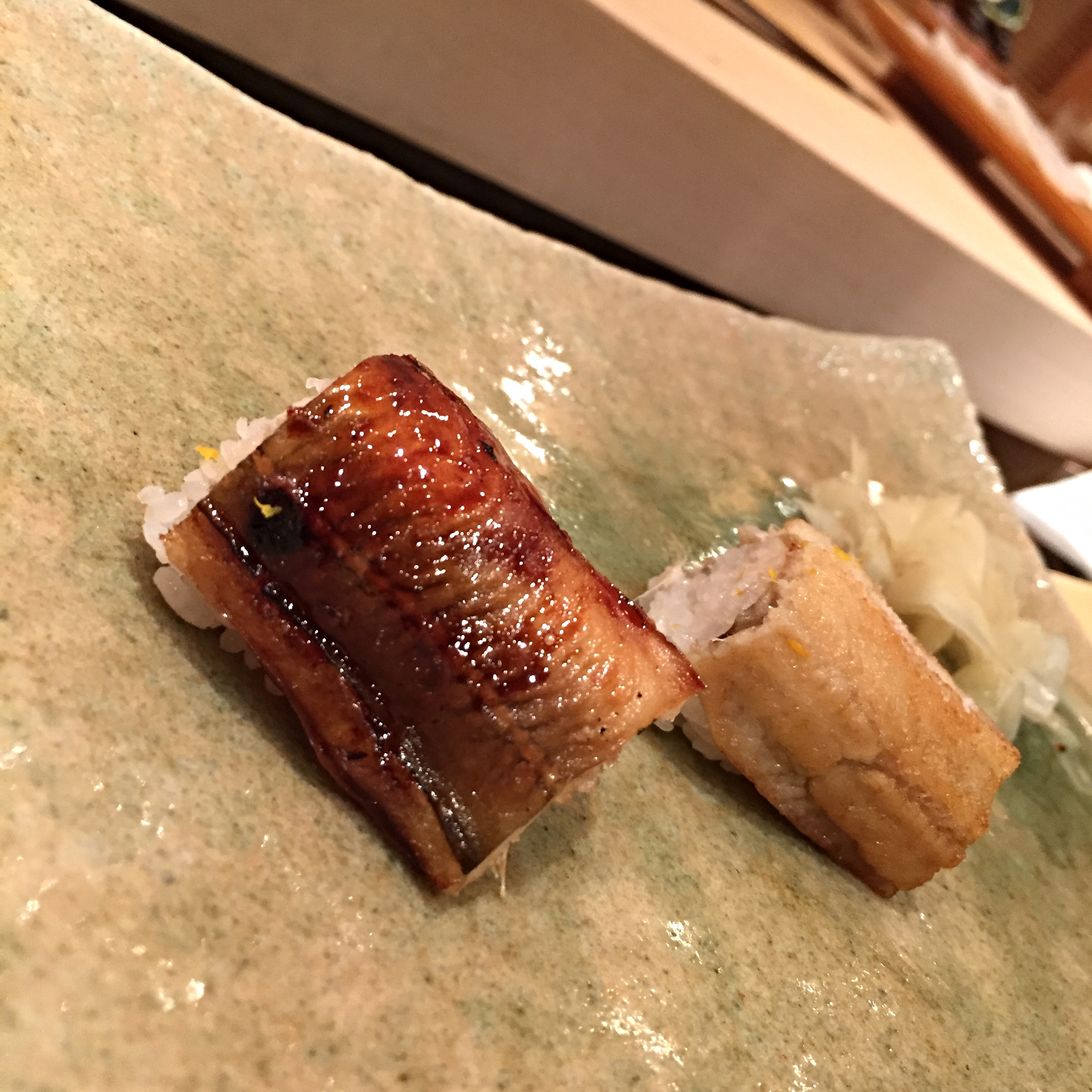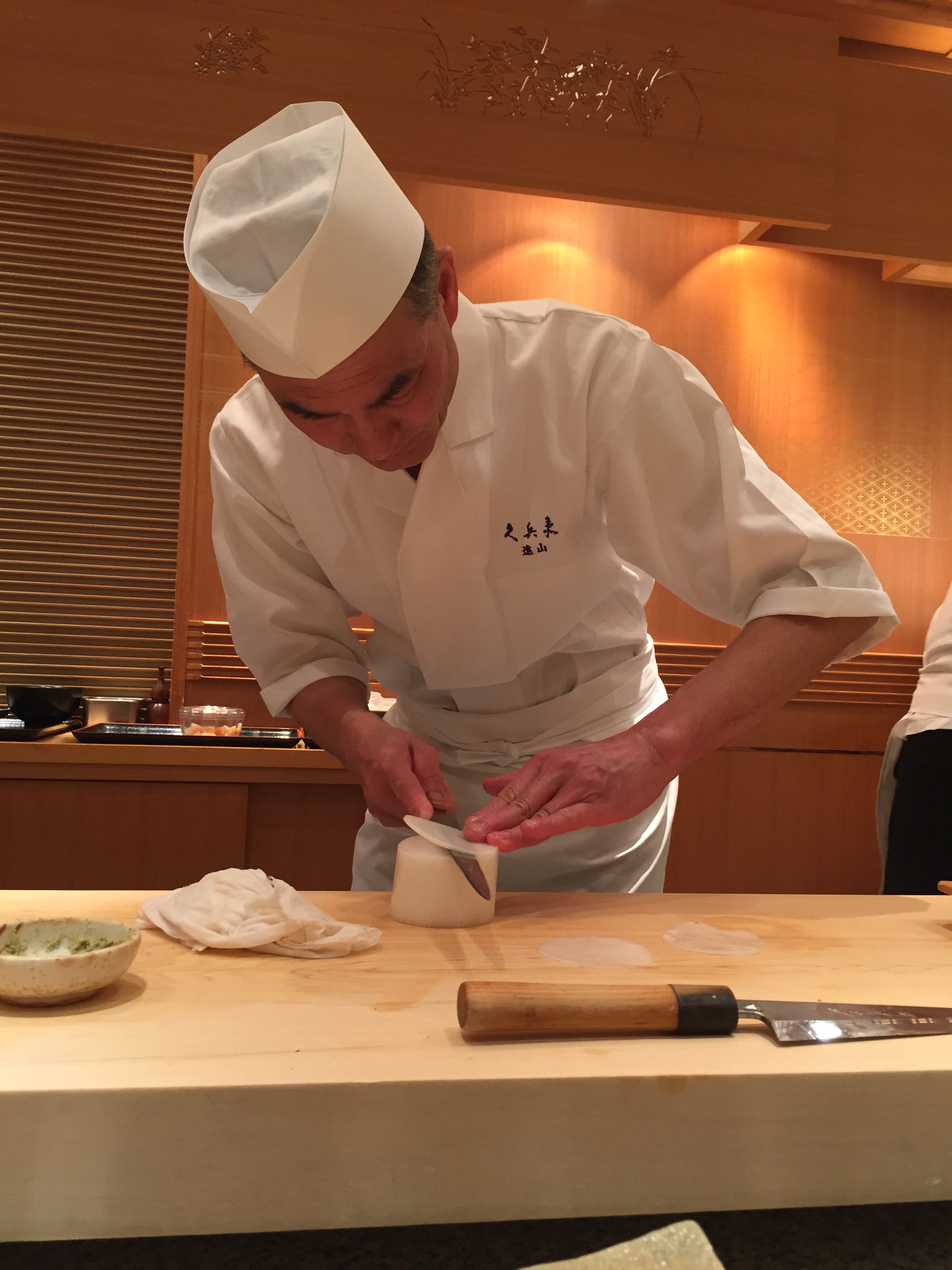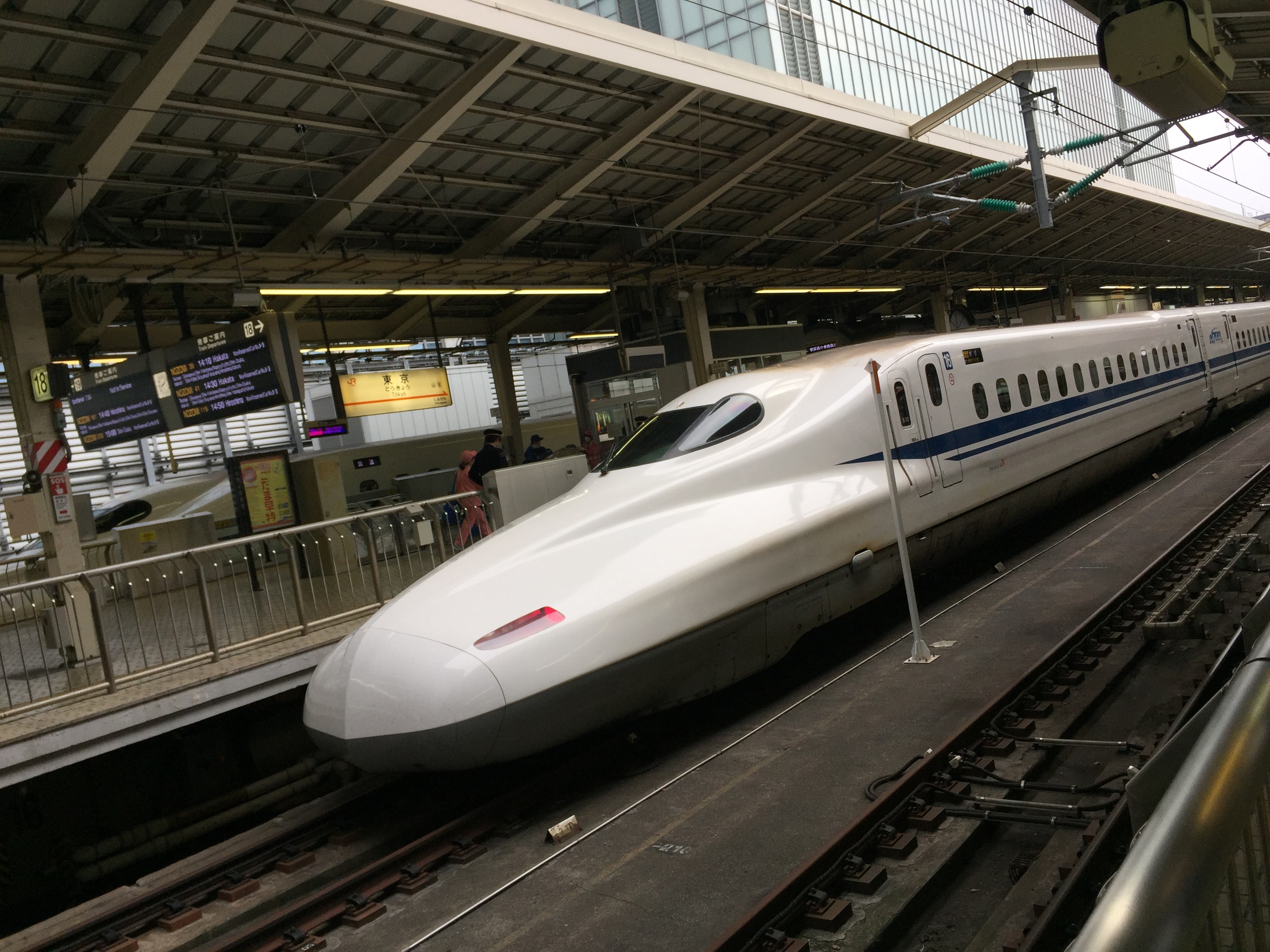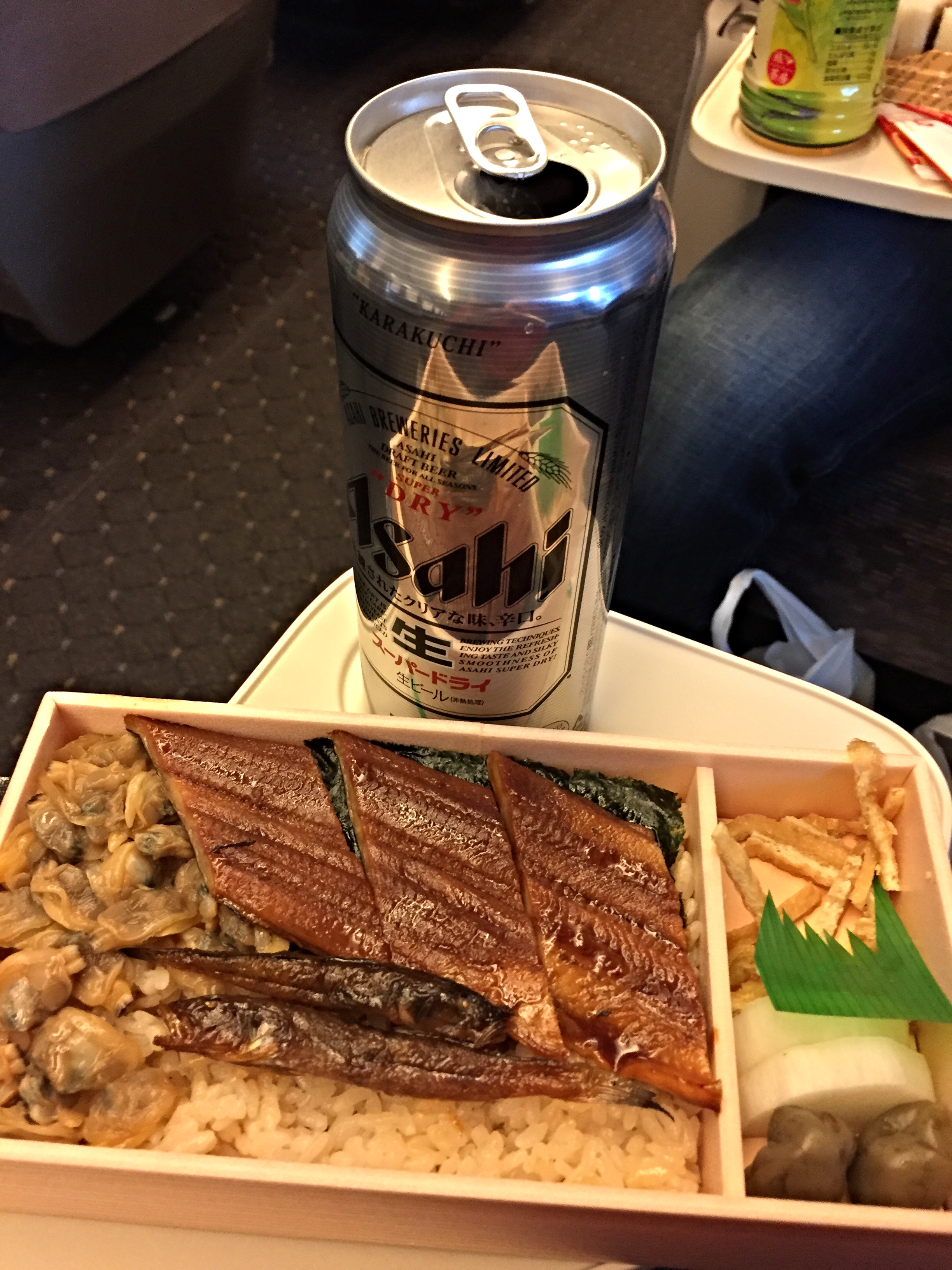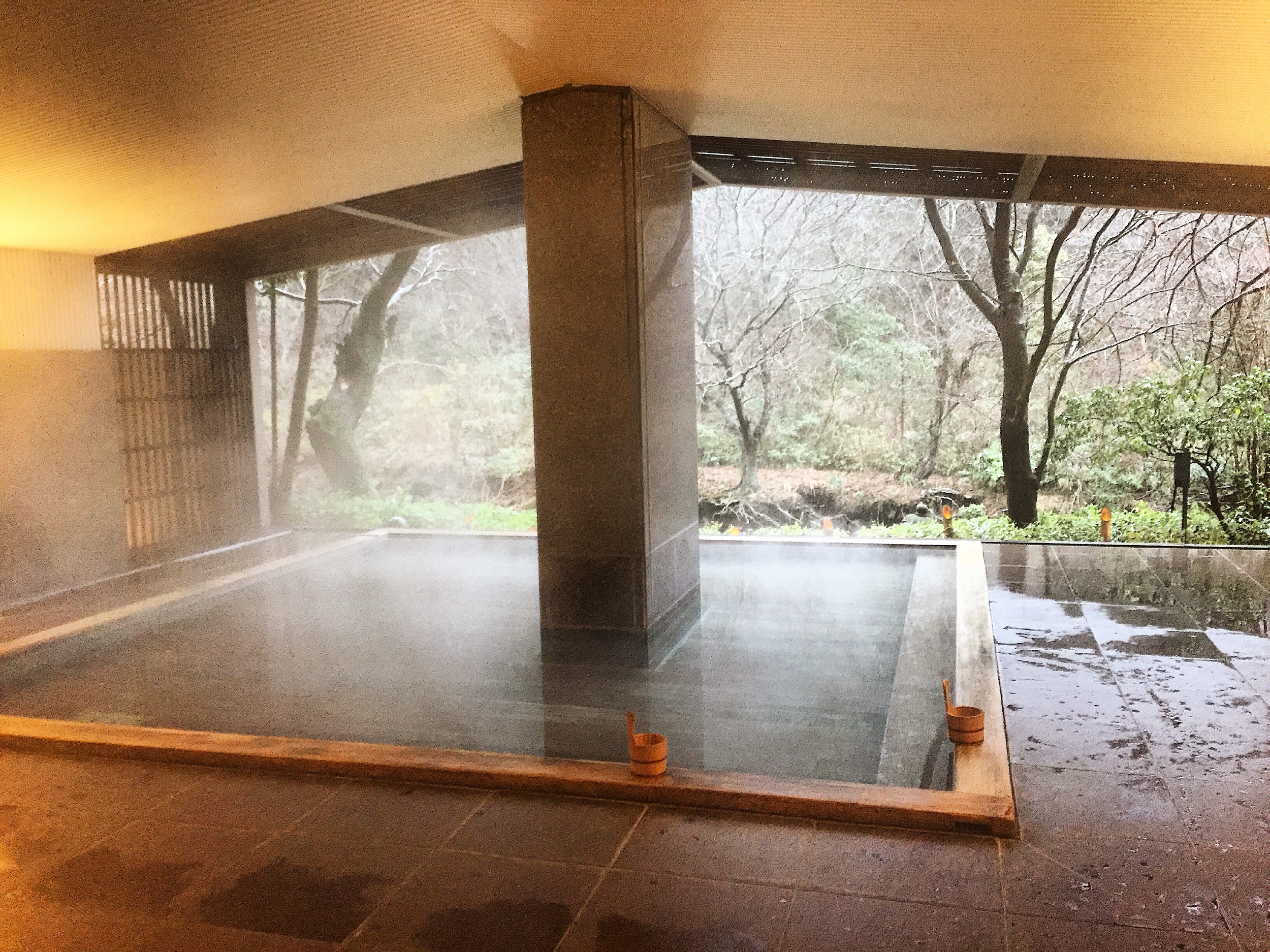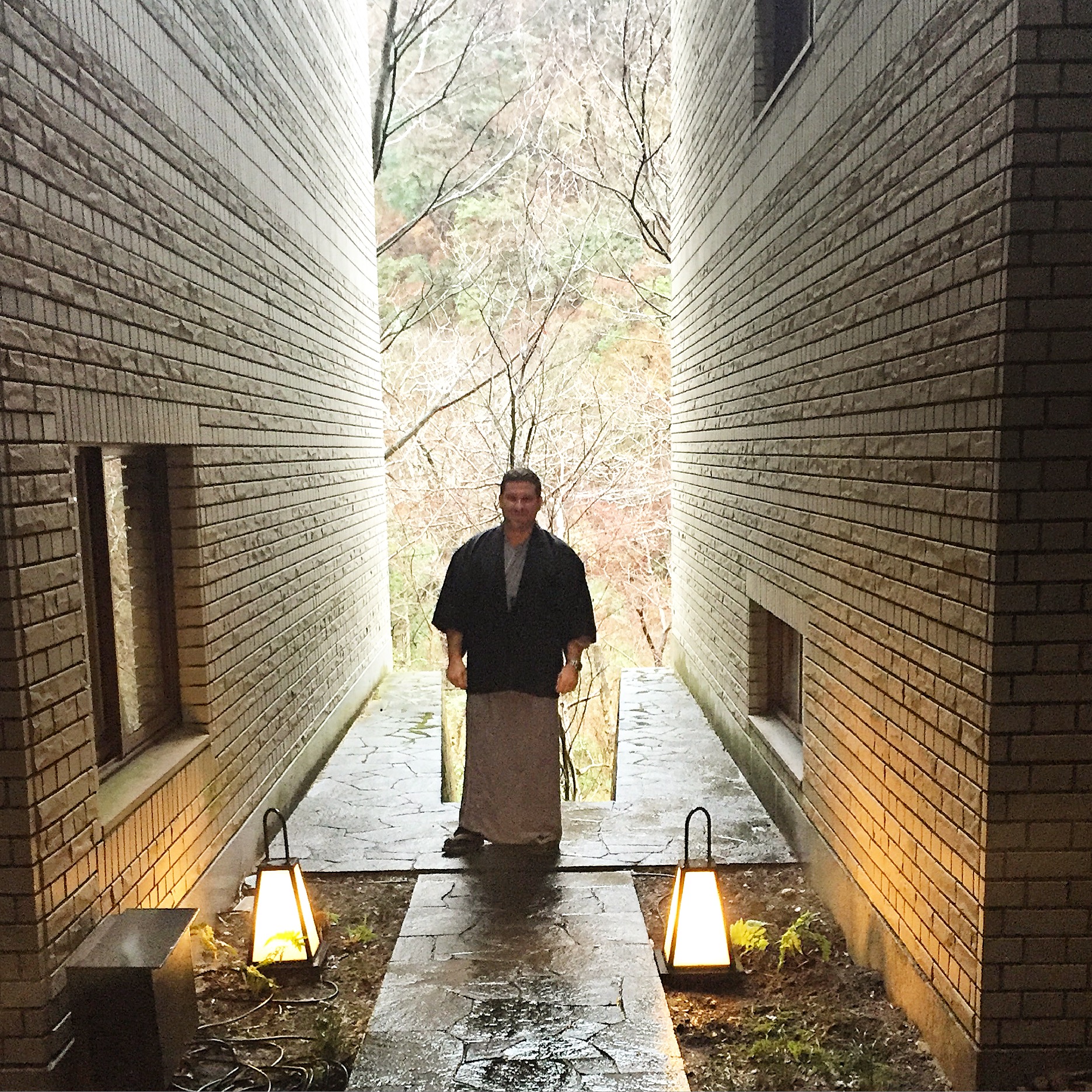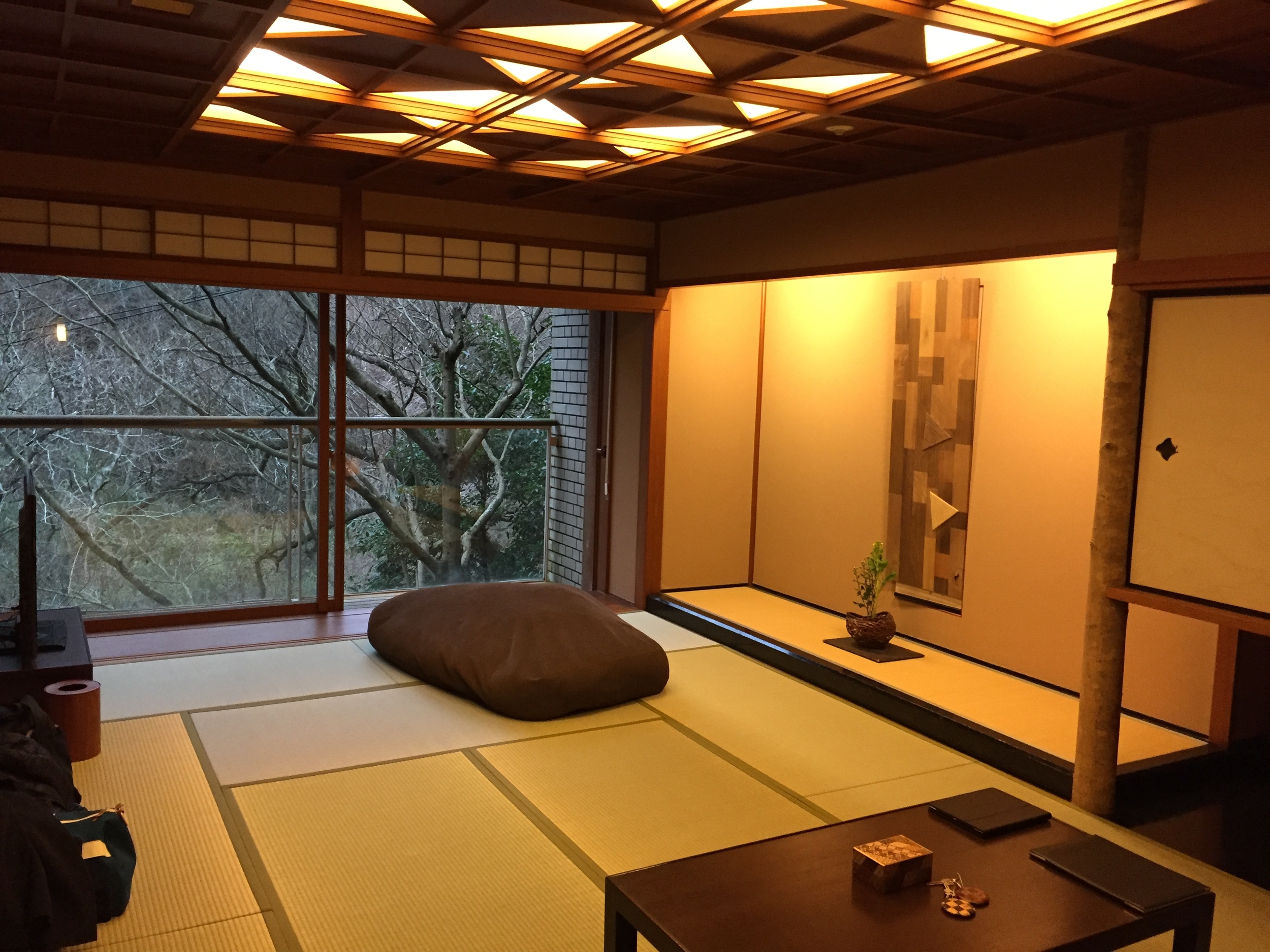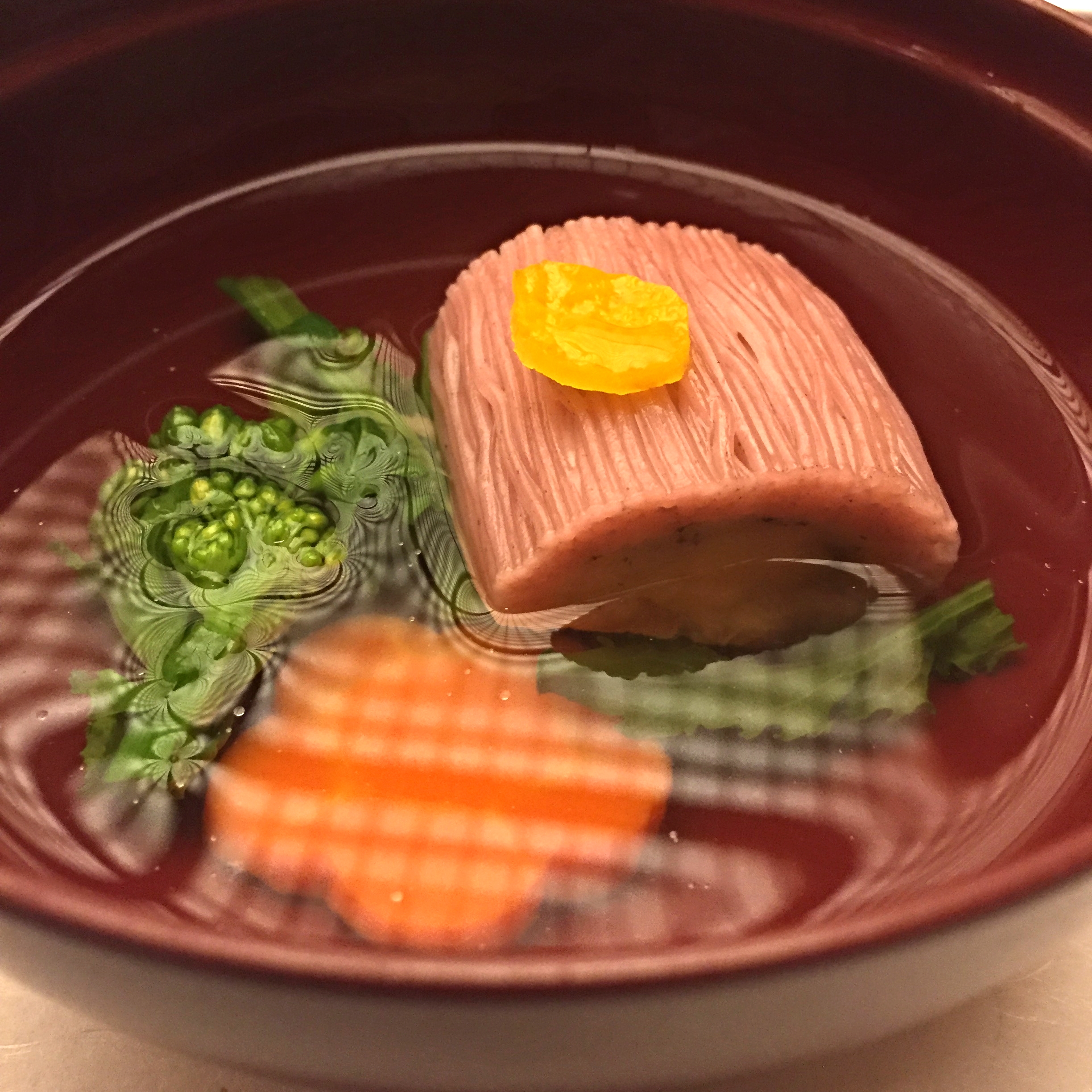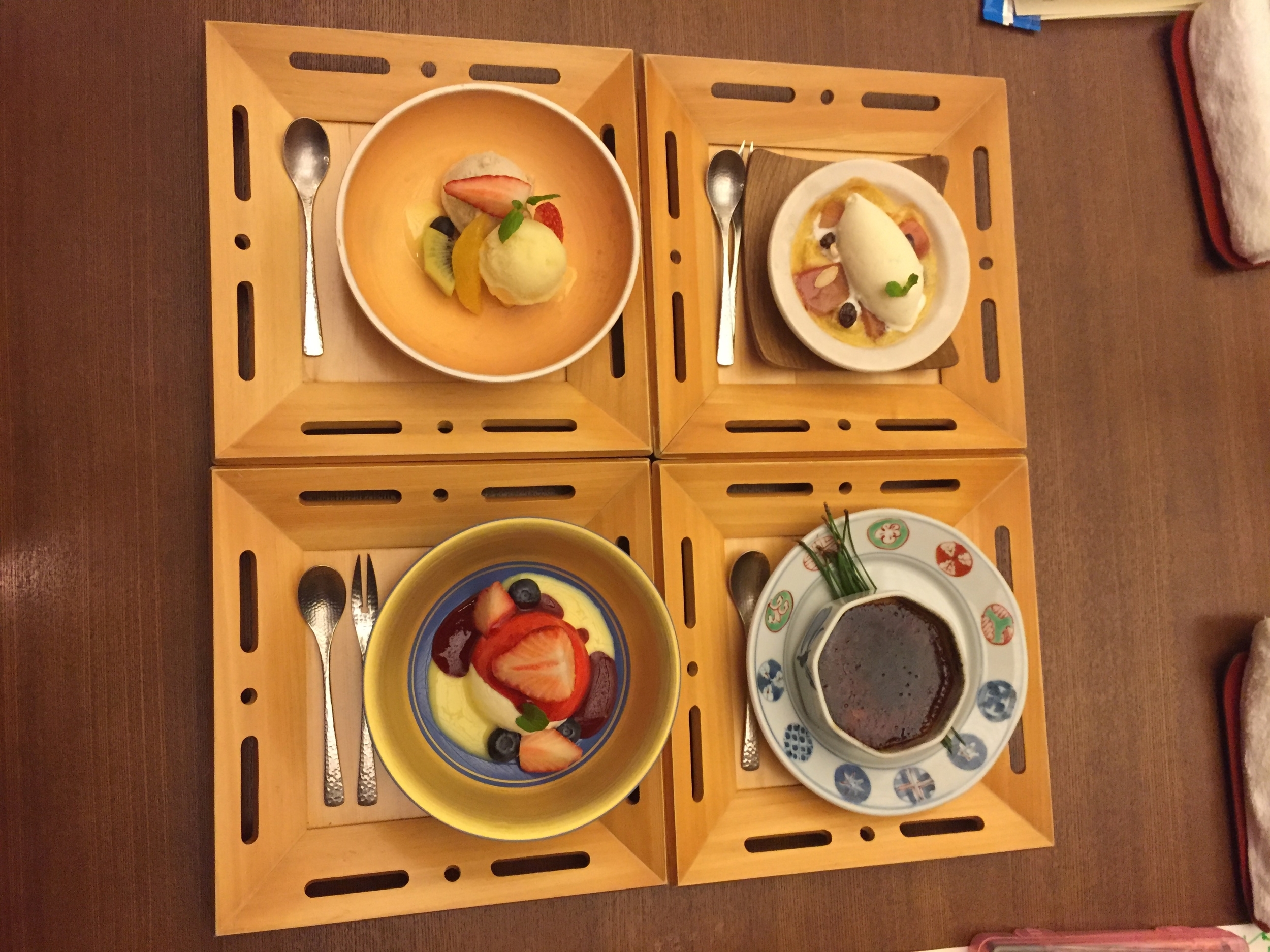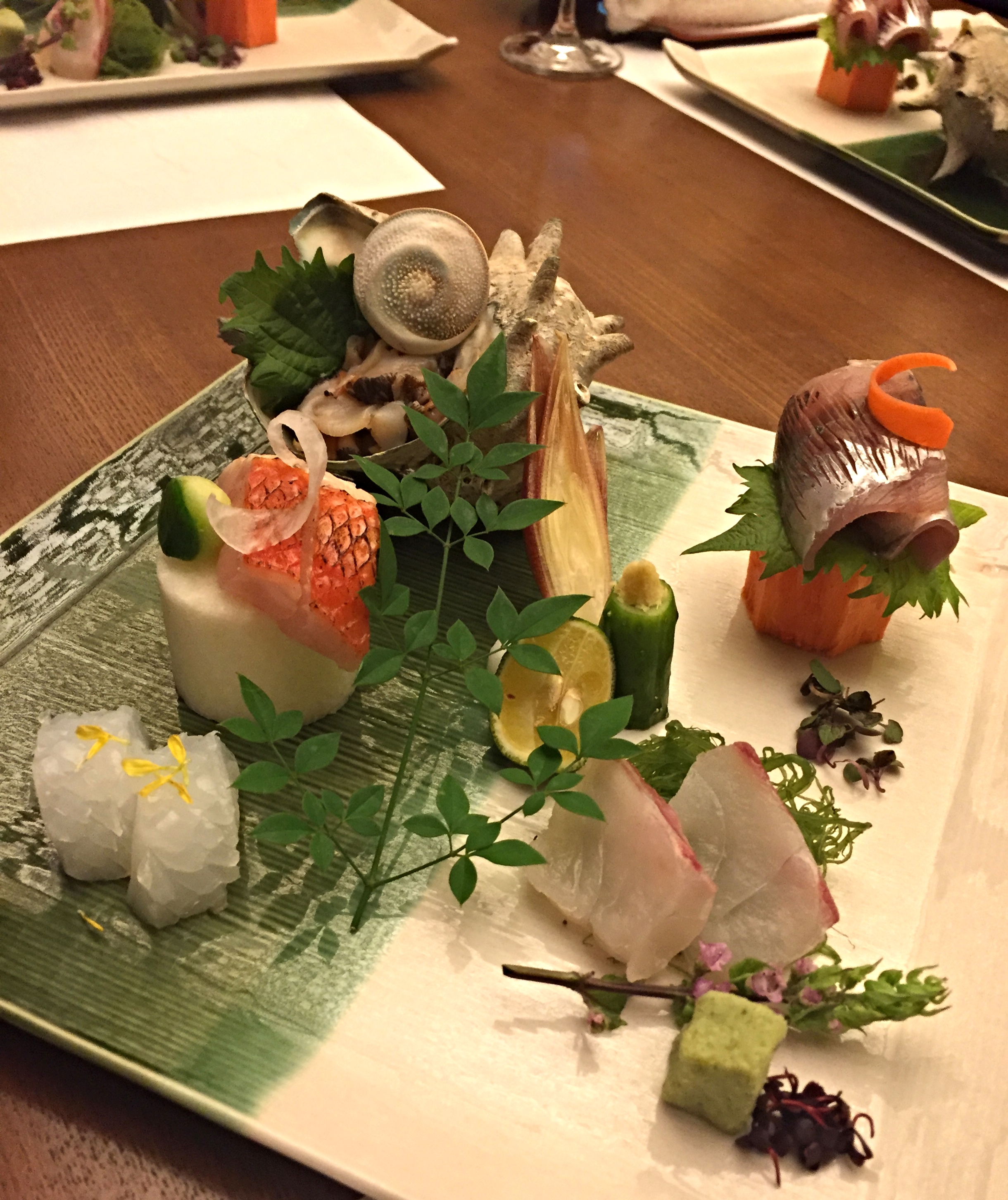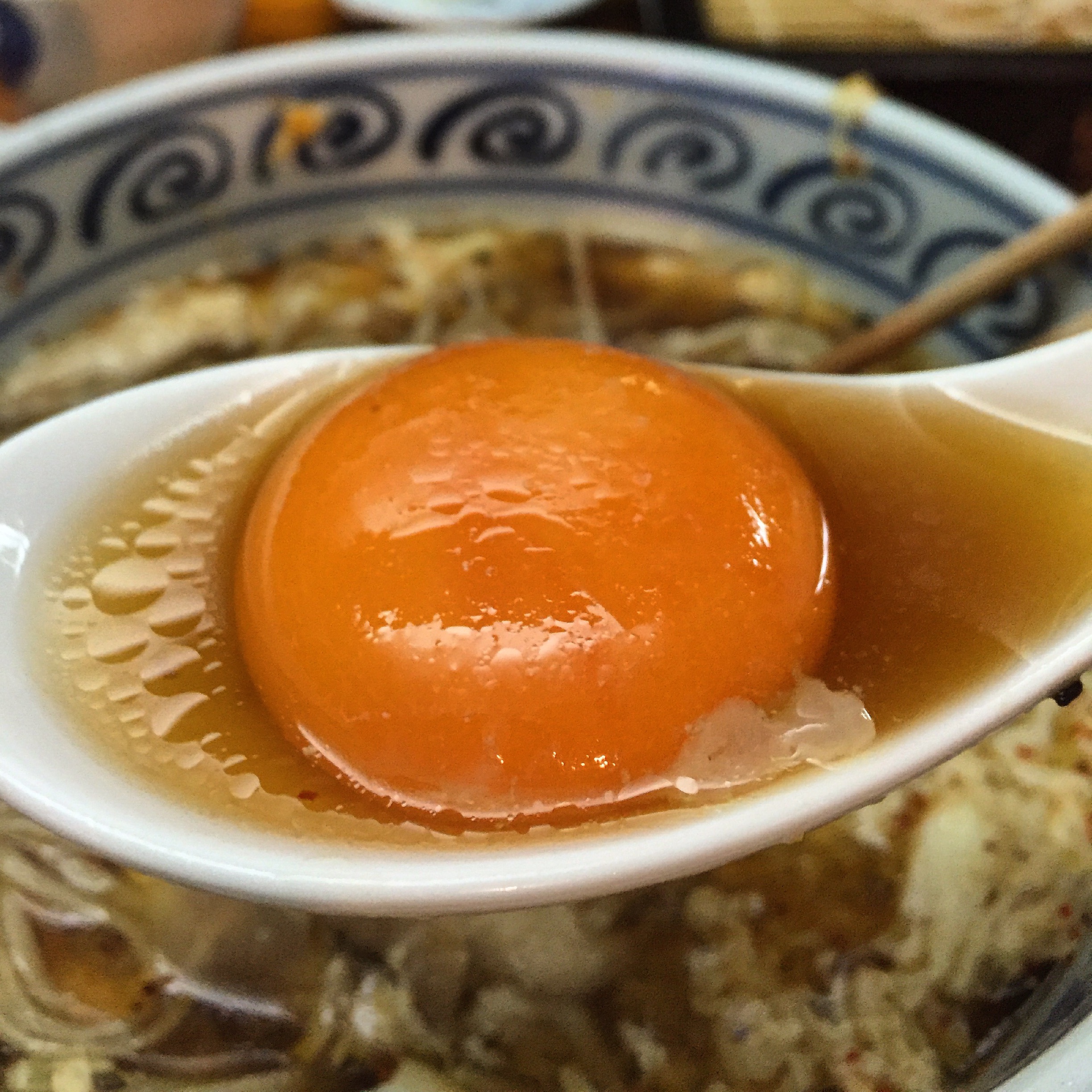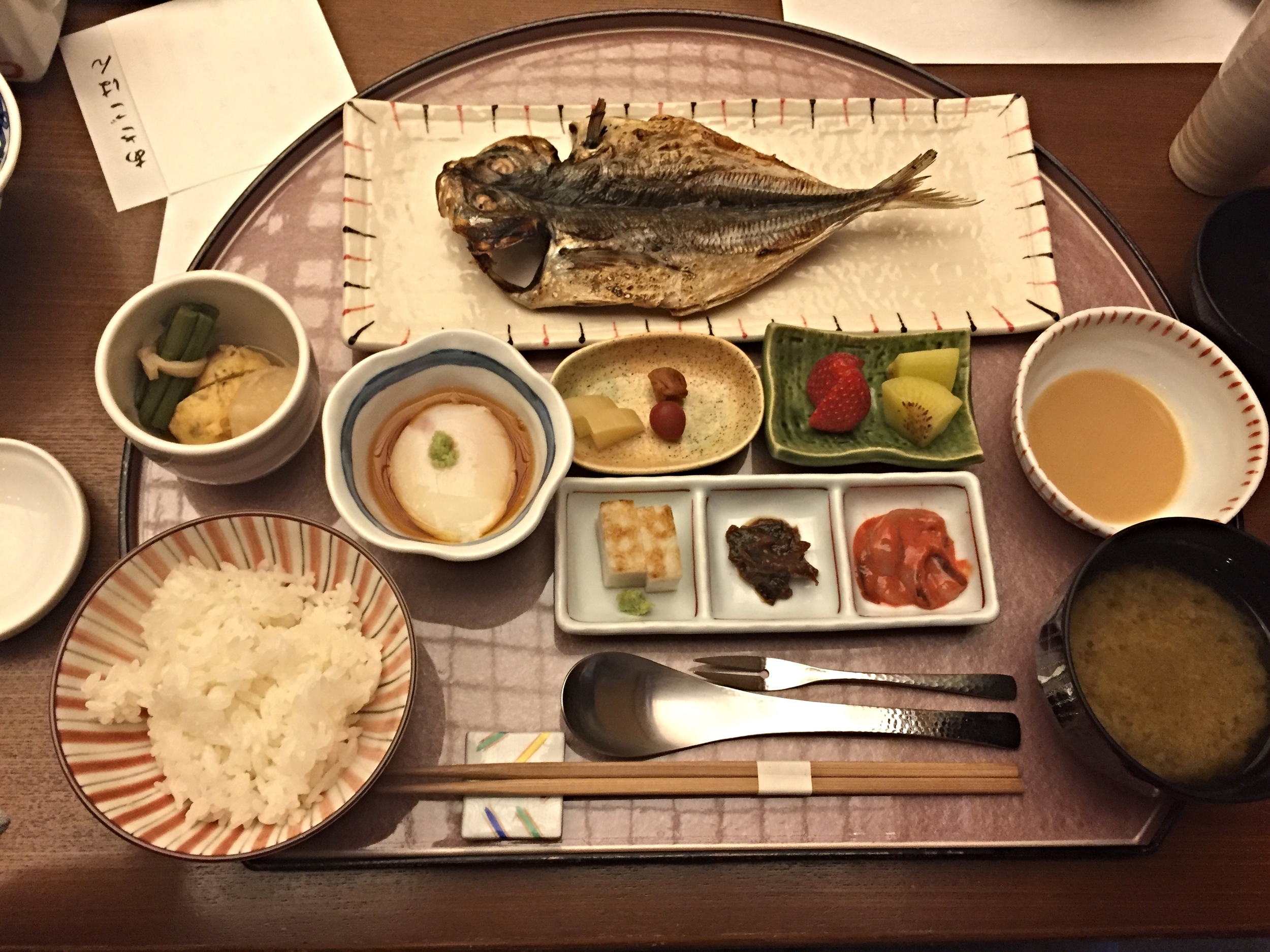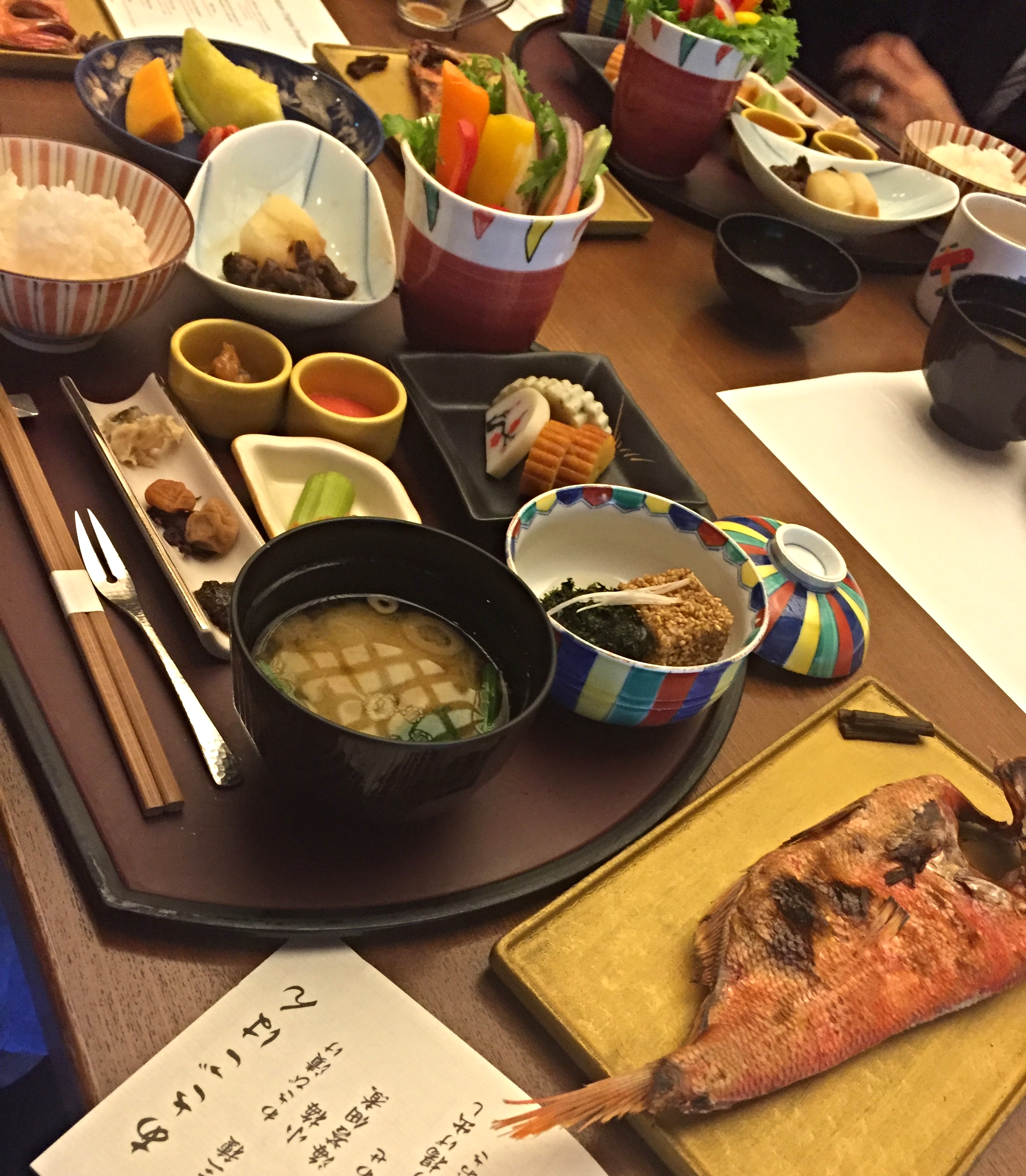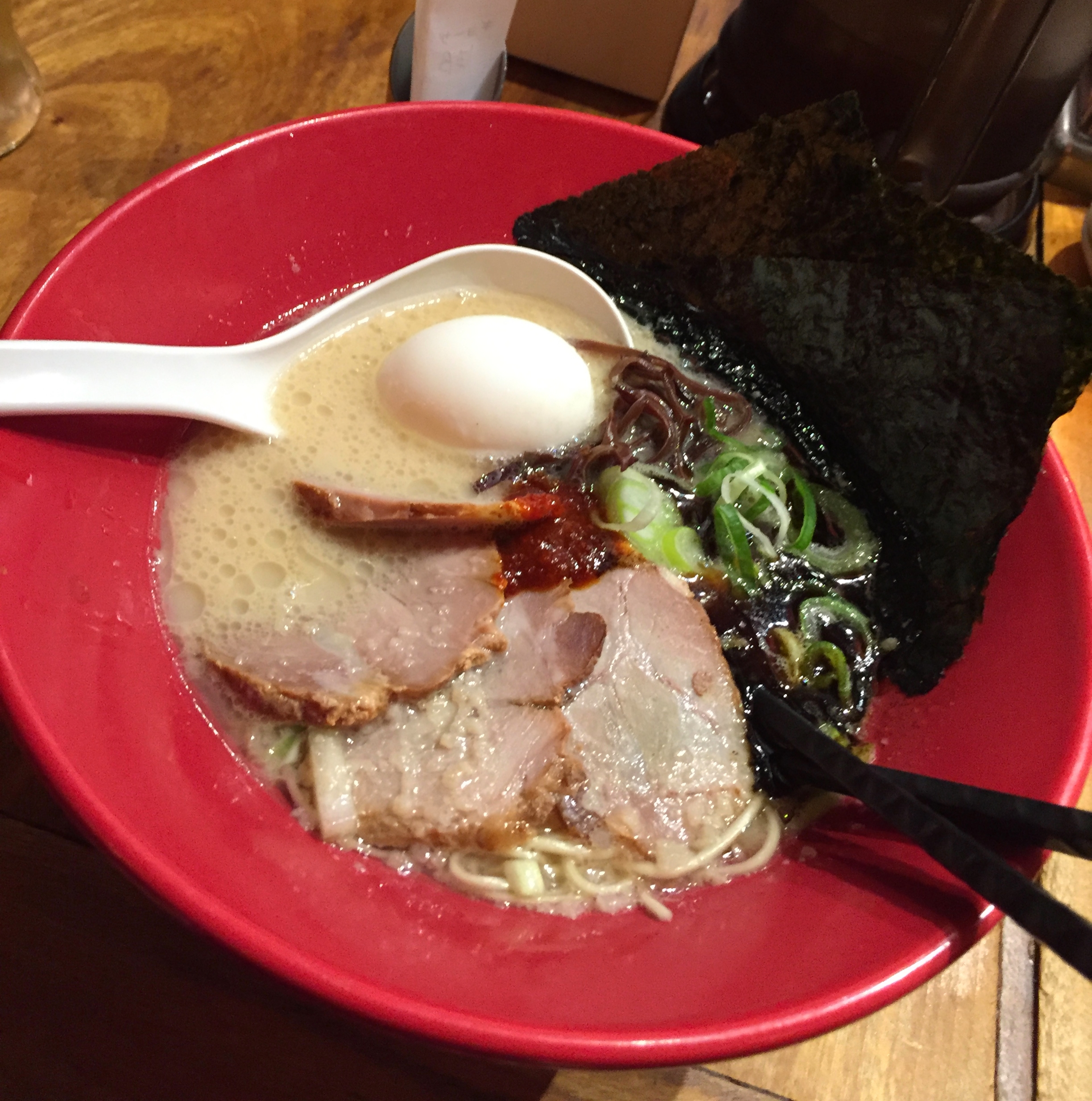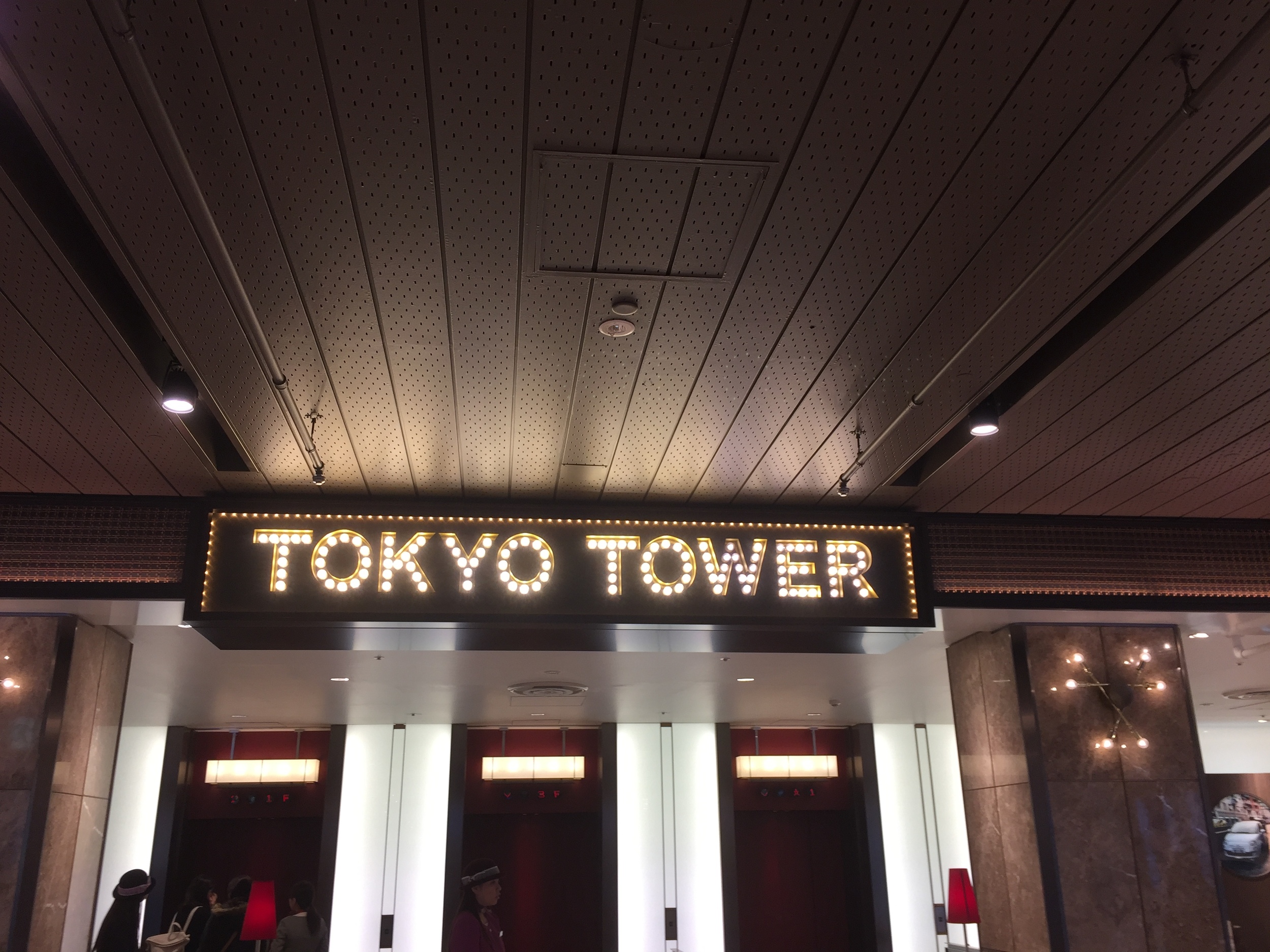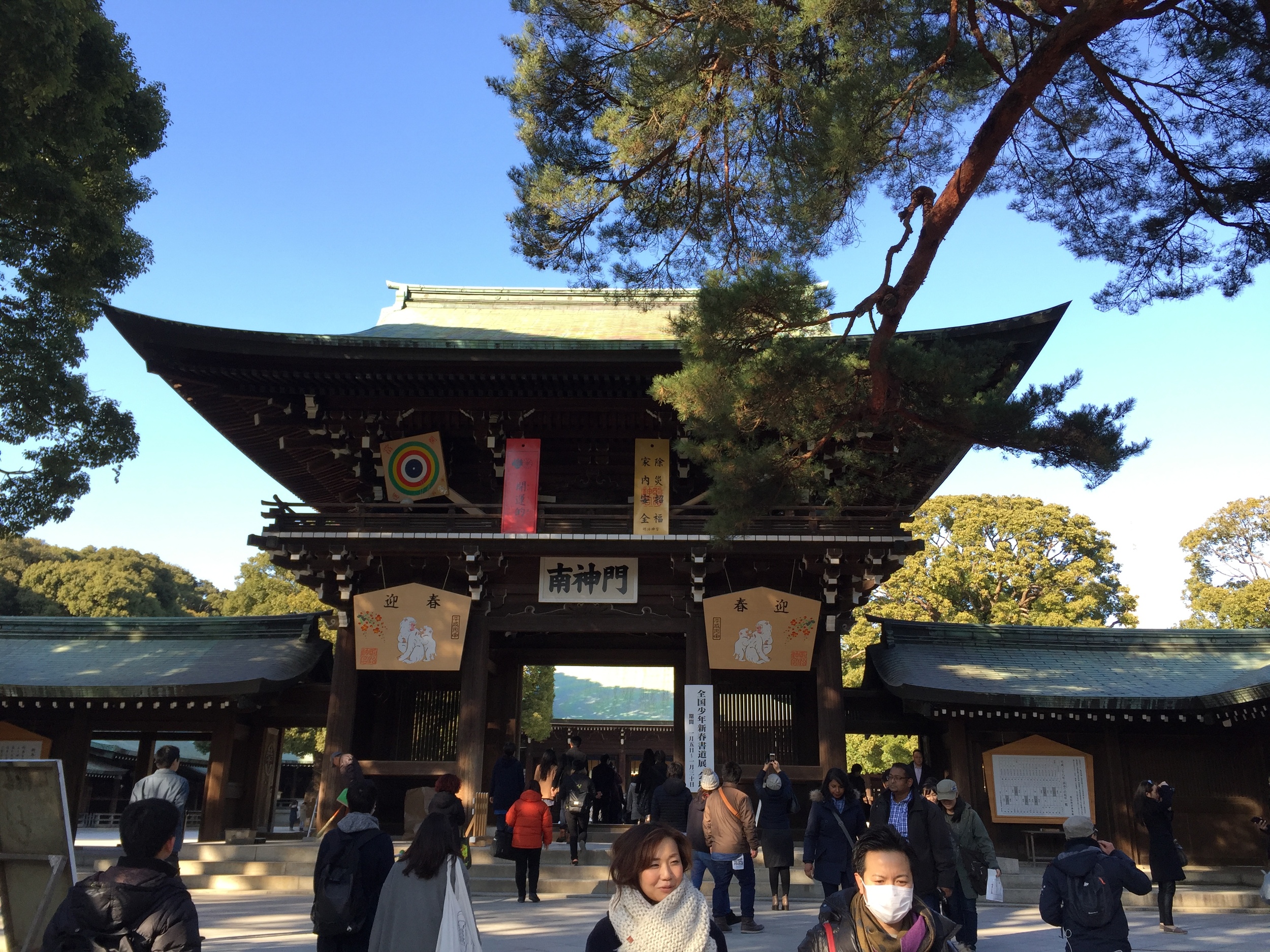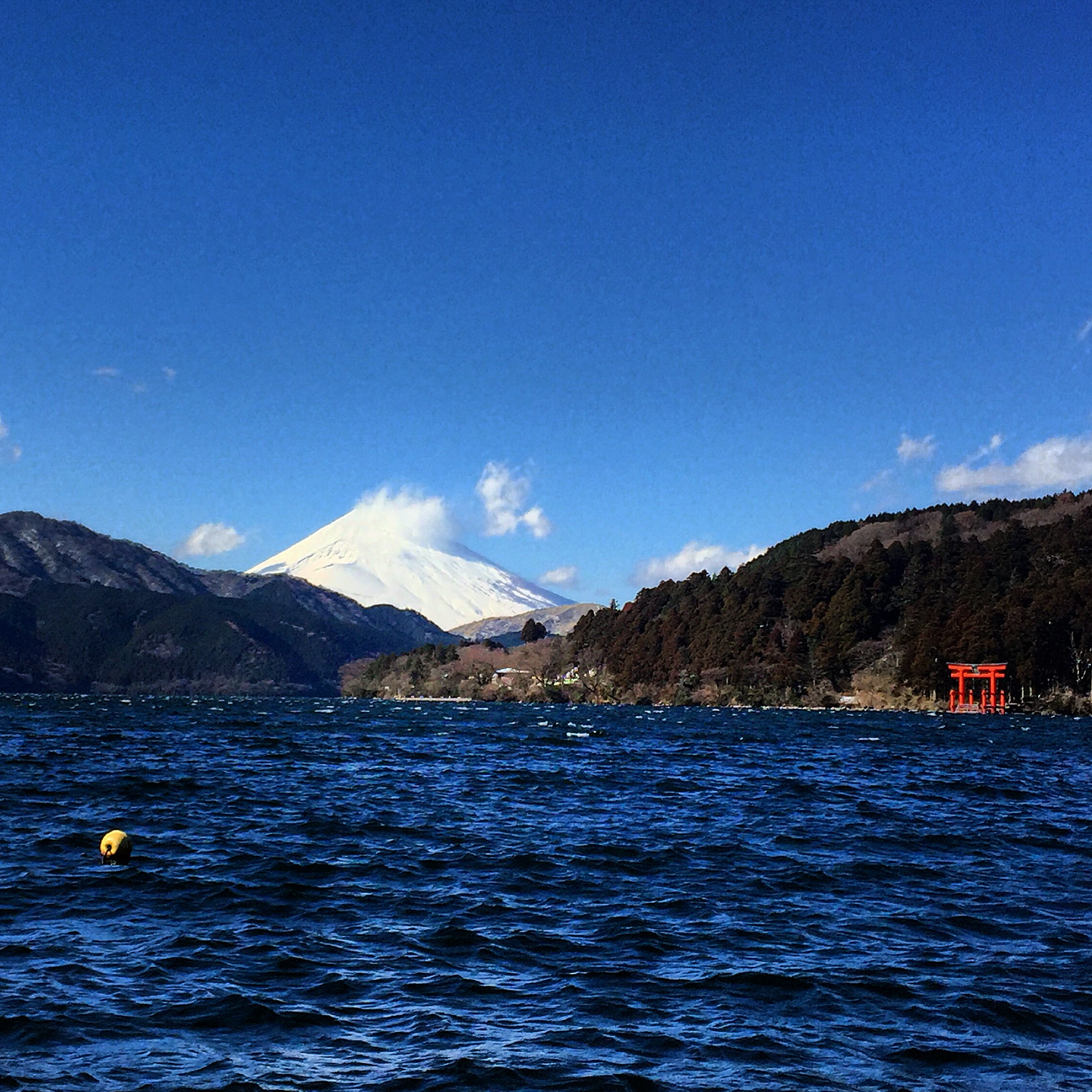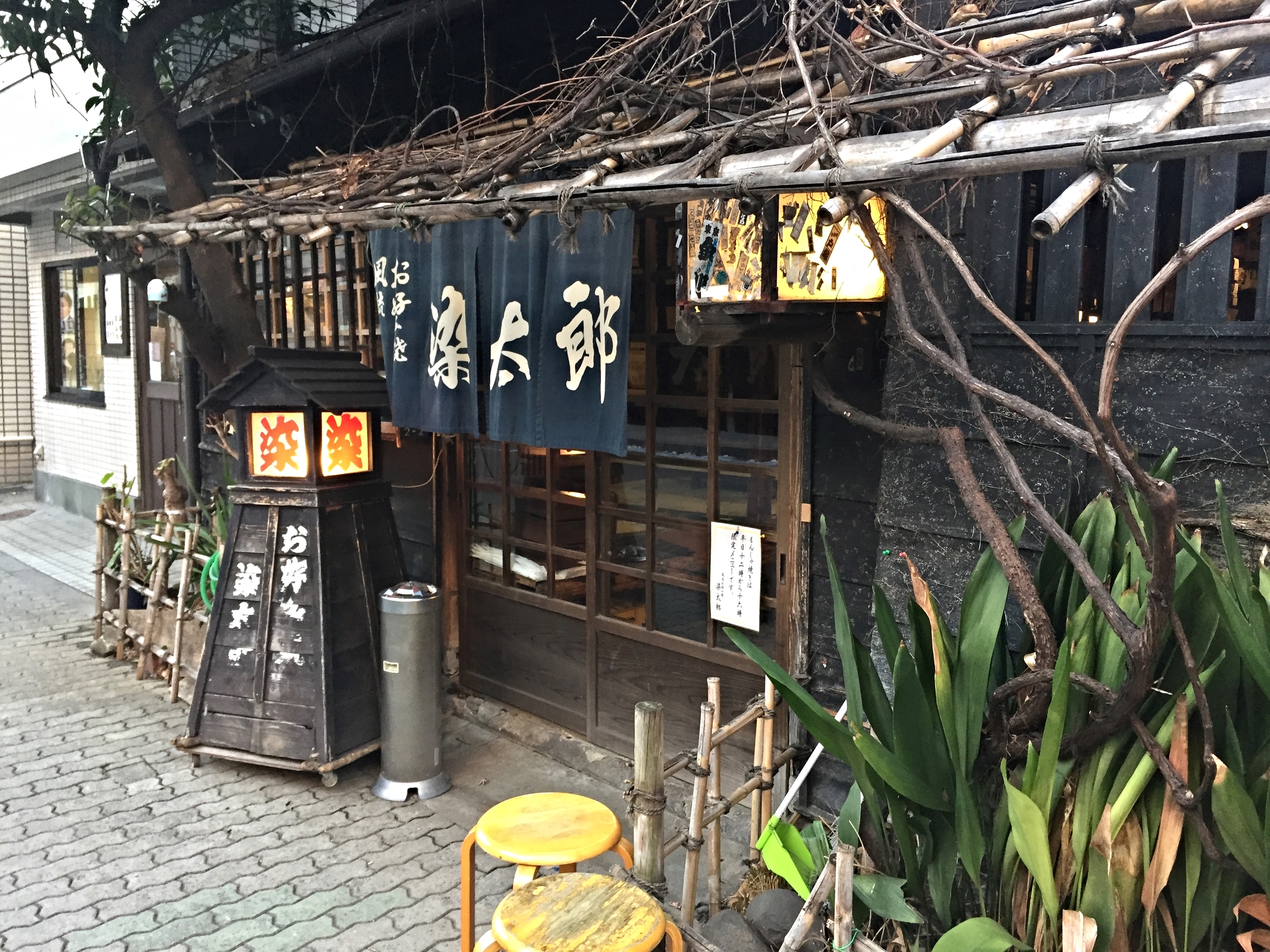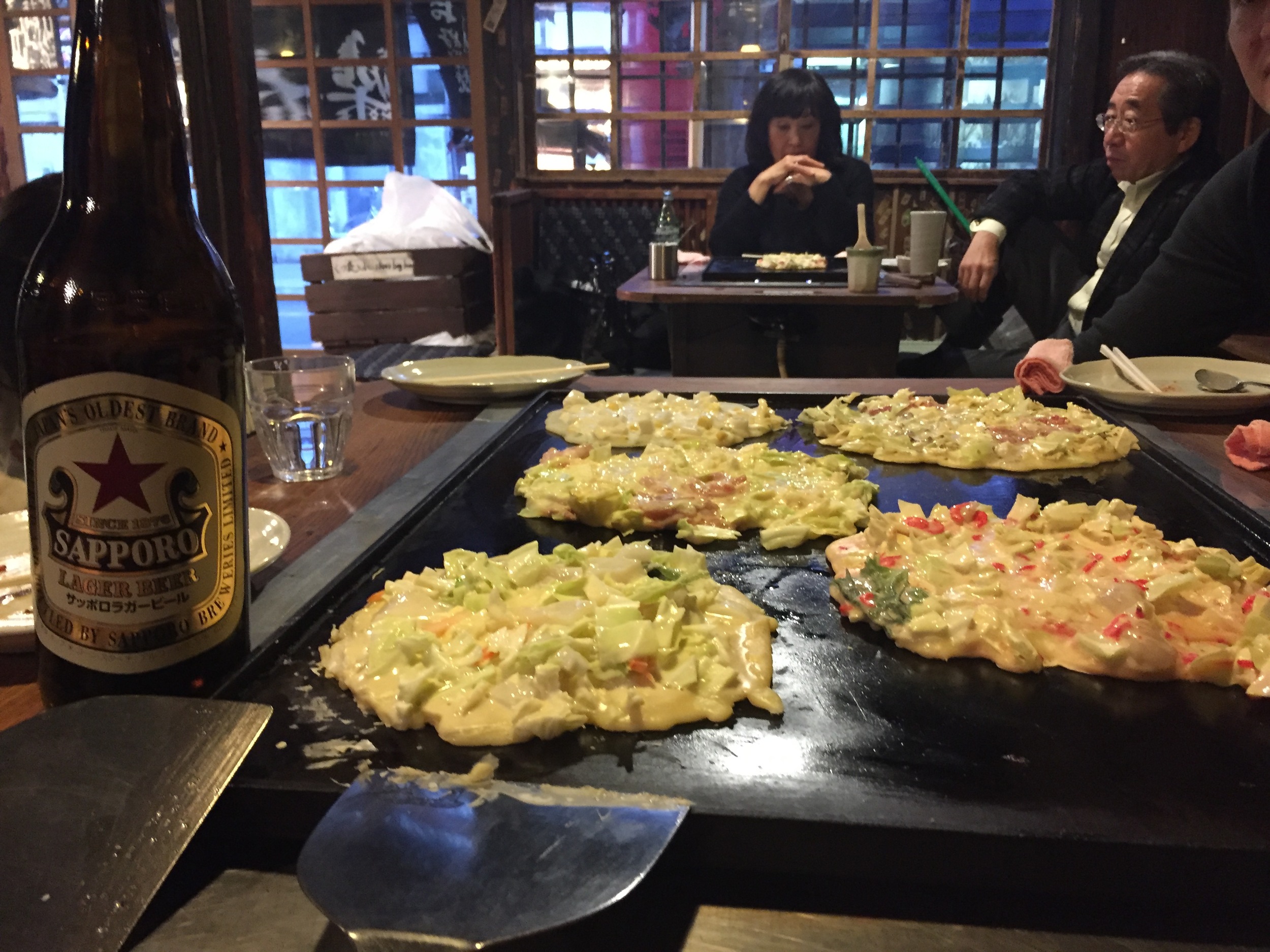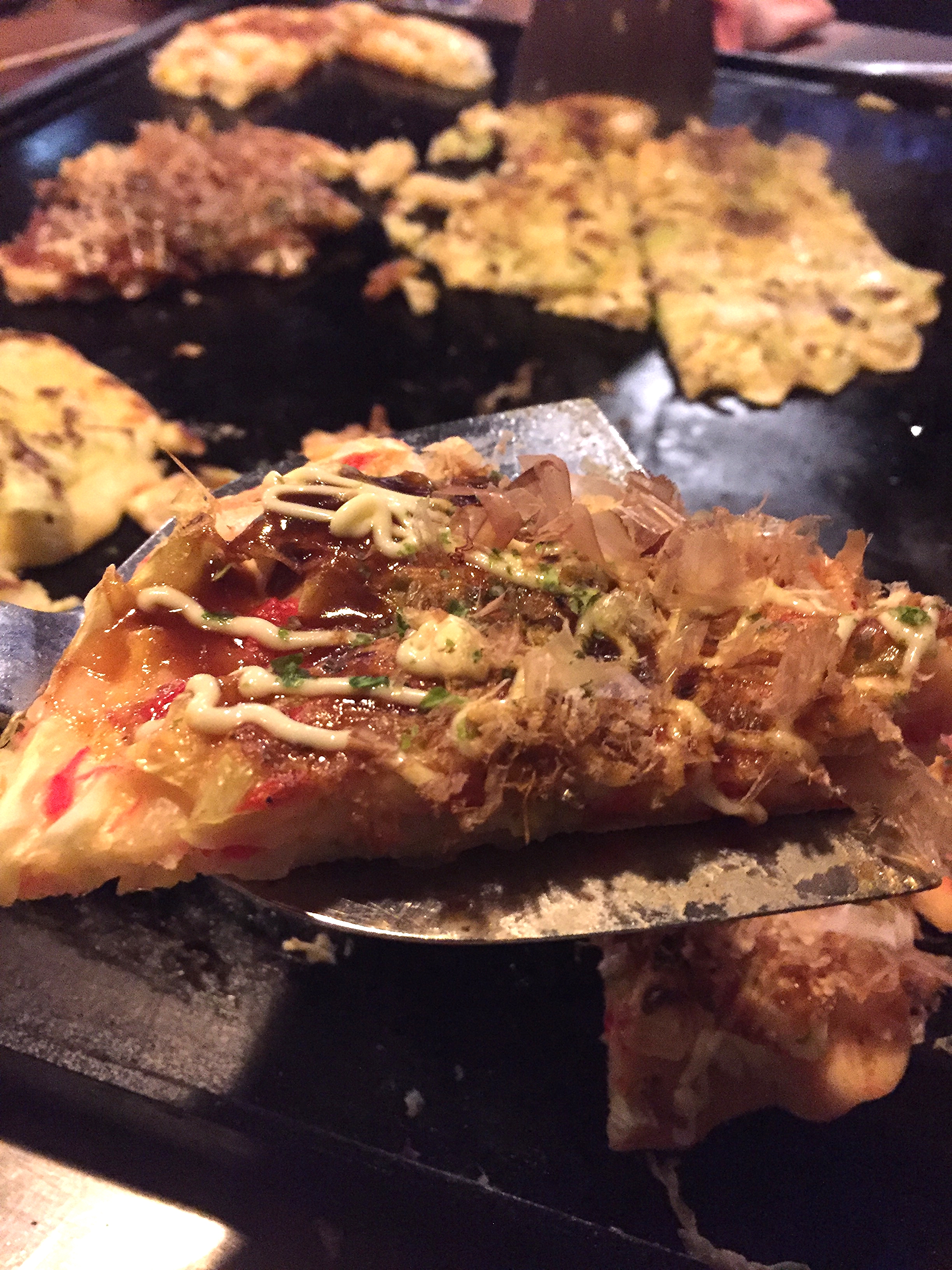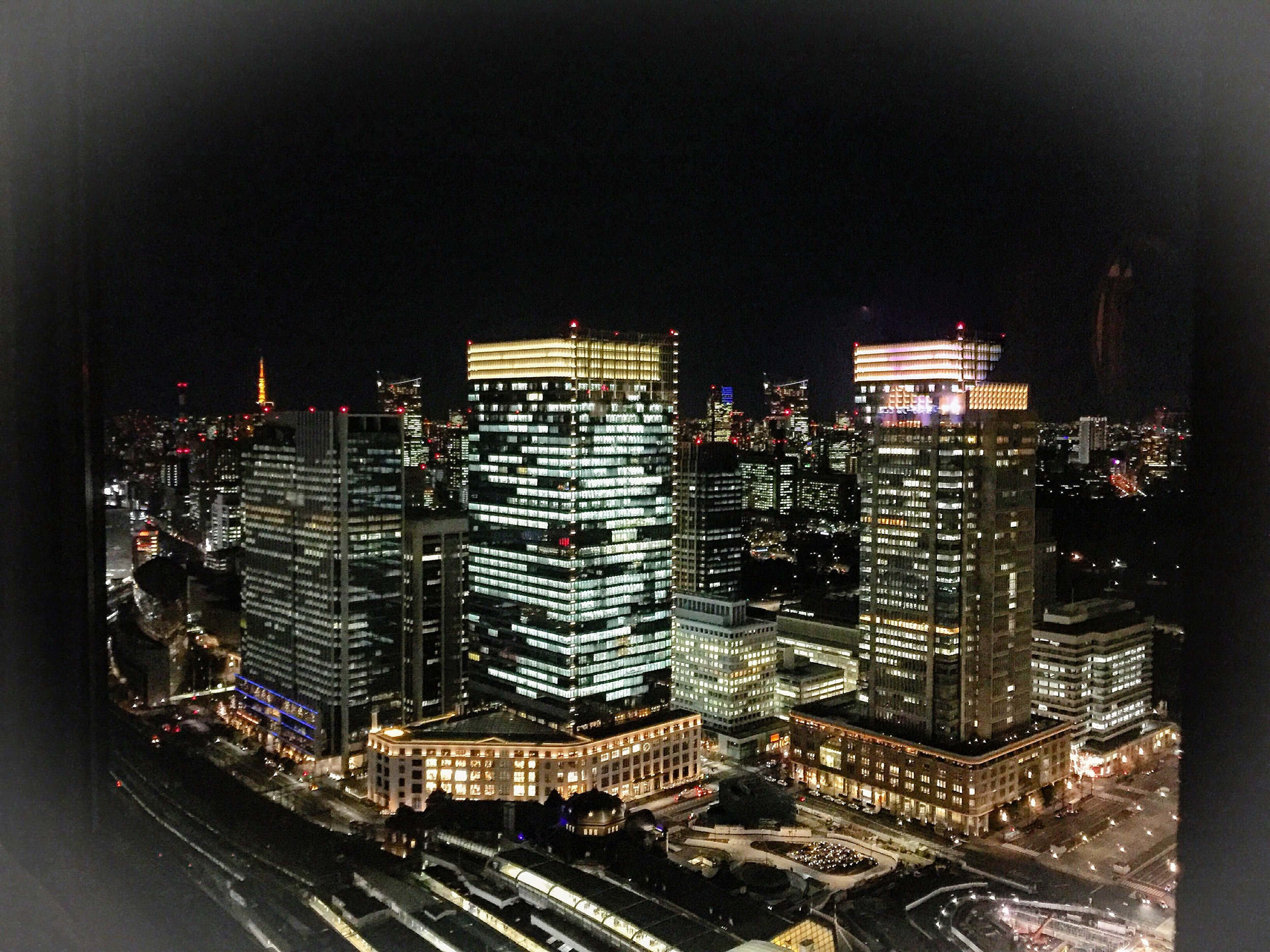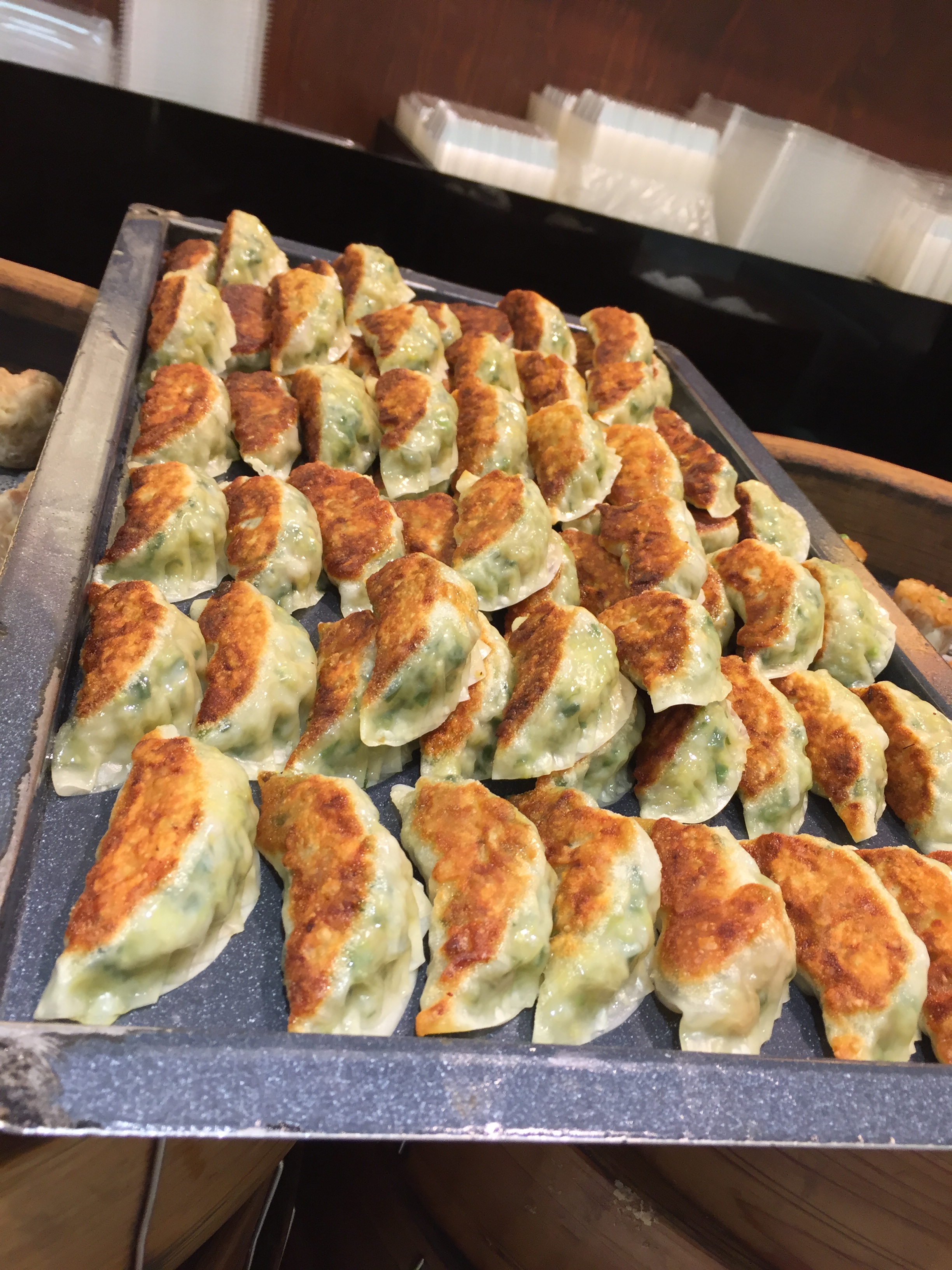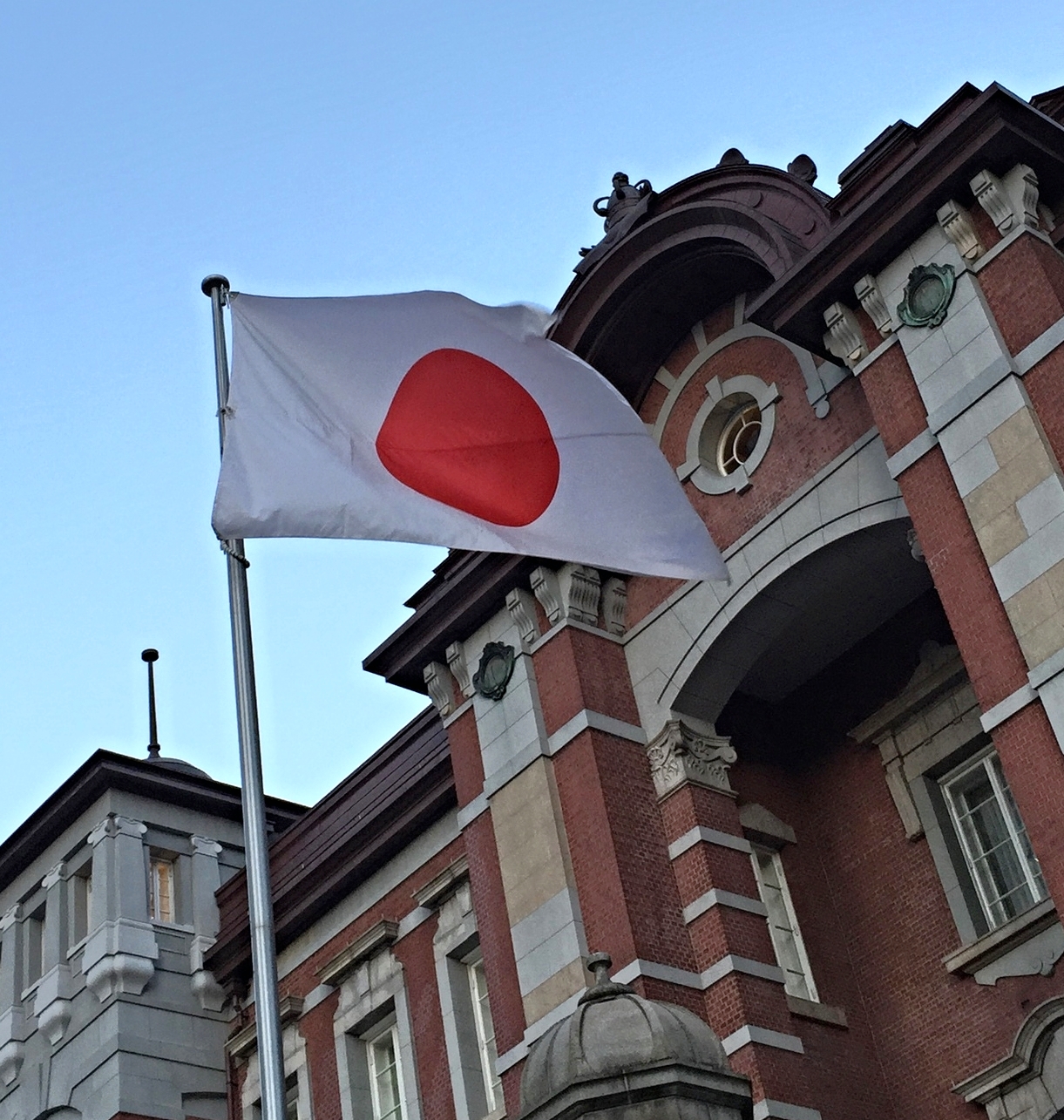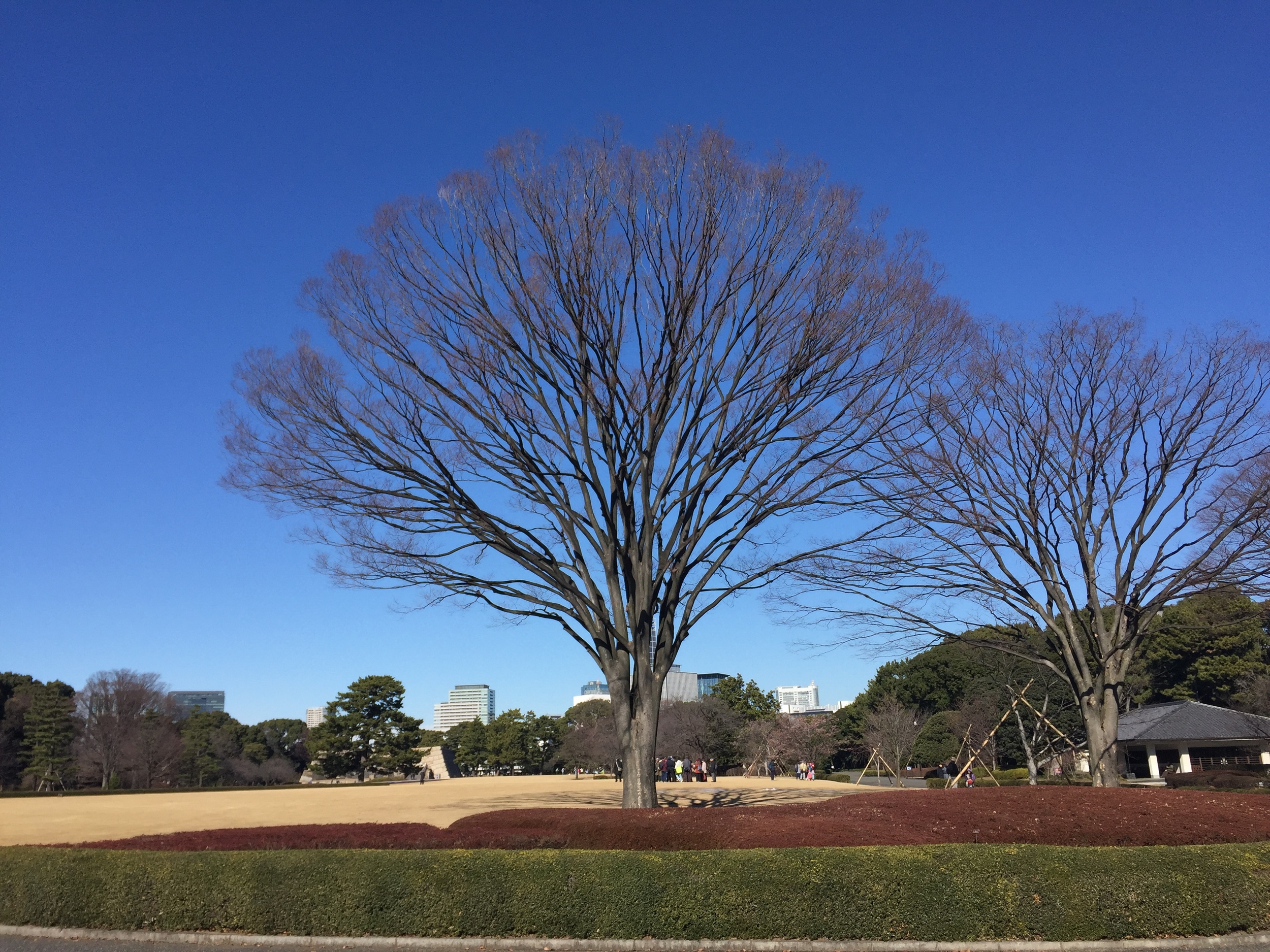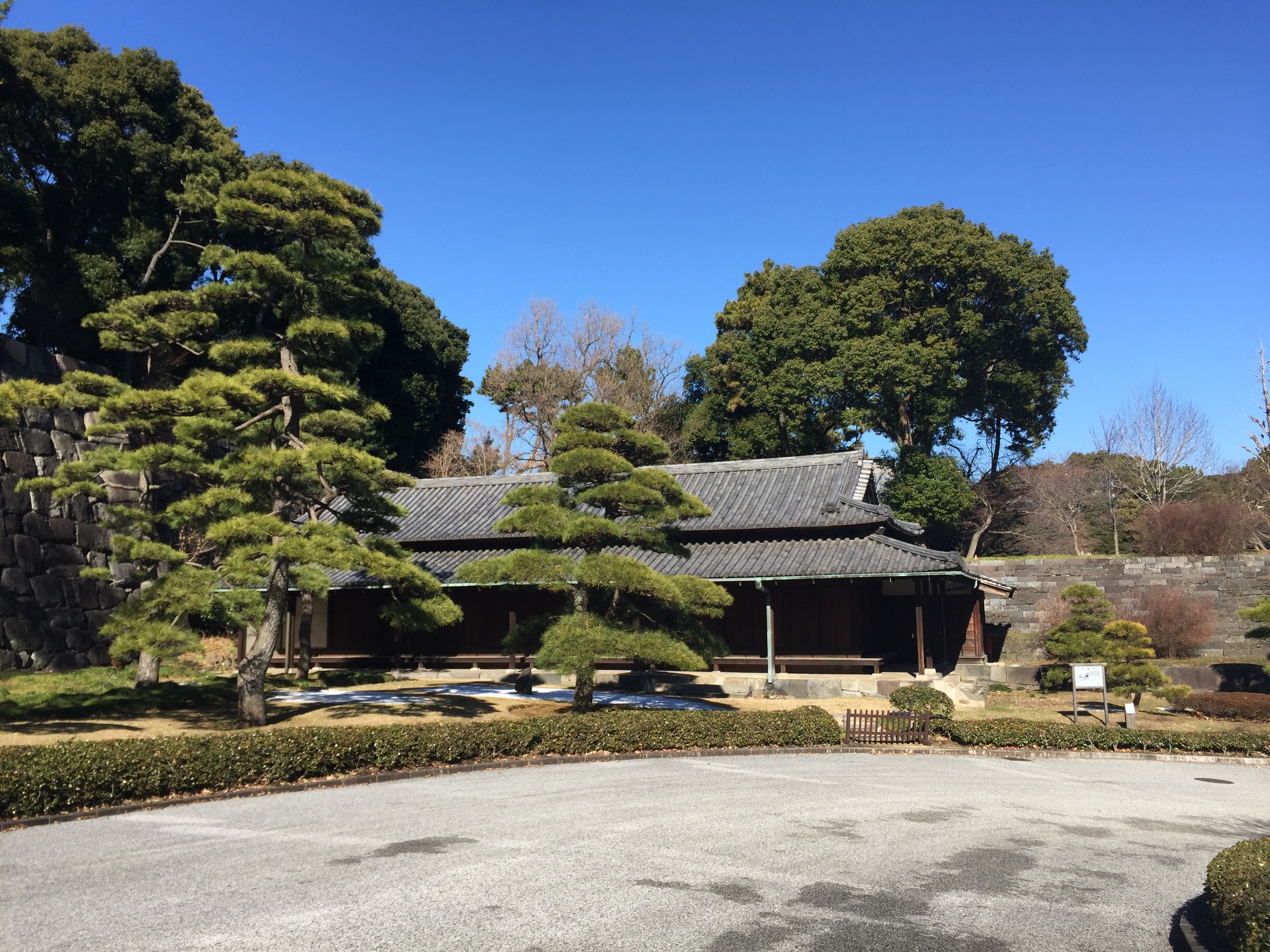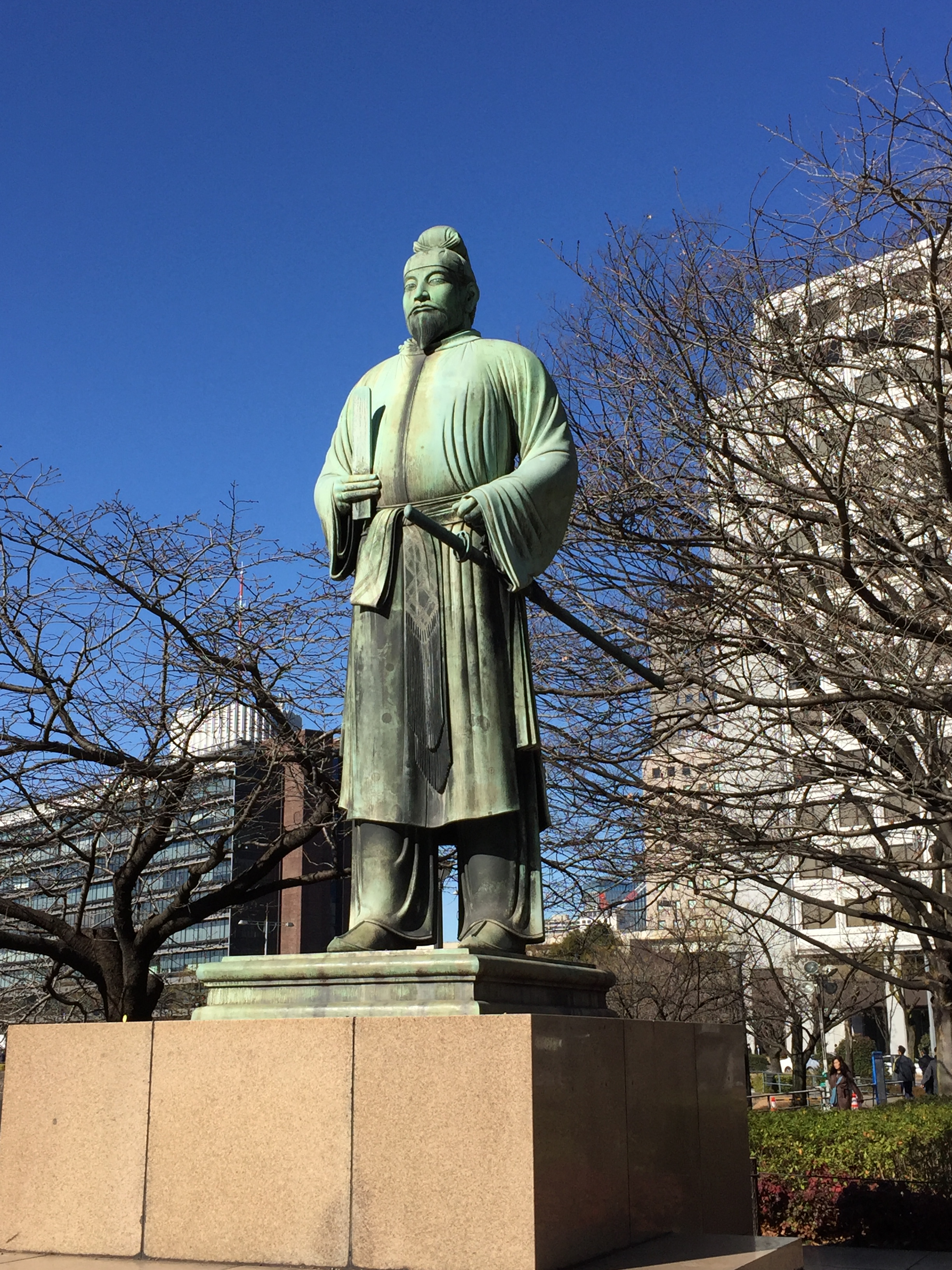I figured there was no better way to start off 2016 than with fulfilling a bucket list culinary trip to Japan with two of my closest chef friends: Tiffany Derry from Dallas, Texas and Amornat Fukuda, originally from Thailand, but long time New York City restaurateur.
I was so happy to be able to see the Japanese culture first hand; it’s like no other I’ve ever experienced in the world. It’s very apparent that the Japanese traditions run deep in everyday life. All the Japanese locals that I encountered had the upmost respect for not only their craft, but for one another, their land and foreigners as well. Originally I thought this trip would most influence my culinary repertoire, but ended up opening a new appreciation for not only food, but their very structured way of life.
This ten day journey started in Tokyo with a late dinner at the Michelin starred Ginza Sushikoh where we were quickly jolted into understanding the extreme quality and precision of sushi in Japan. Even after not being able to sleep on a 14 hour flight, bite after bite had our eyes wide open. I’ve always explained excellent sushi as something being so simple, but extremely complicated. Japanese cooking is a prime example of less is more and quality over quantity with ingredients. With the right amount of money, anyone could buy this quality of seafood, but few restaurants in the world can execute the techniques needed to make these perfect bites.
After we gathered our thoughts from a mind blowing first dinner, we checked into Toyko’s 5 star, 5 diamond hotel, Shangri La. Early in my career, I was a chef tournant at New York’s Four Season Hotel, which is also 5 star, 5 diamond, but I have to be honest, the Japanese hospitality was overwhelming and a step above Western hotels.
I’d have to say usually breakfast is not one of the most memorable meal periods of the day while on vacation. In Japan, it was quite the contrary. The traditional Japanese breakfast box and buffet at each hotel was a very enjoyable and unique way to start the day with super fresh local fish, soup, an array of pickles and much more.
We spent our days wandering around and exploring Tokyo, and of course eating along the way. Just a couple of the tourist destinations visited was the Tokyo Tower, the very zen walk through Meiji Shrine and an afternoon jog around the Tokyo Imperial Palace.
The world’s largest fish market and top tourist destination in Tokyko, Tsukiji, will be one of the most memorable culinary experiences of my life. The market sells over 400 species of pristine quality fish daily, employs between 60,000-65,000 people and grosses $6 billion dollars annually. The Tsukiji fish market is buzzing with energy from the motor carts whizzing past you to the master butchers breaking down tuna, this market is like no other in the world.
For two nights we headed south to Hoshino Resort KAI Hakone, a traditional Japanese hot spring resort. This resort is another testament to showing the strong traditions of the Japanese culture. There is nothing other to do here than to relax with your own thoughts. I did notice that the Japanese guests in the hotel were not used to seeing Westerners naked at the hot springs; even still they were all so very polite, but came across as shy. I would describe the food here as traditional Japanese fine dining, using the best local ingredients. It was mandatory that each time you left your room that you wear your yukata, which took a little getting used to, but was a cool experience. Hakone area is also very well known for homemade soba noodles. I highly recommend stopping in the small town for soba and on the way back to Tokyo, drive up the mountain to Lake Ashi for a breathtaking view of Mount Fuji.
Other highly recommended eateries in Tokyo include Sushi Ko Honten, Sometaro for okonomiyaki, Ippudo Tokyo (much better than New York Ippudo!), Kani-Douraku for the freshest crab you’ll ever experience, cocktails at Bar Gen Yamamoto, and for my number one sushi experience in Japan, Kyubei Sushi in Ginza.

